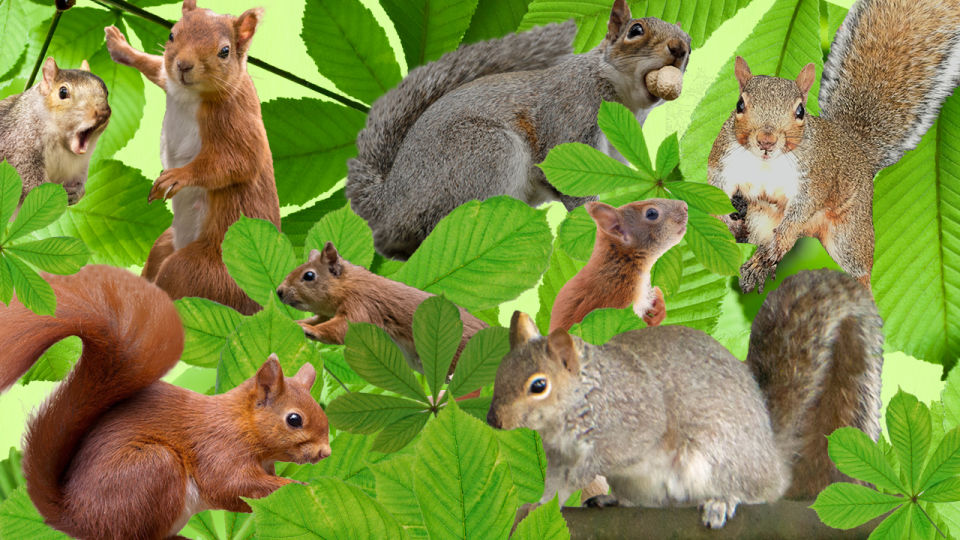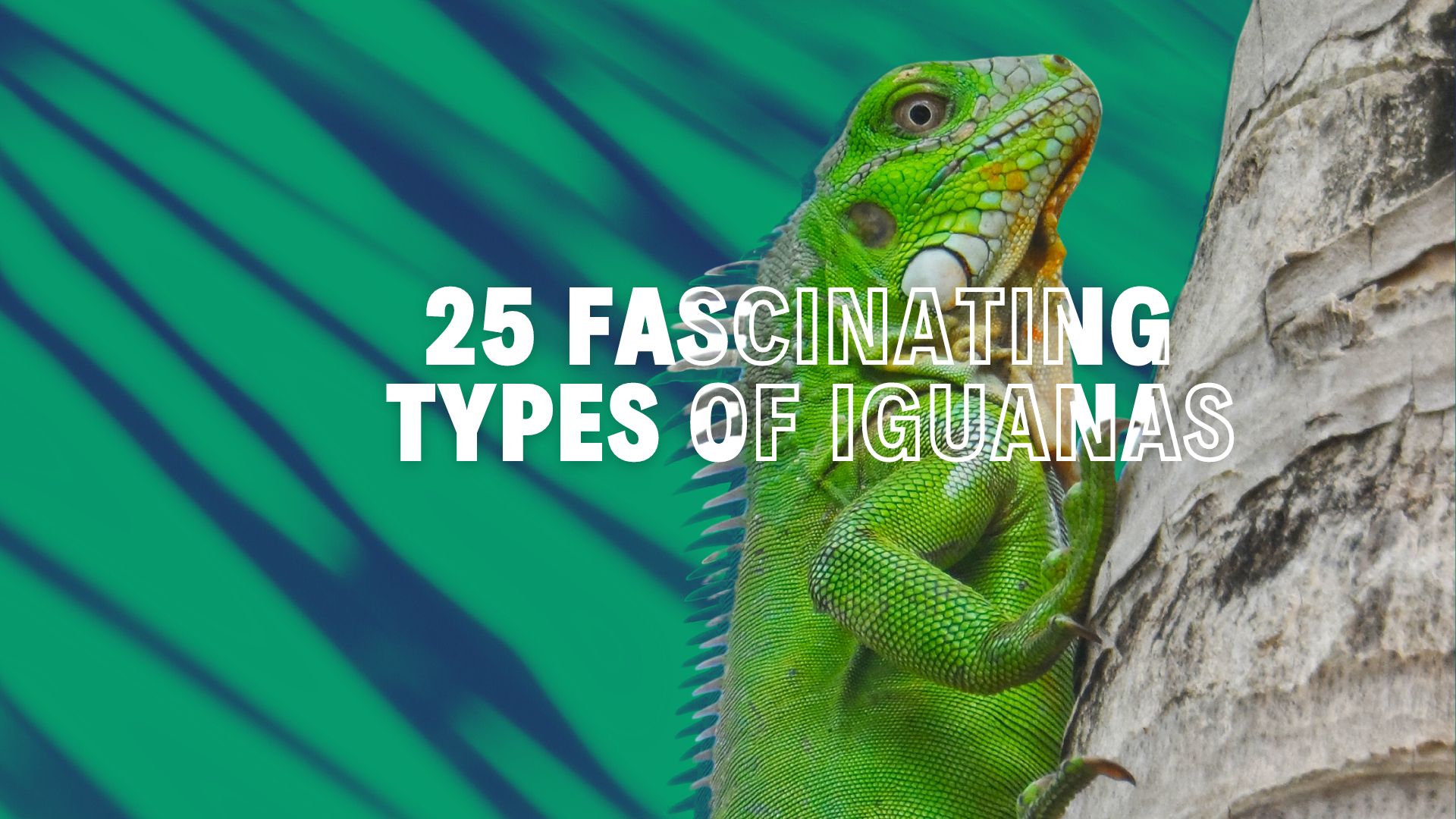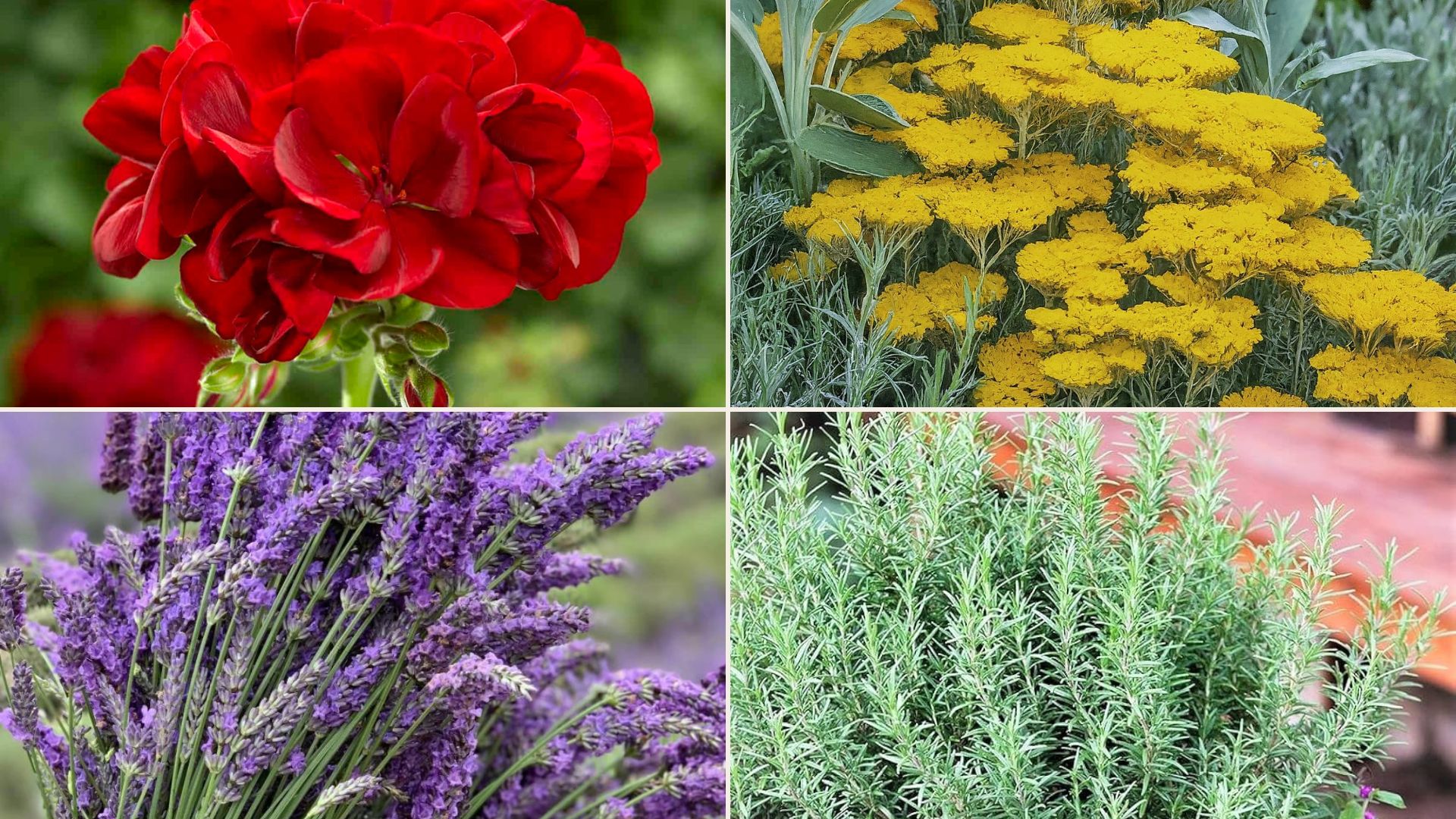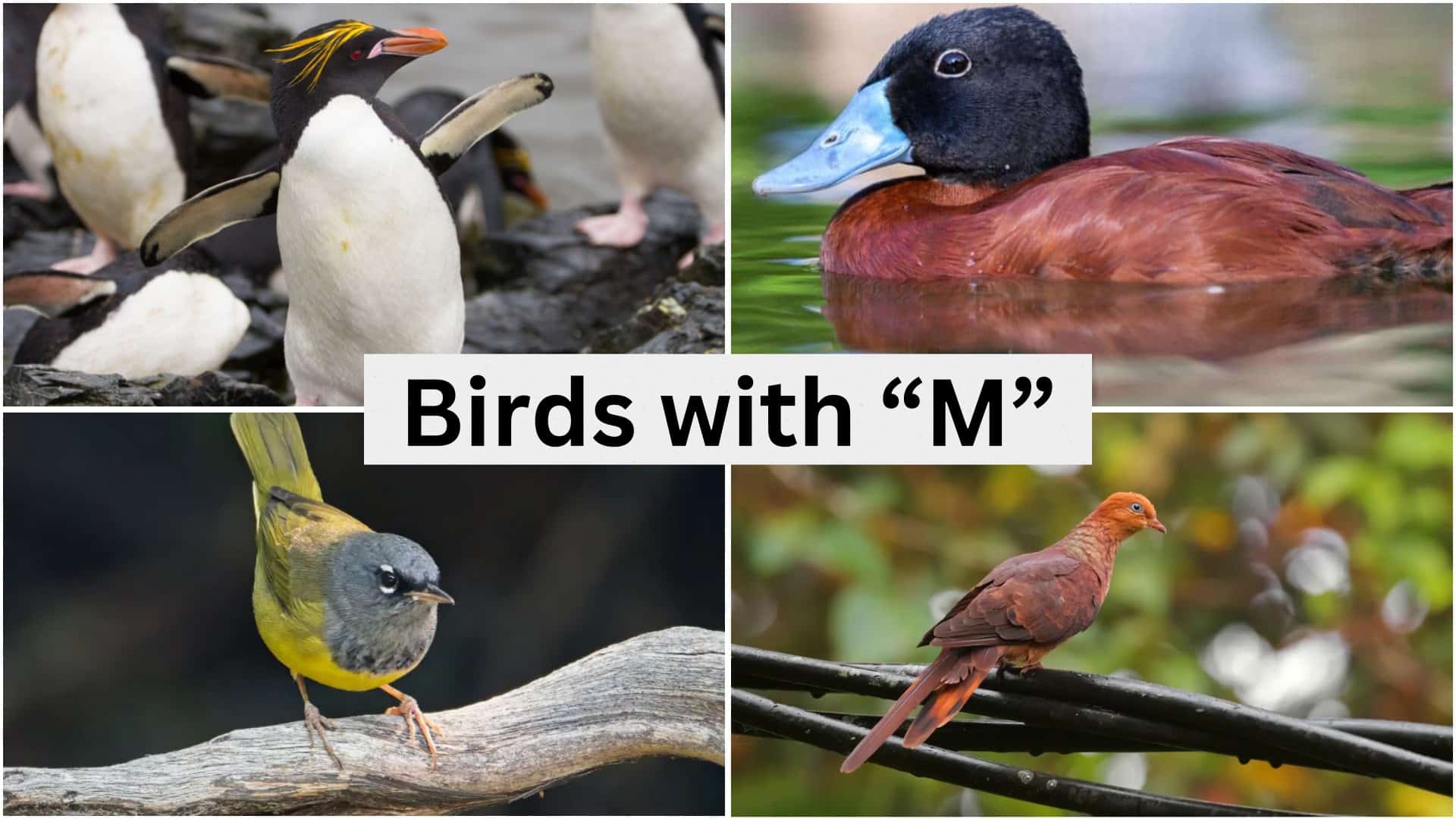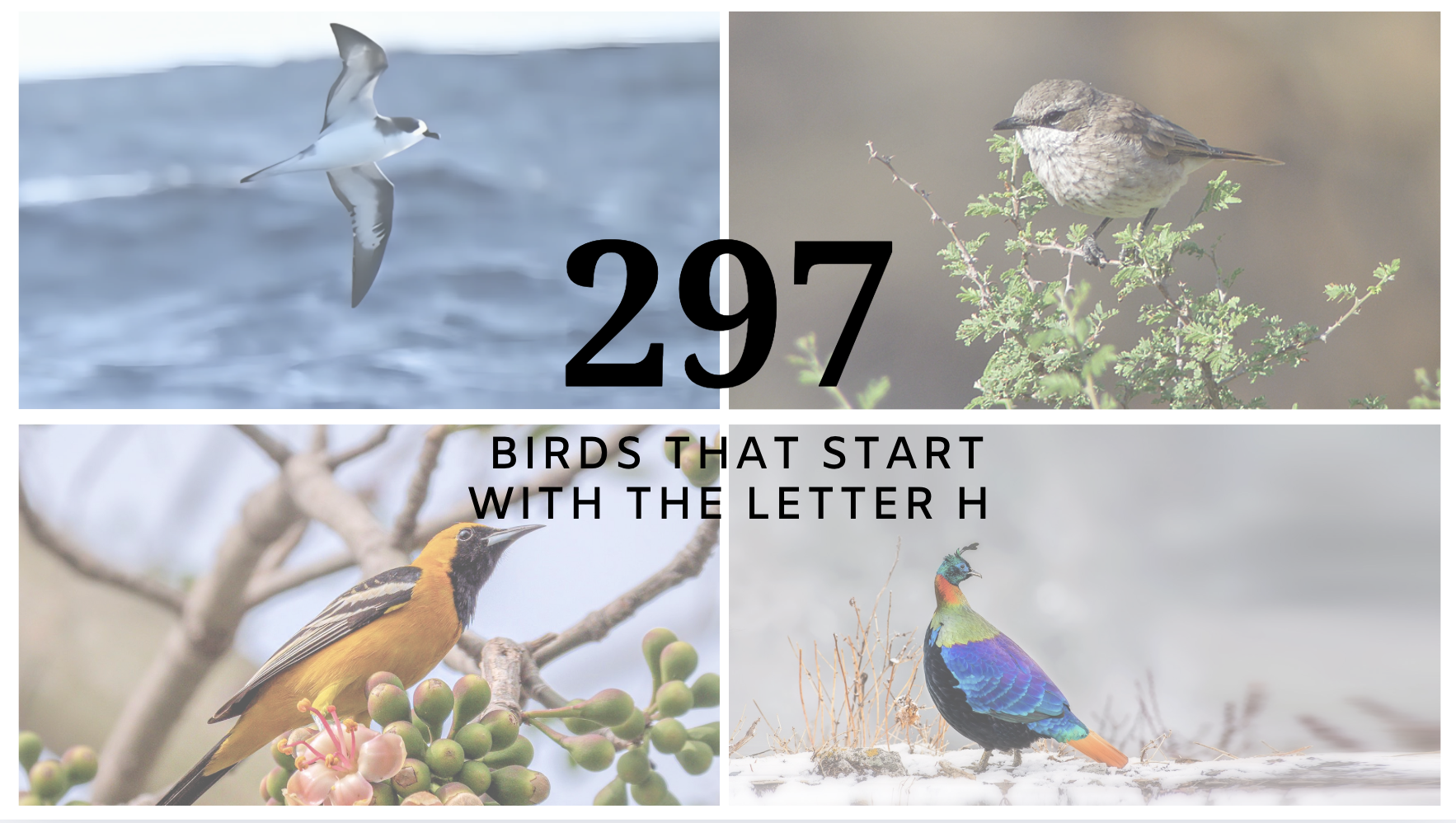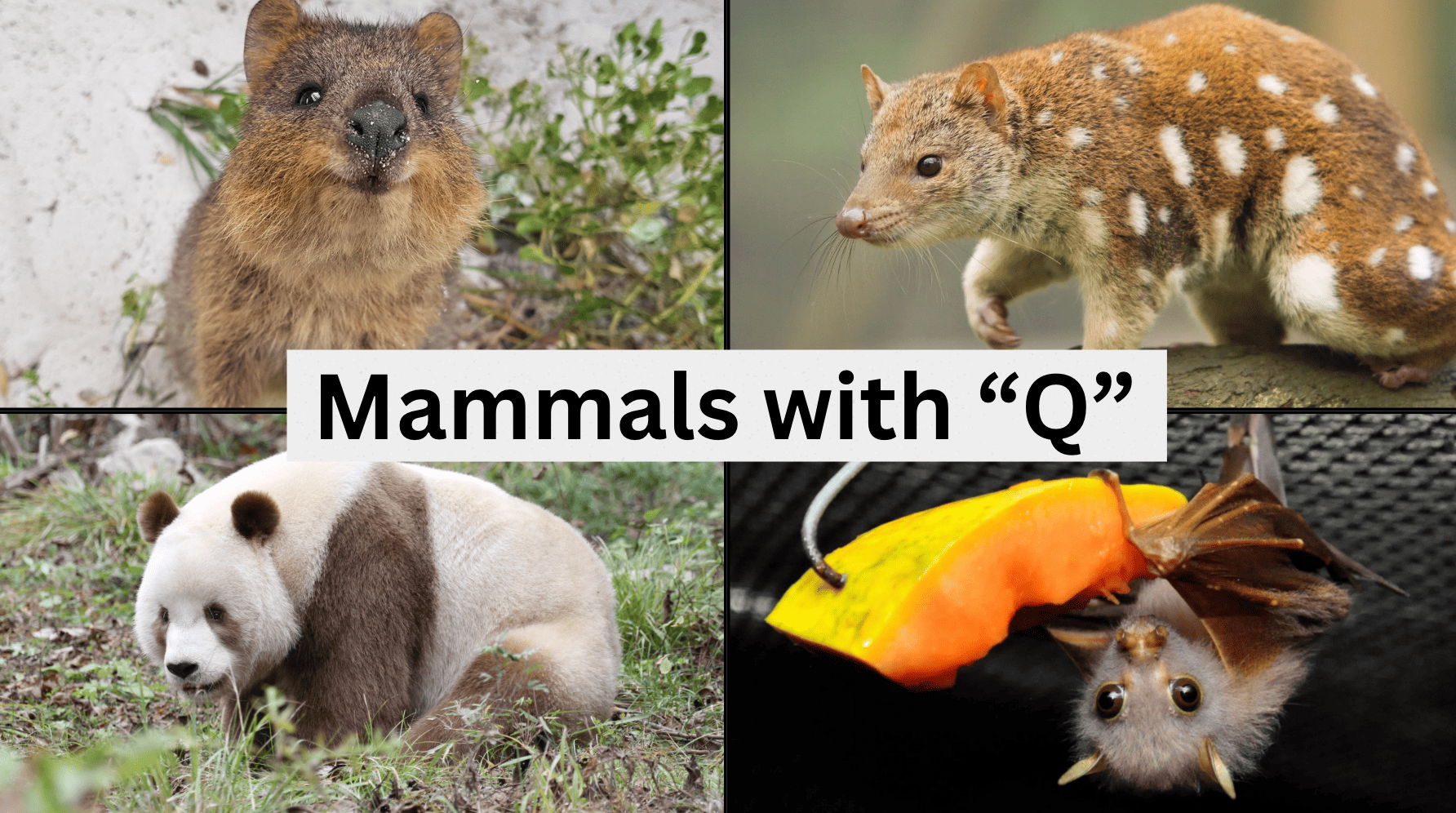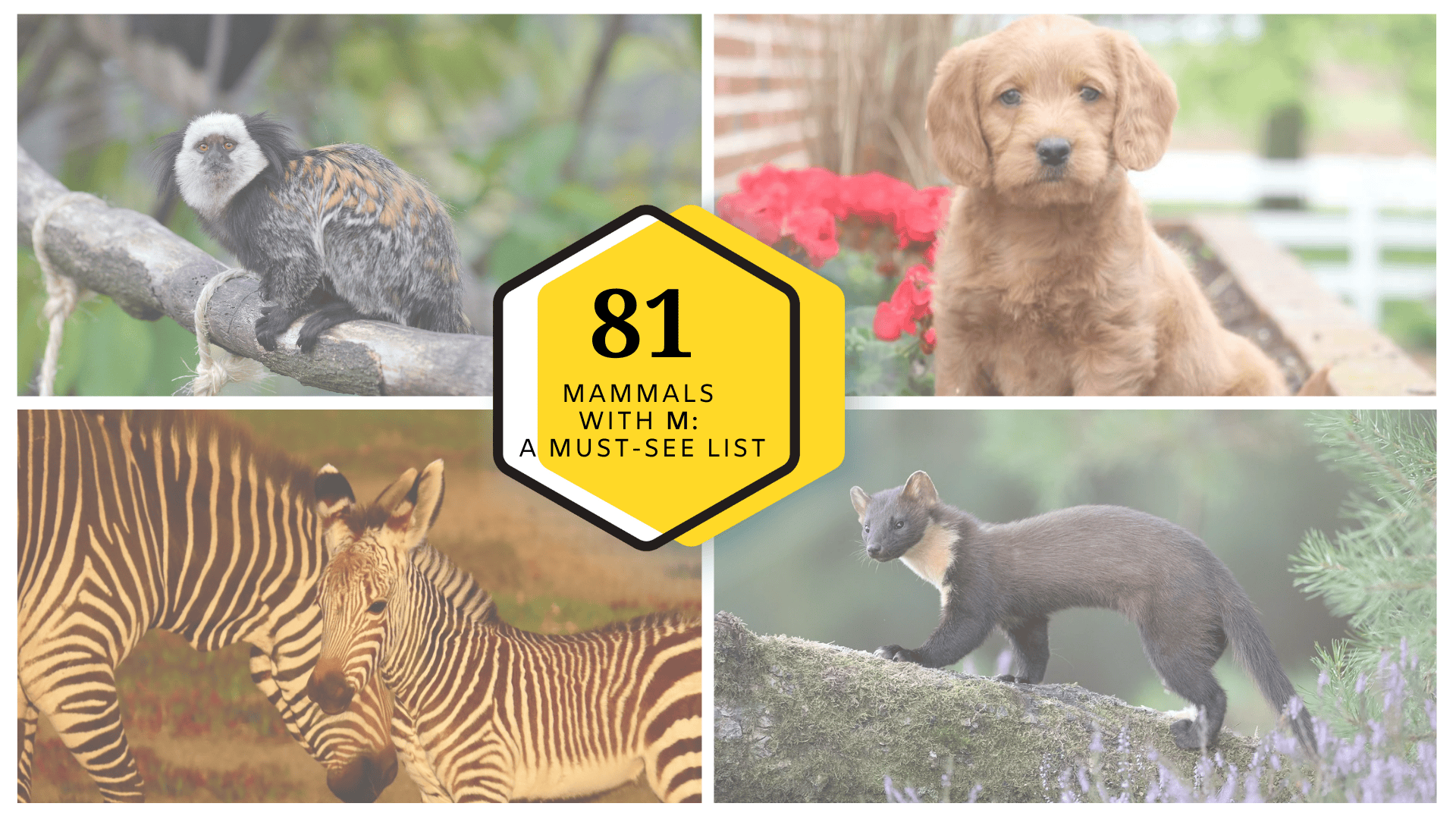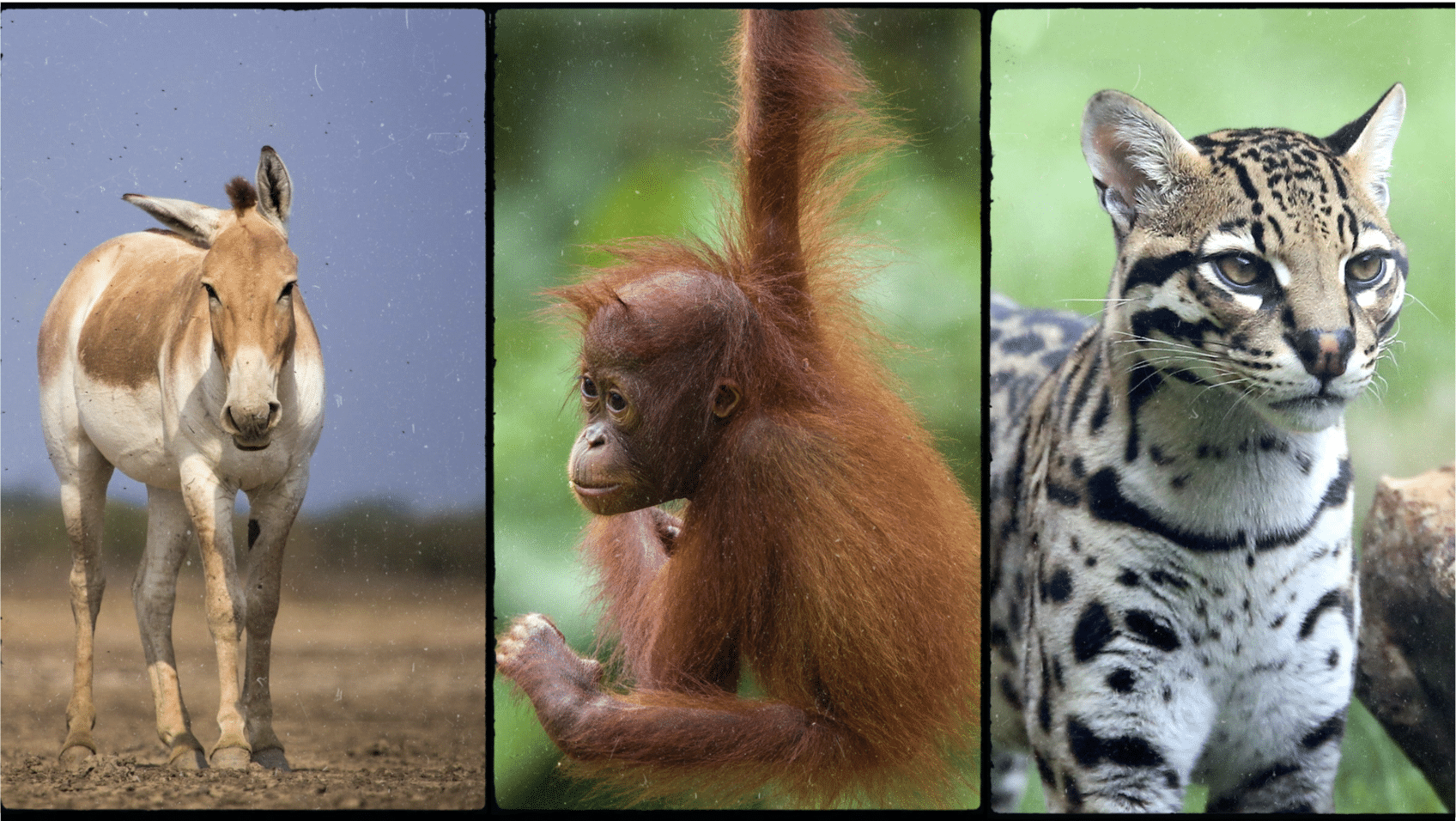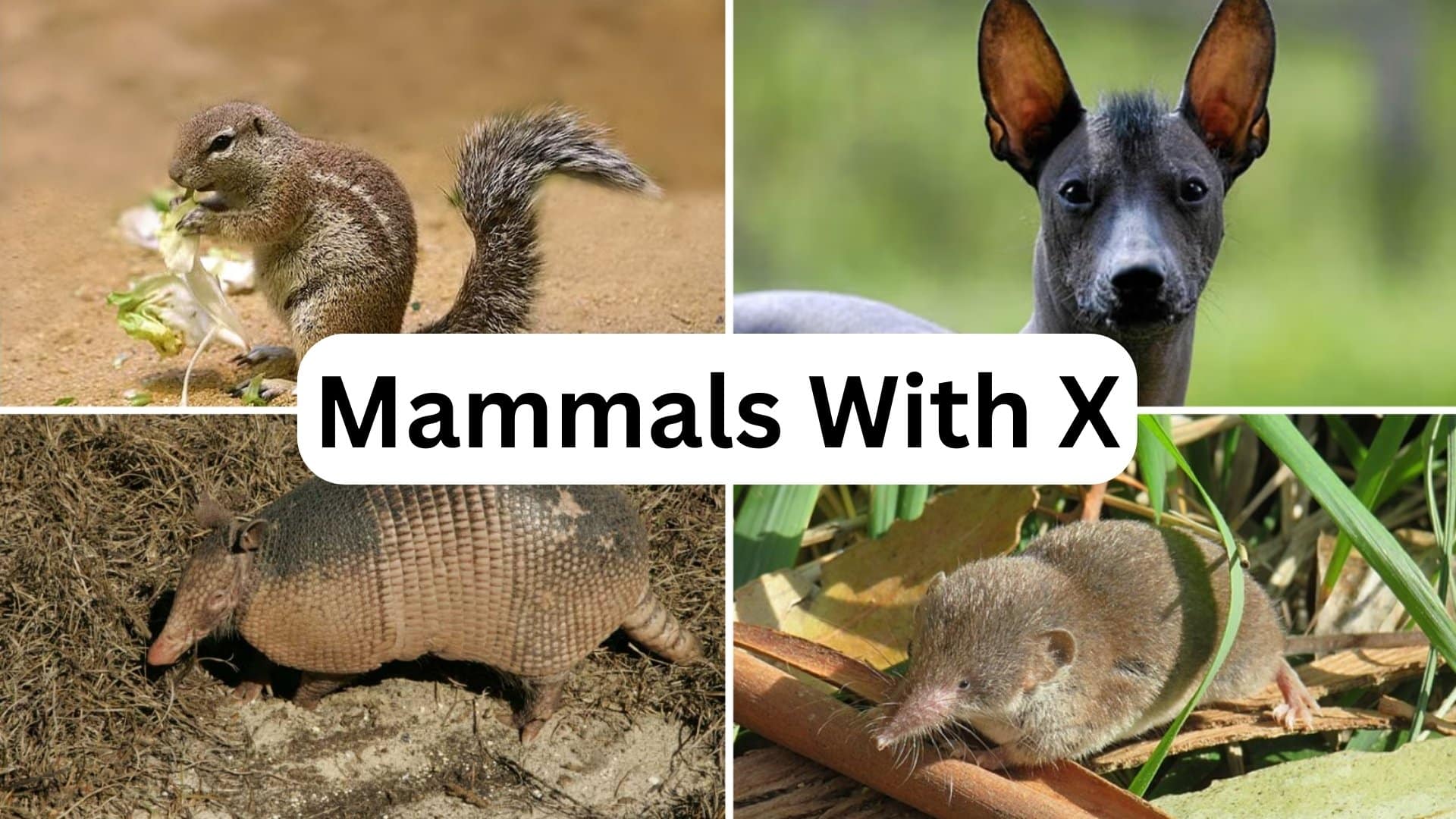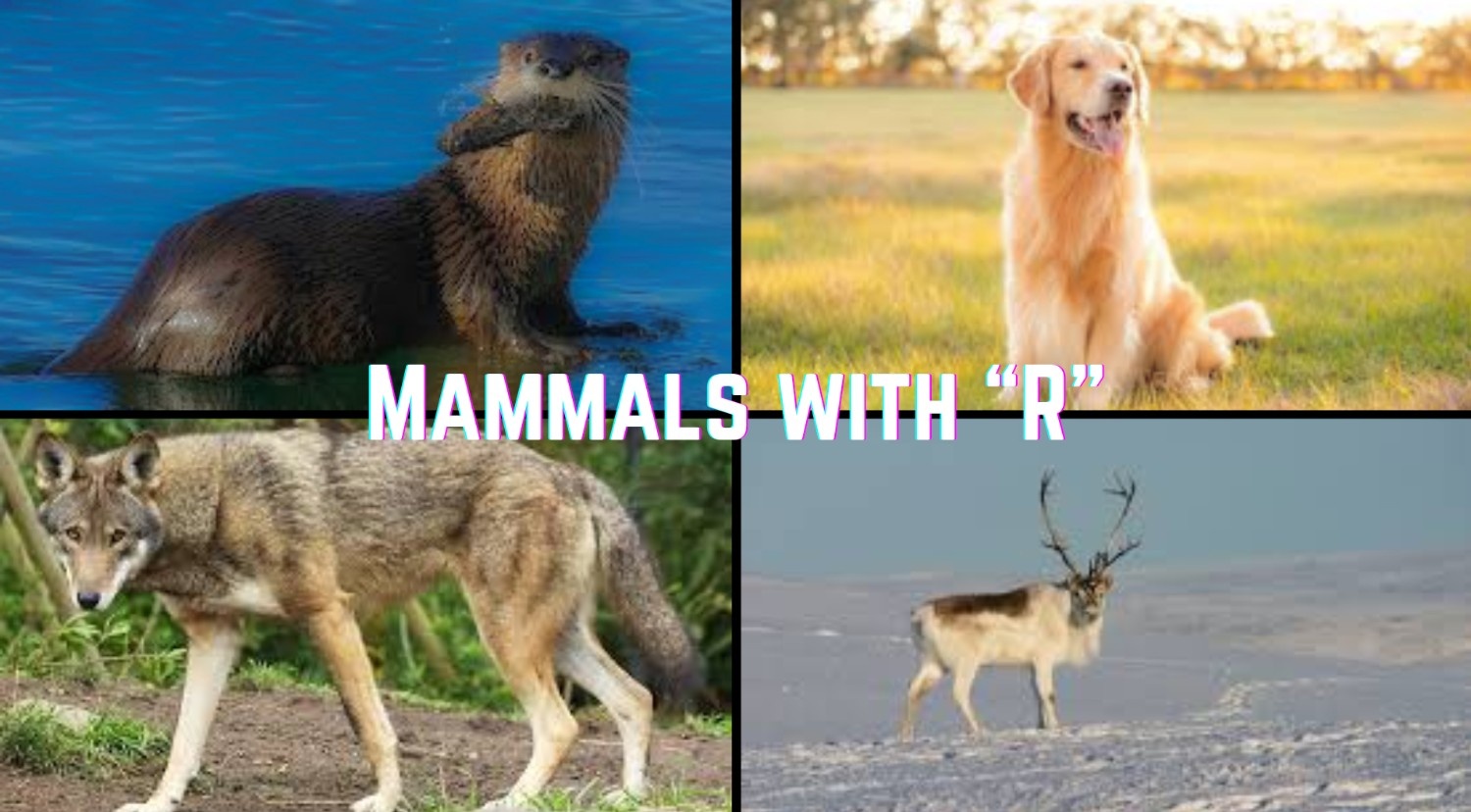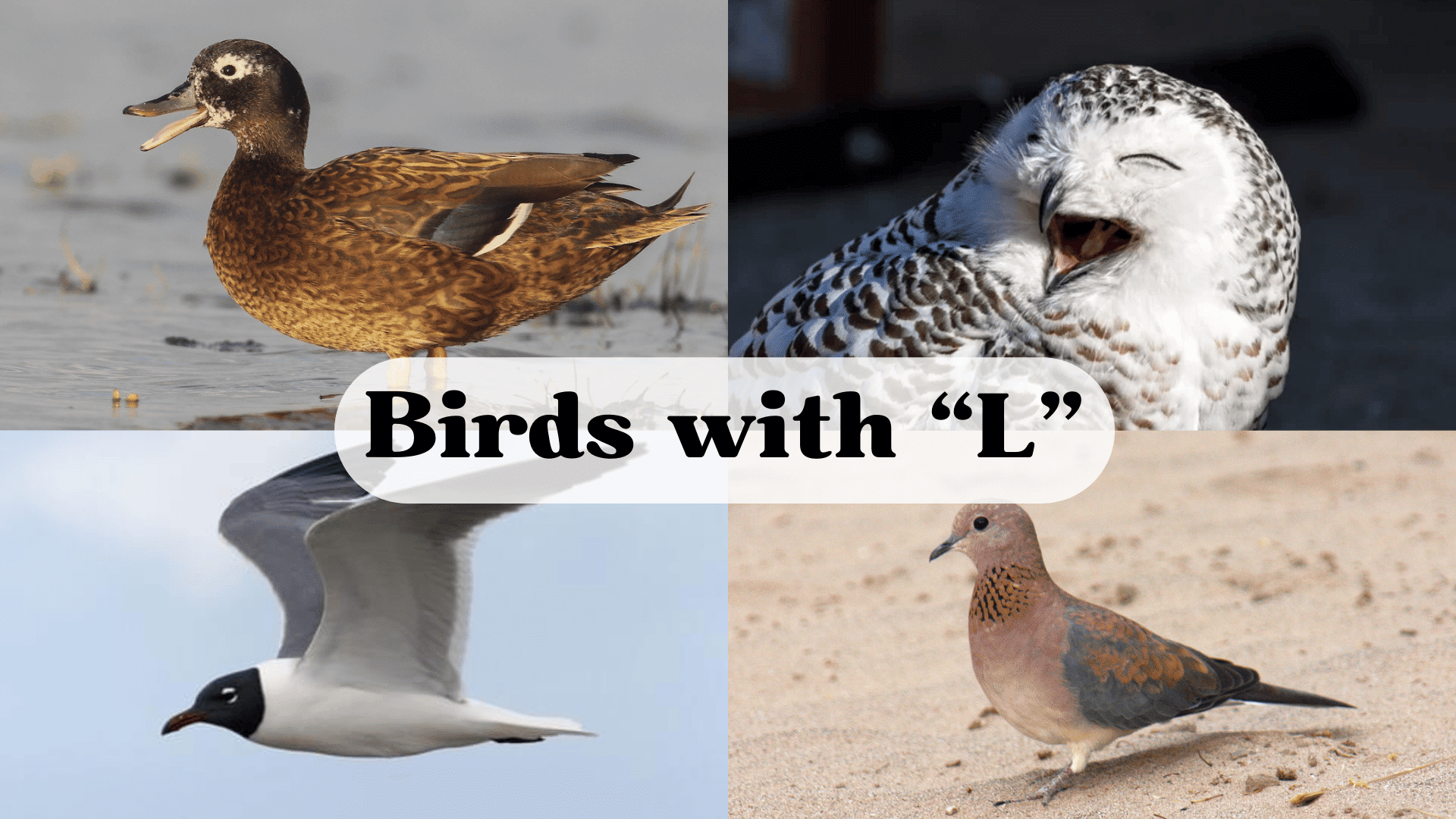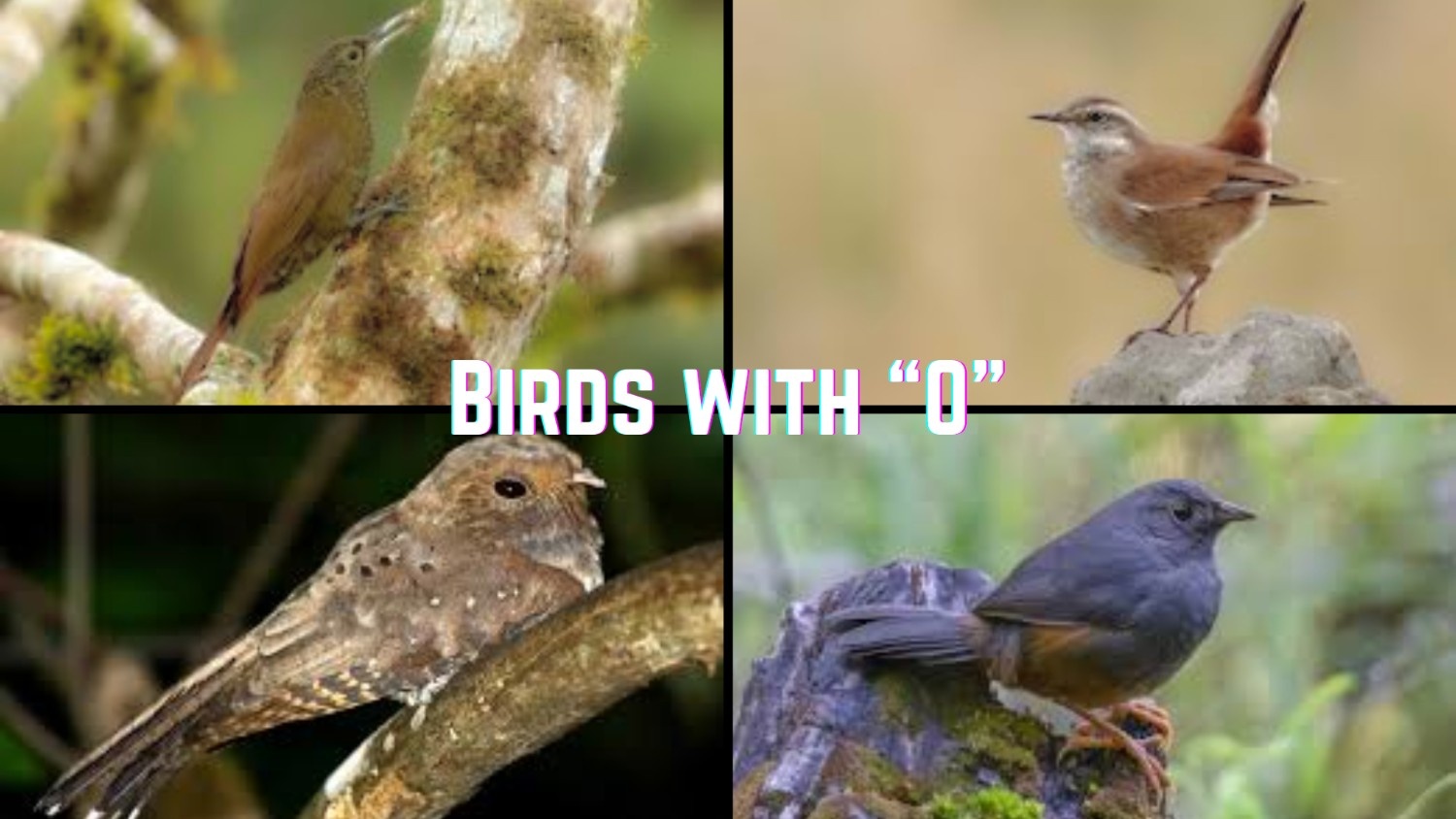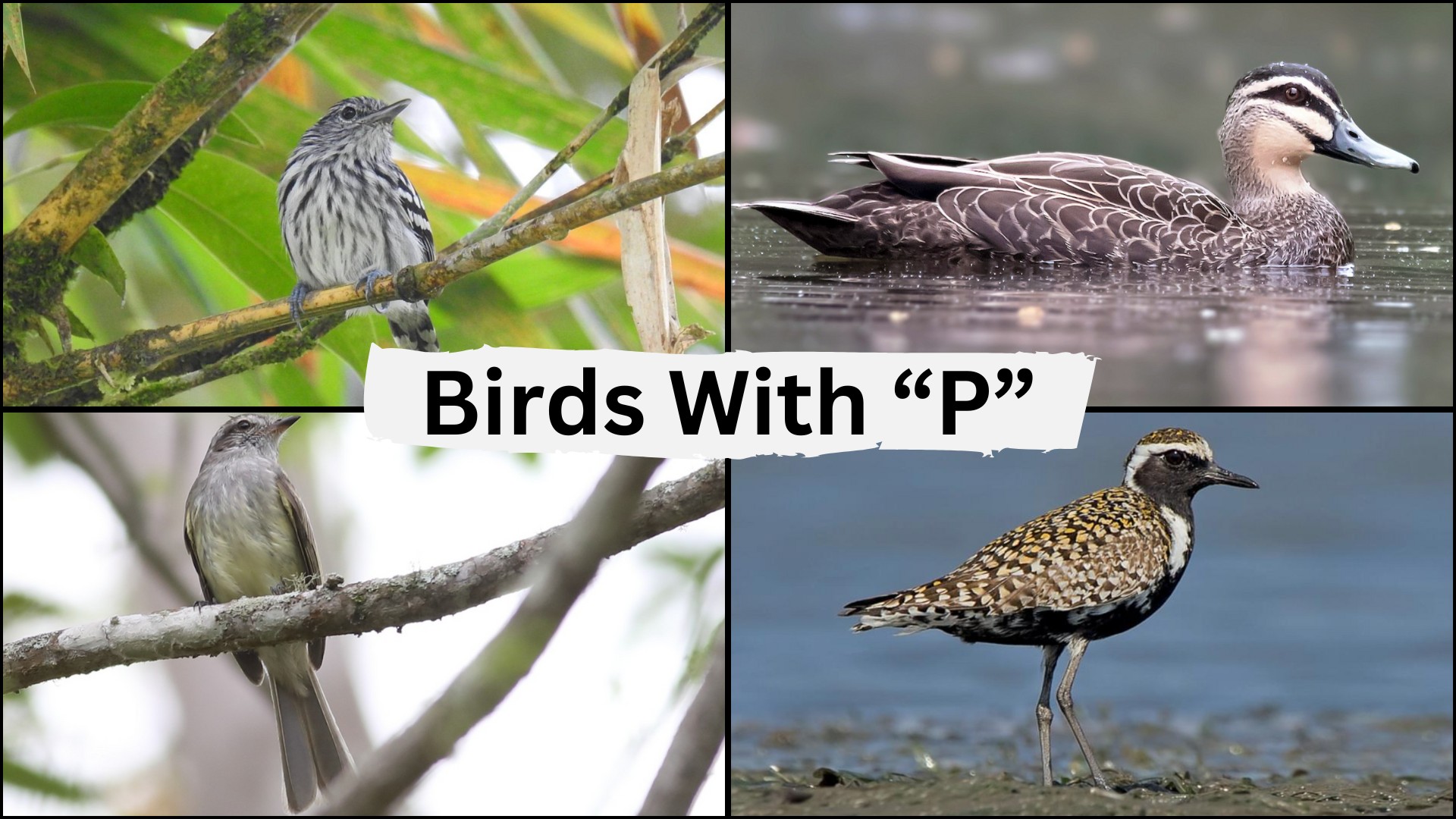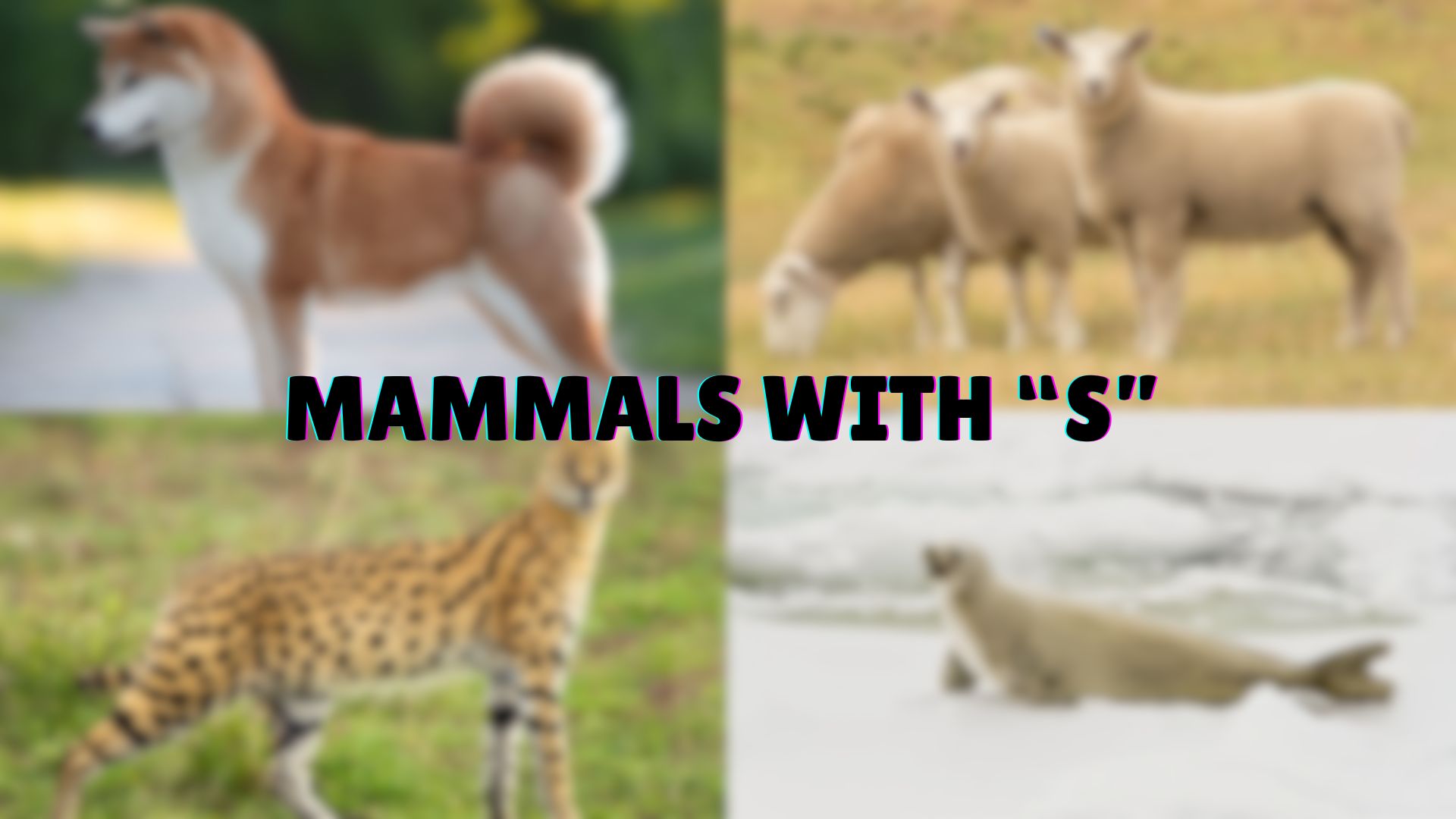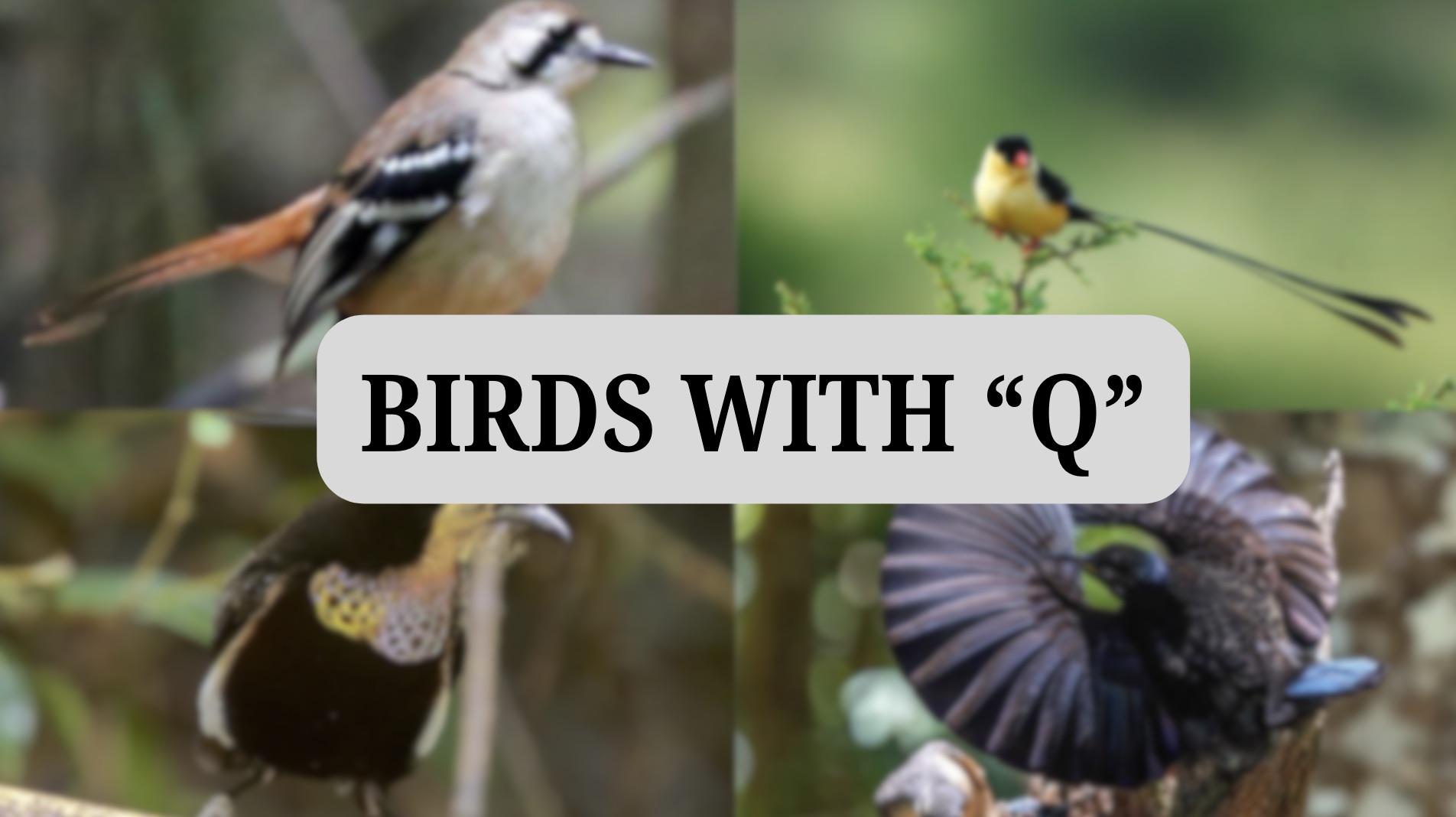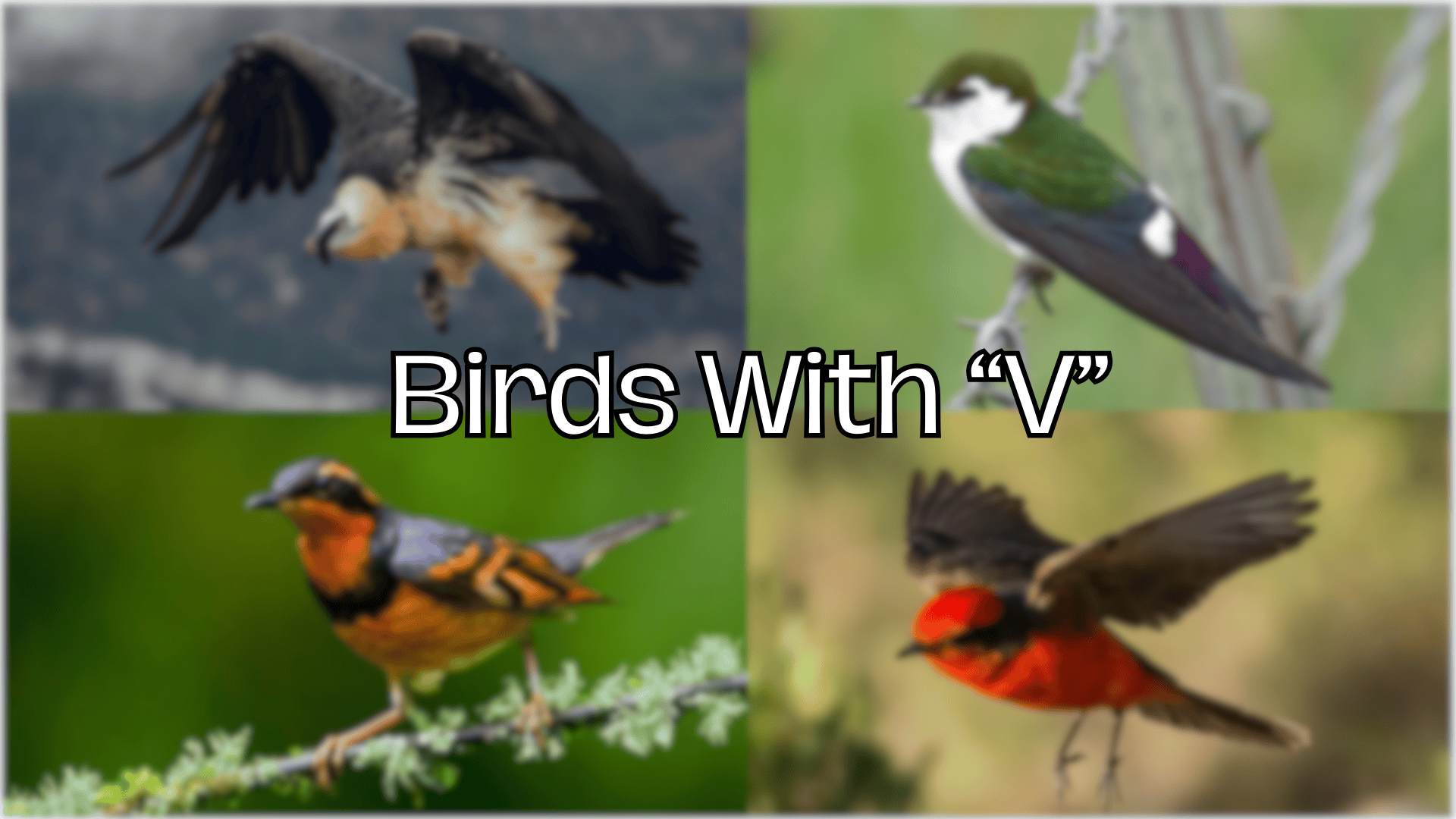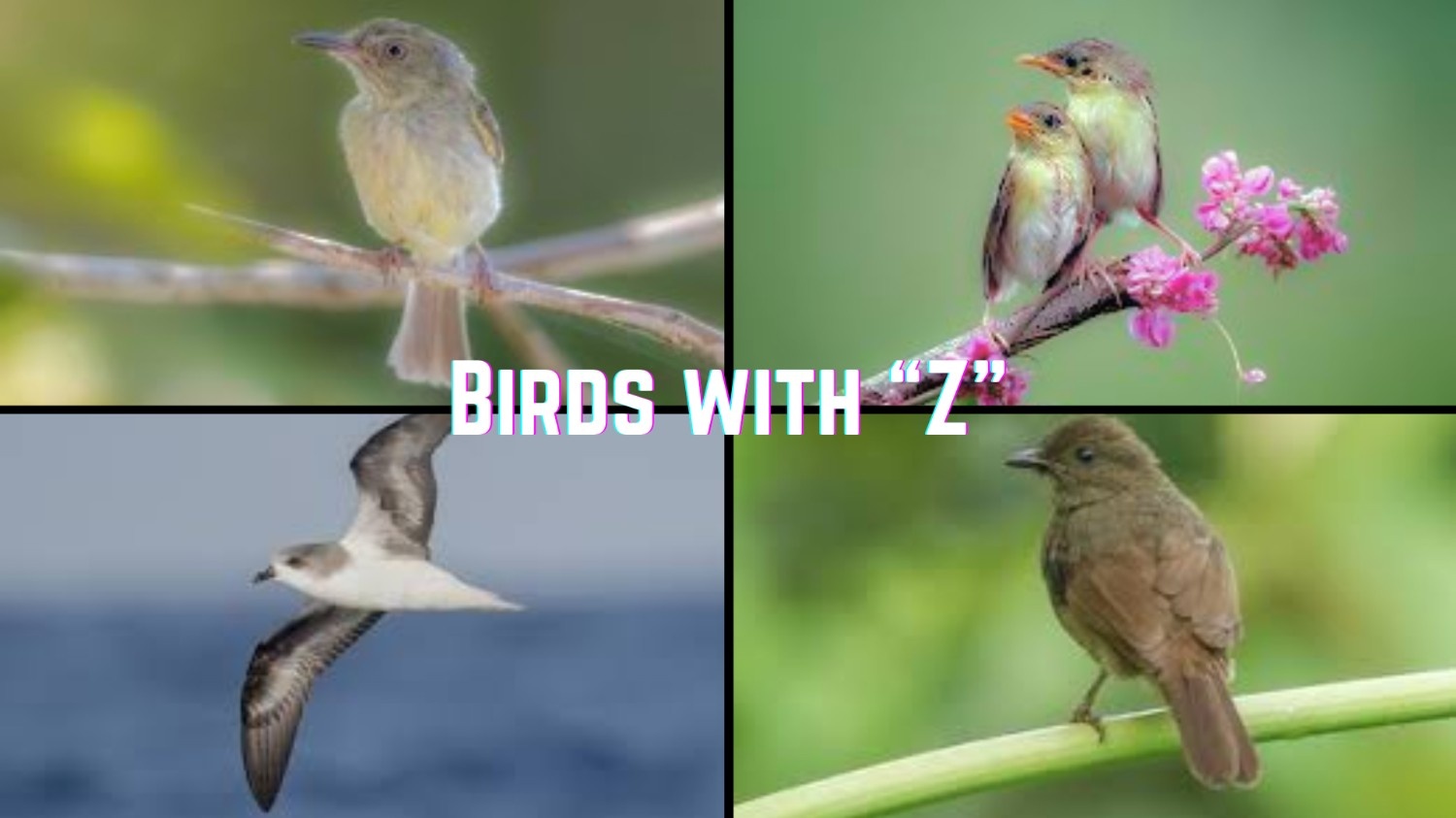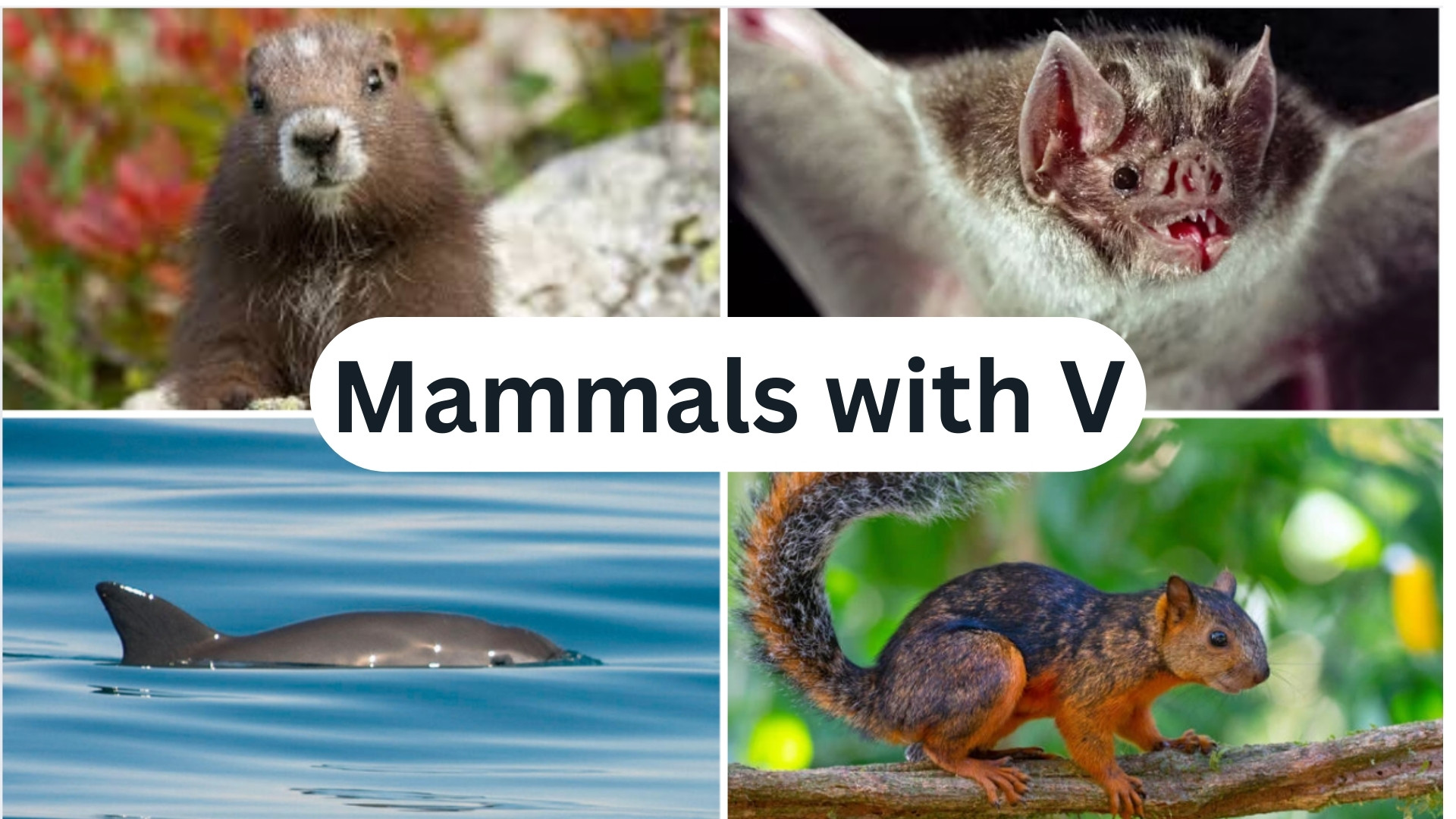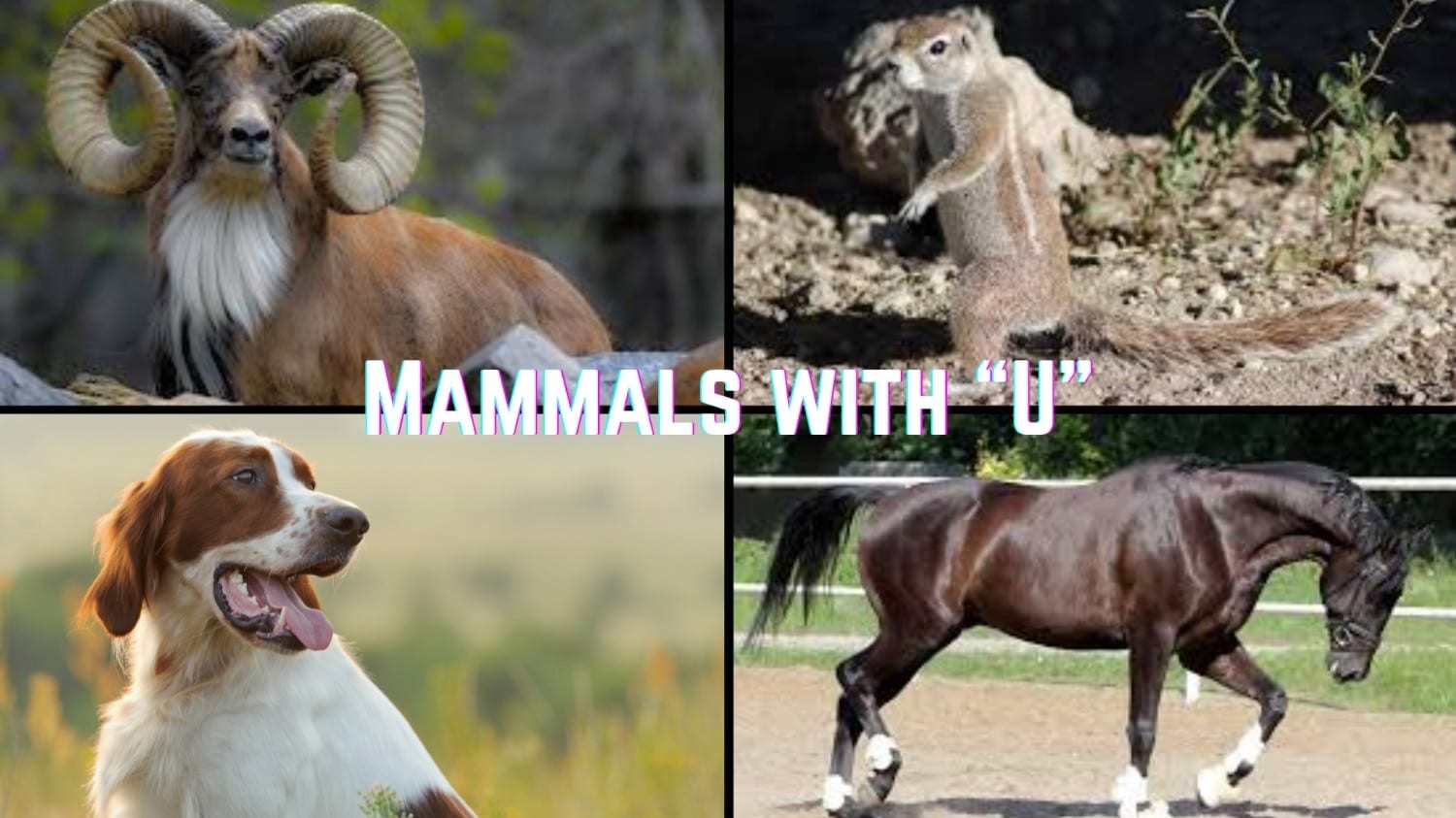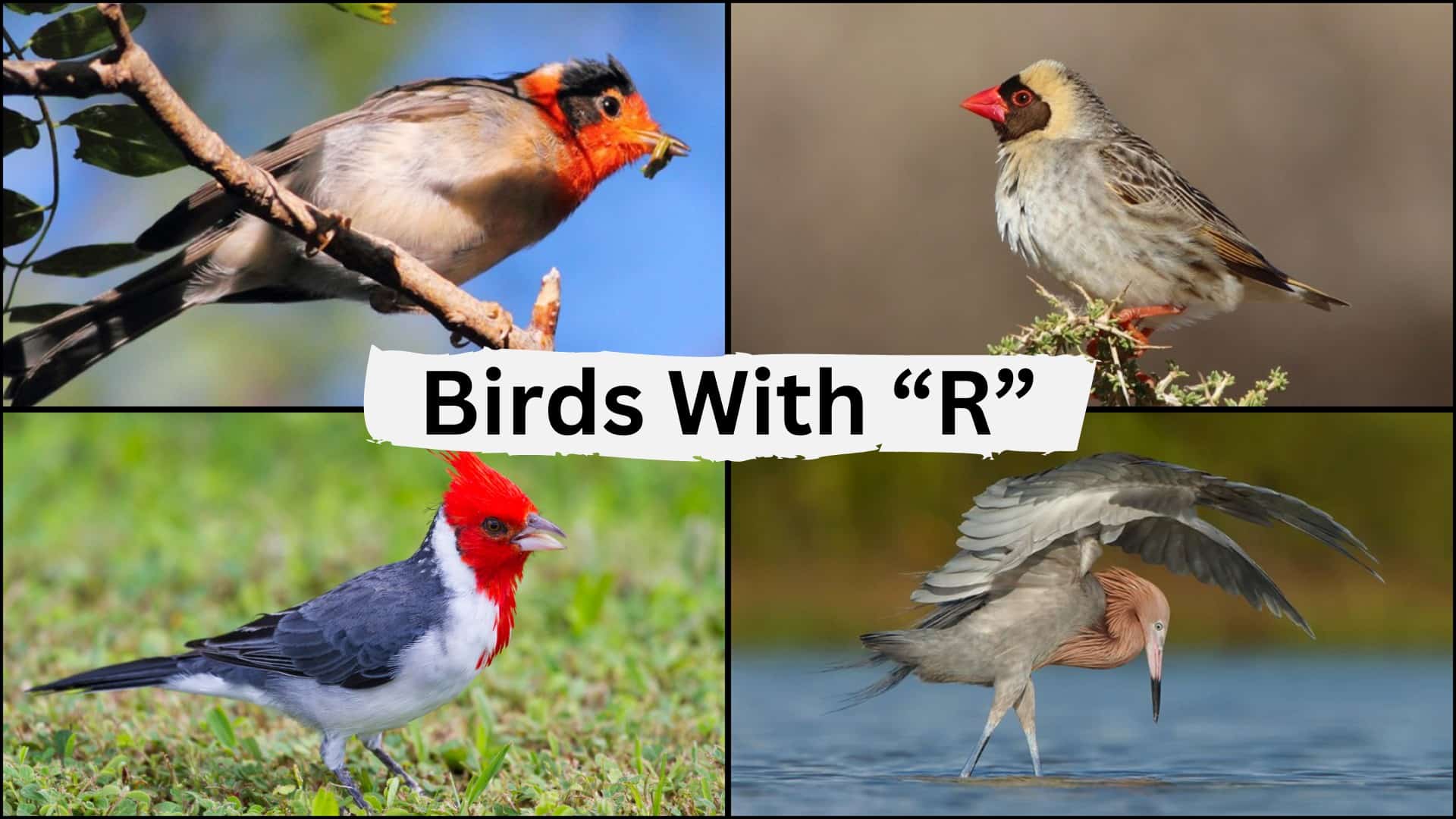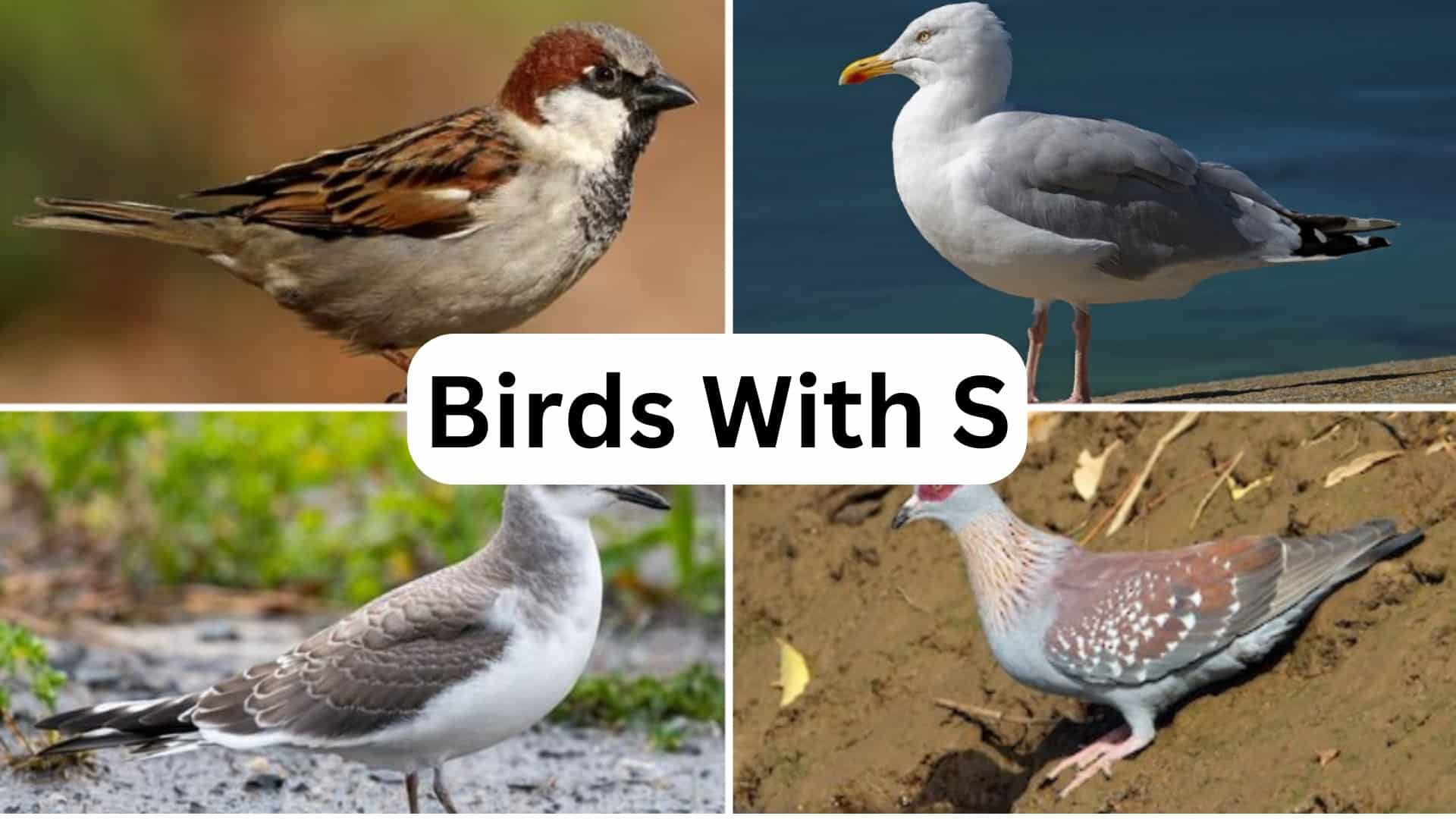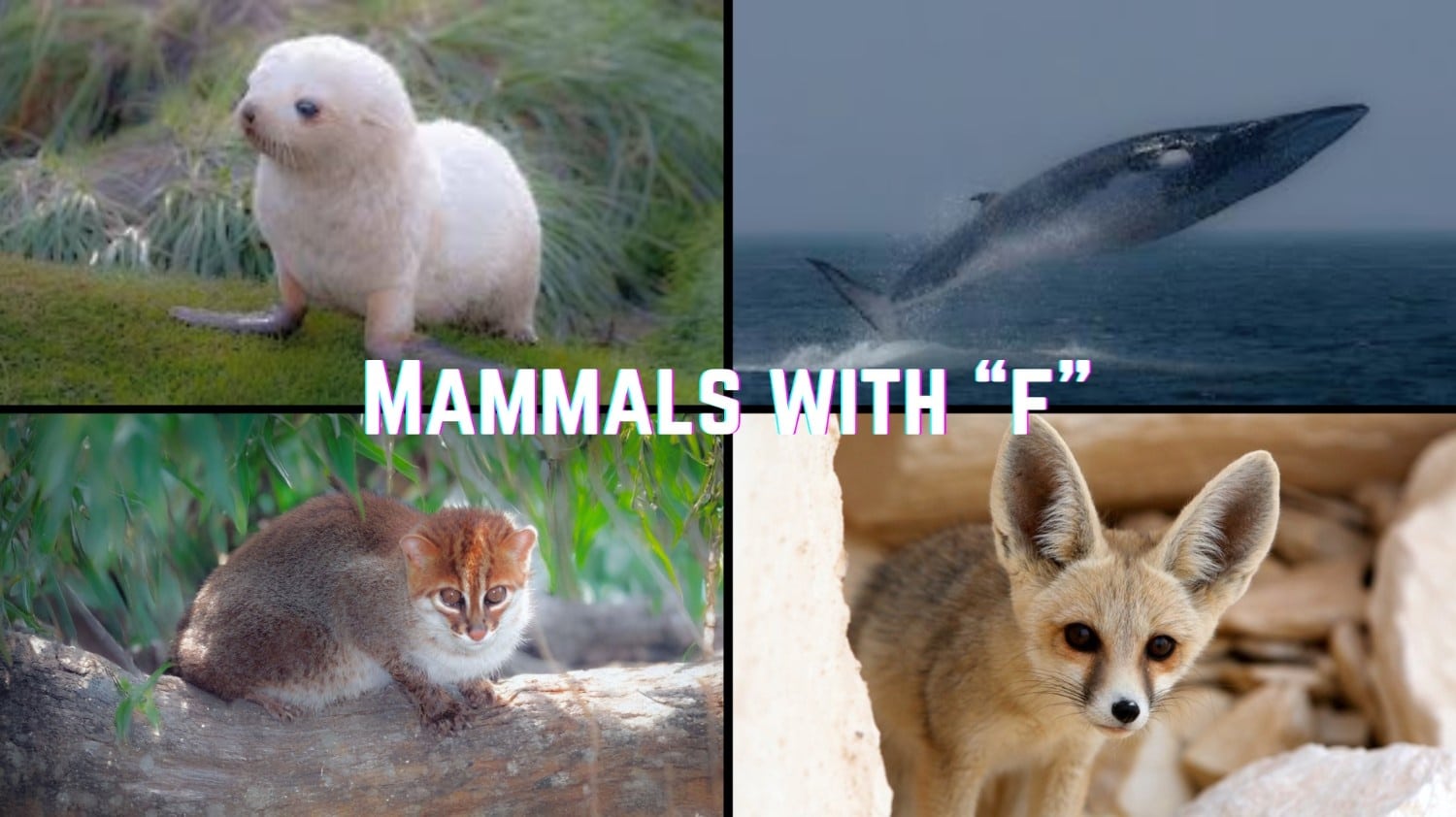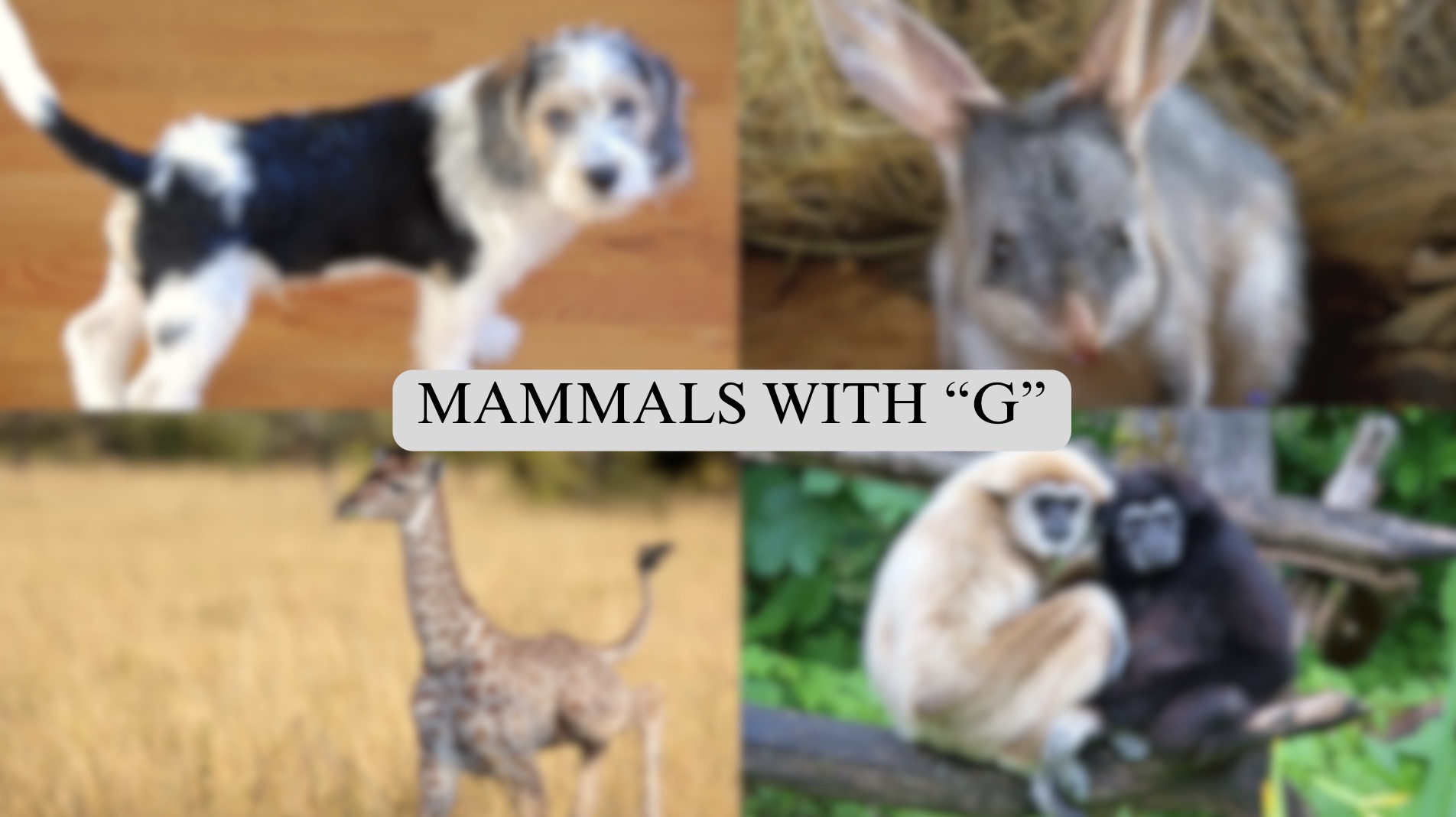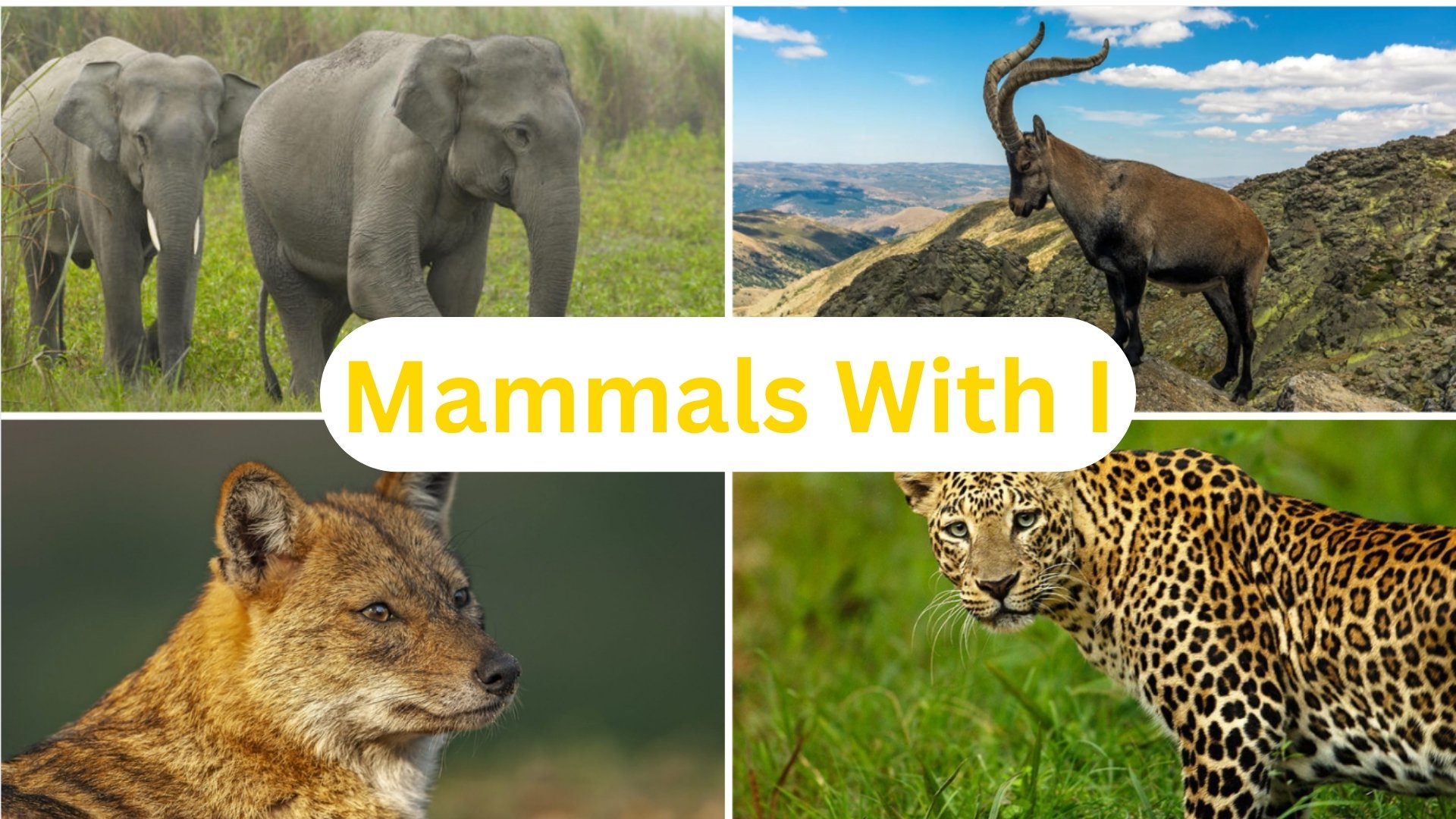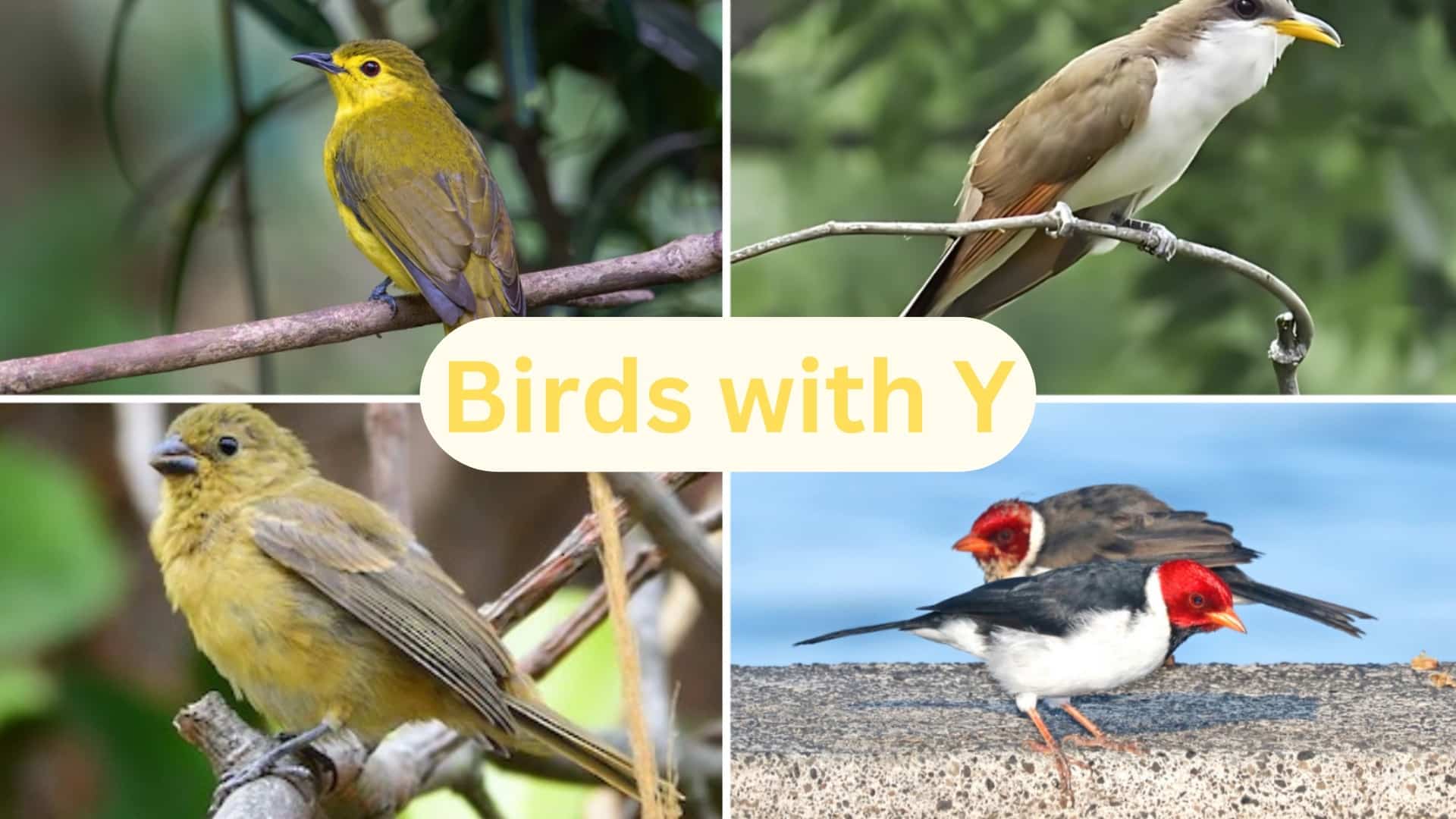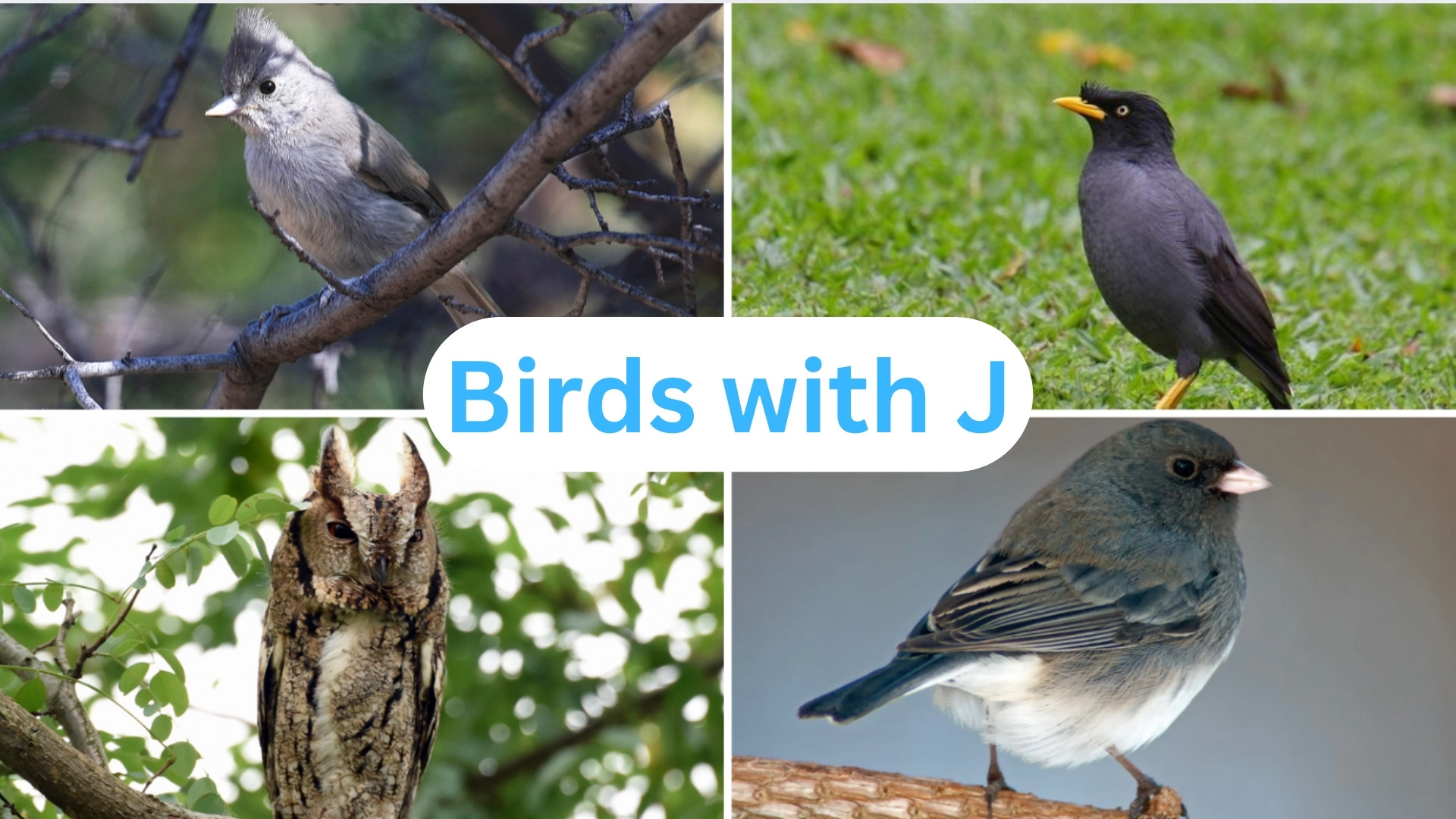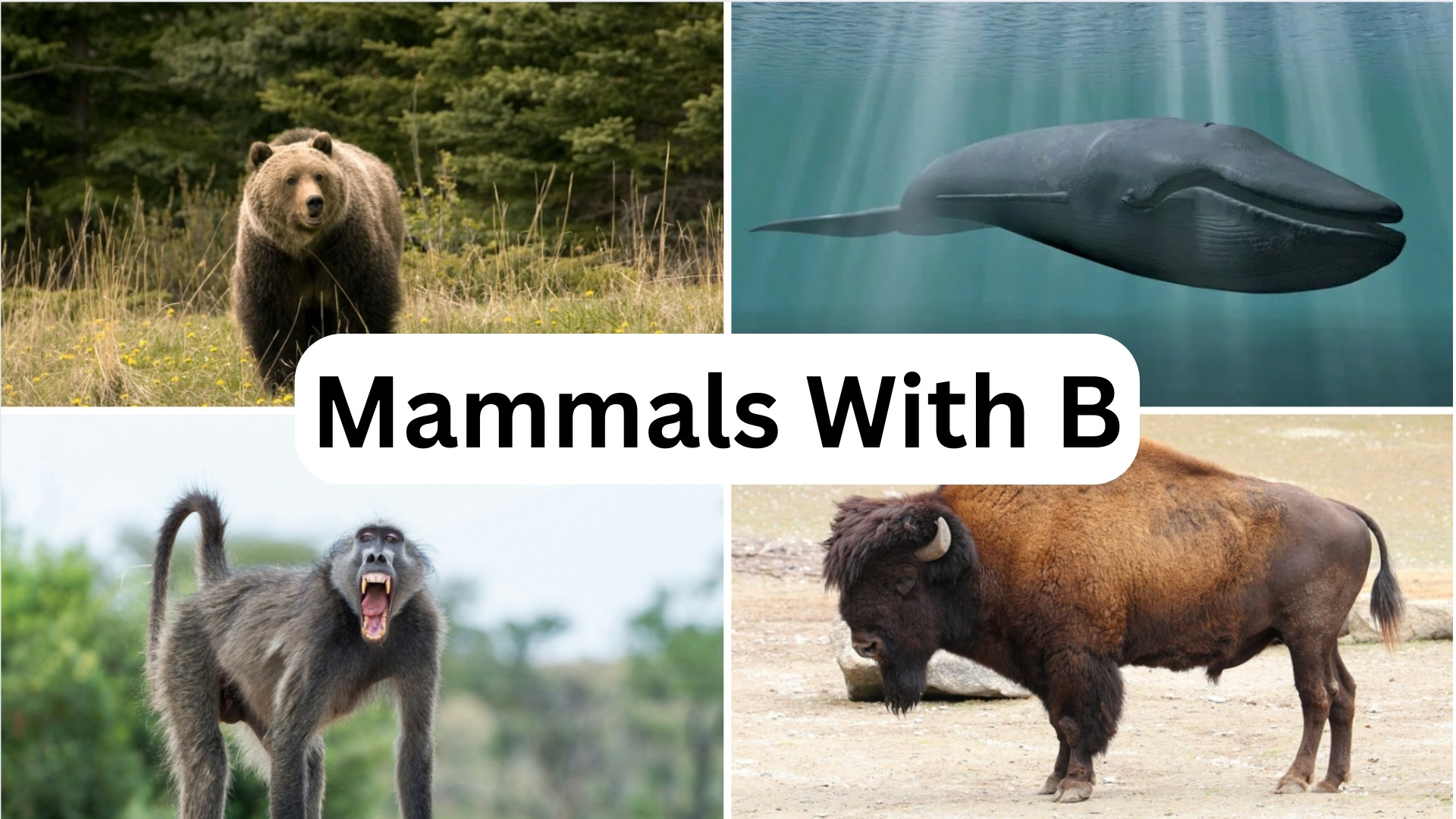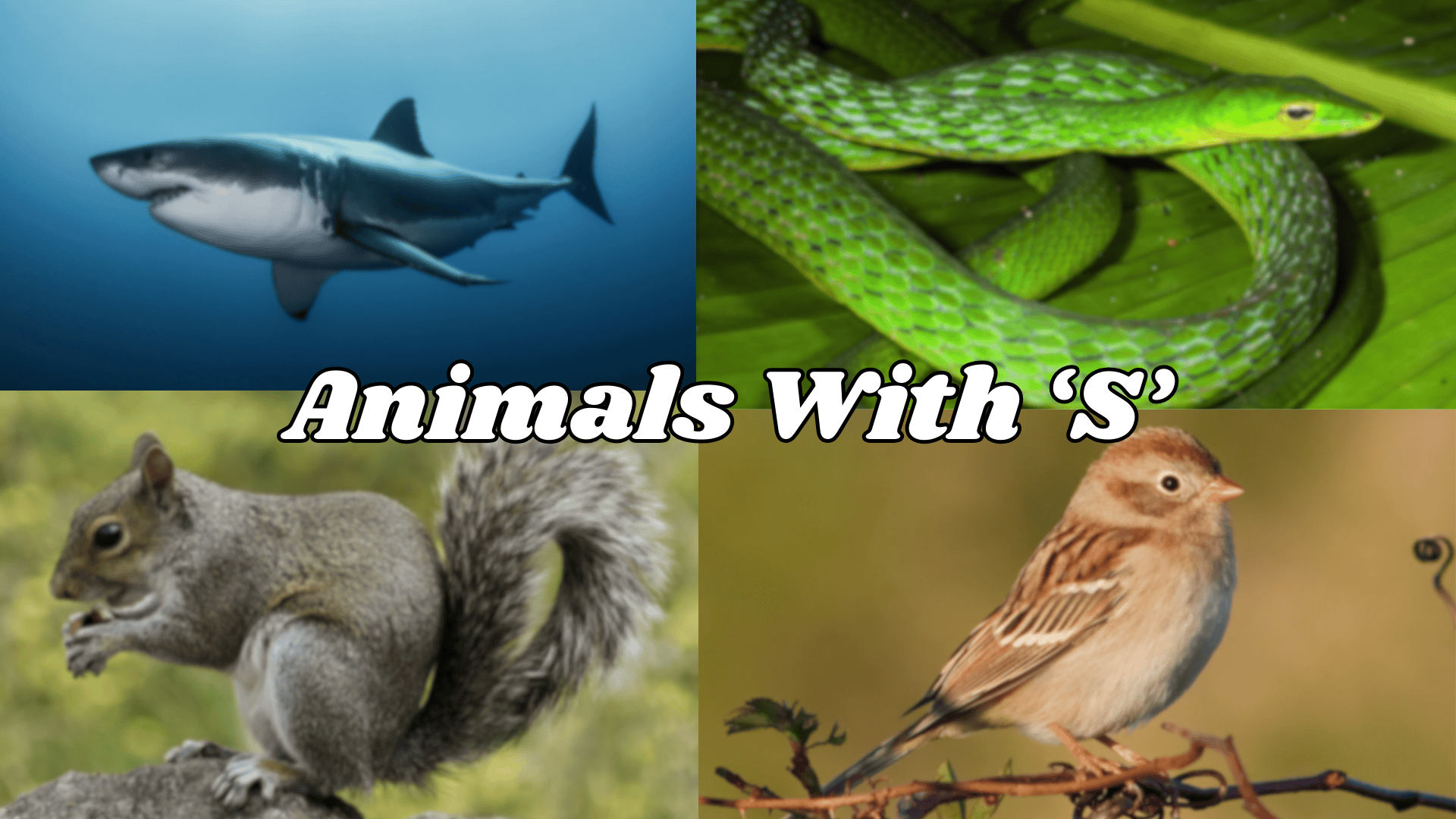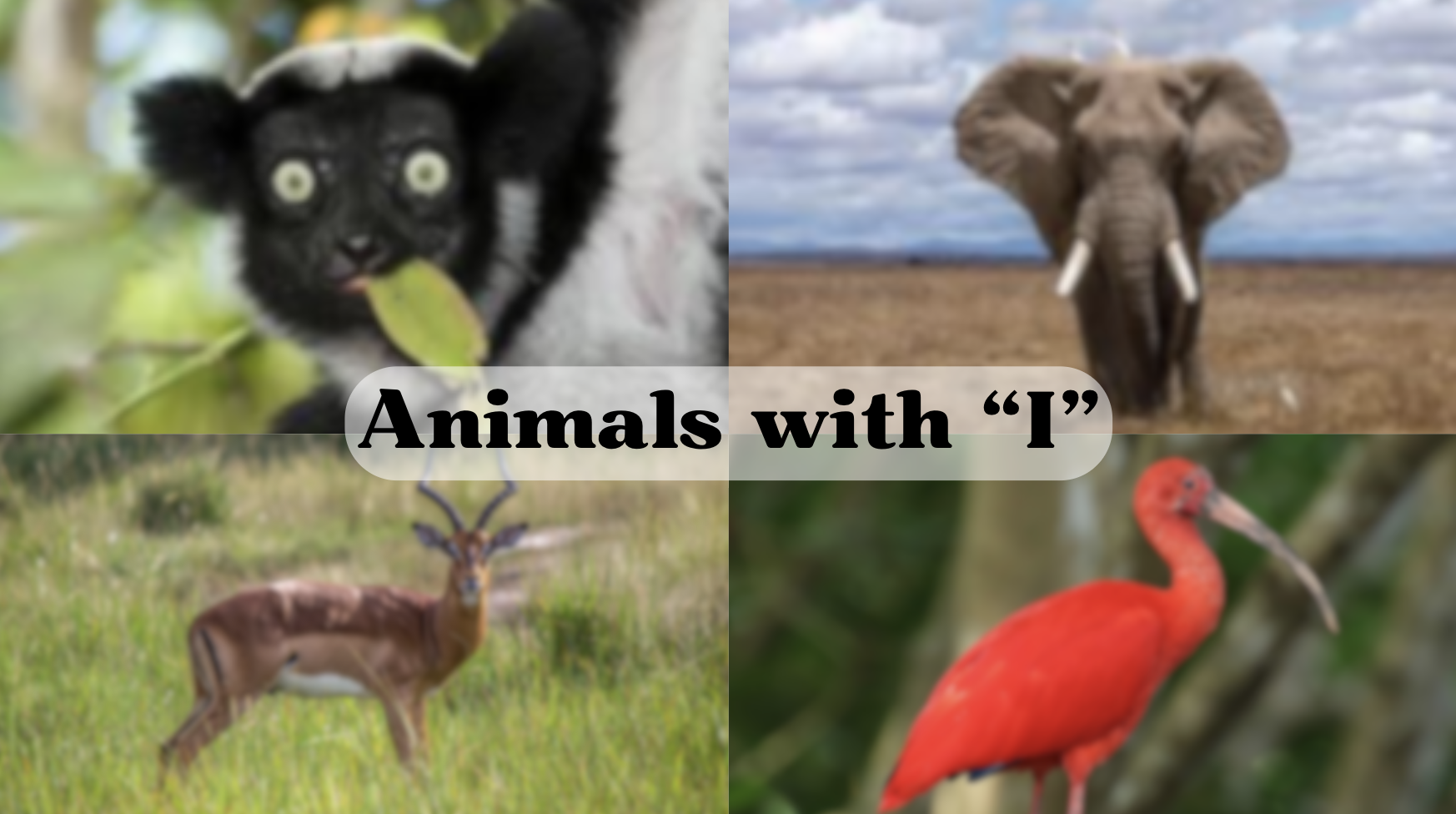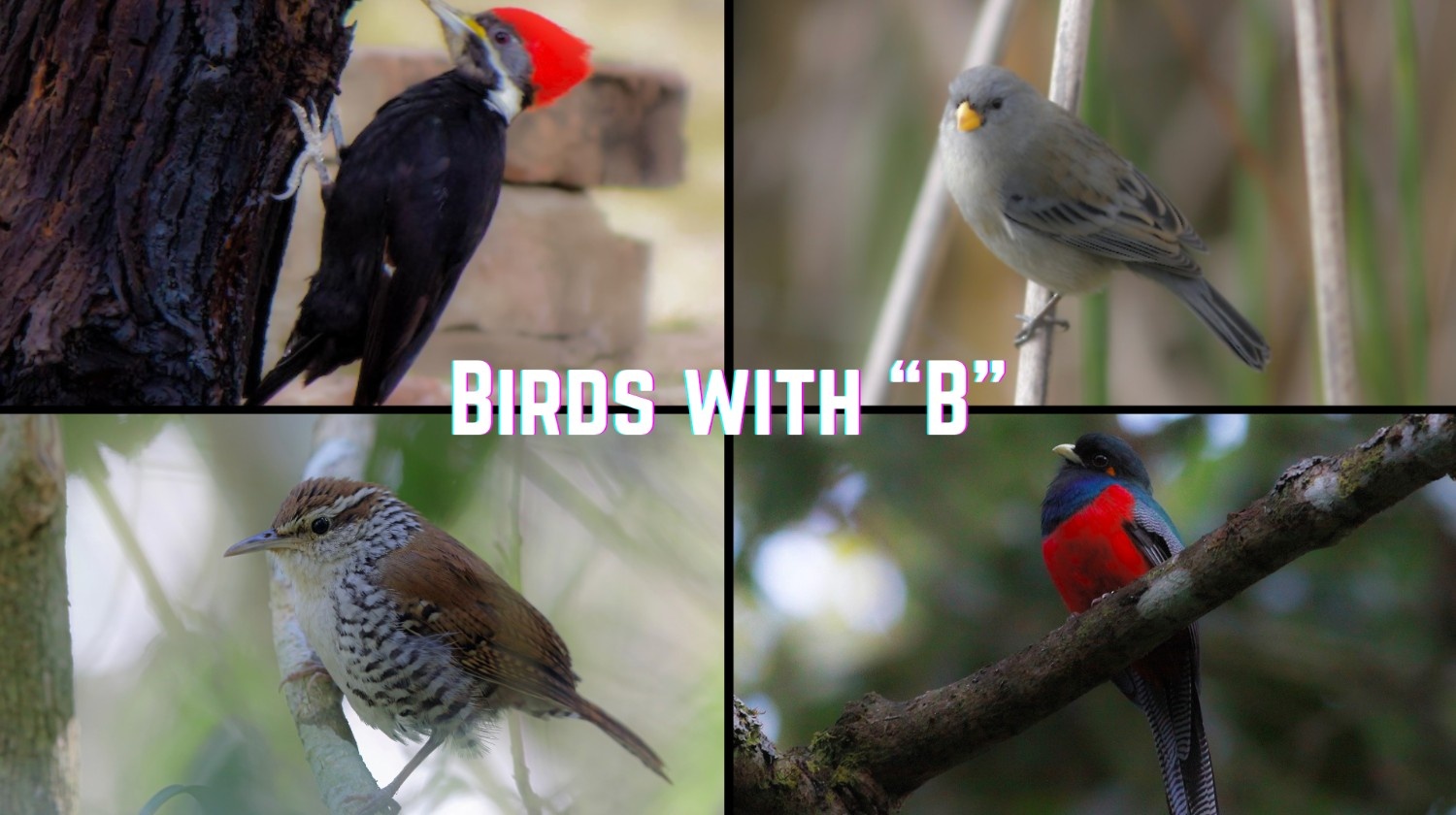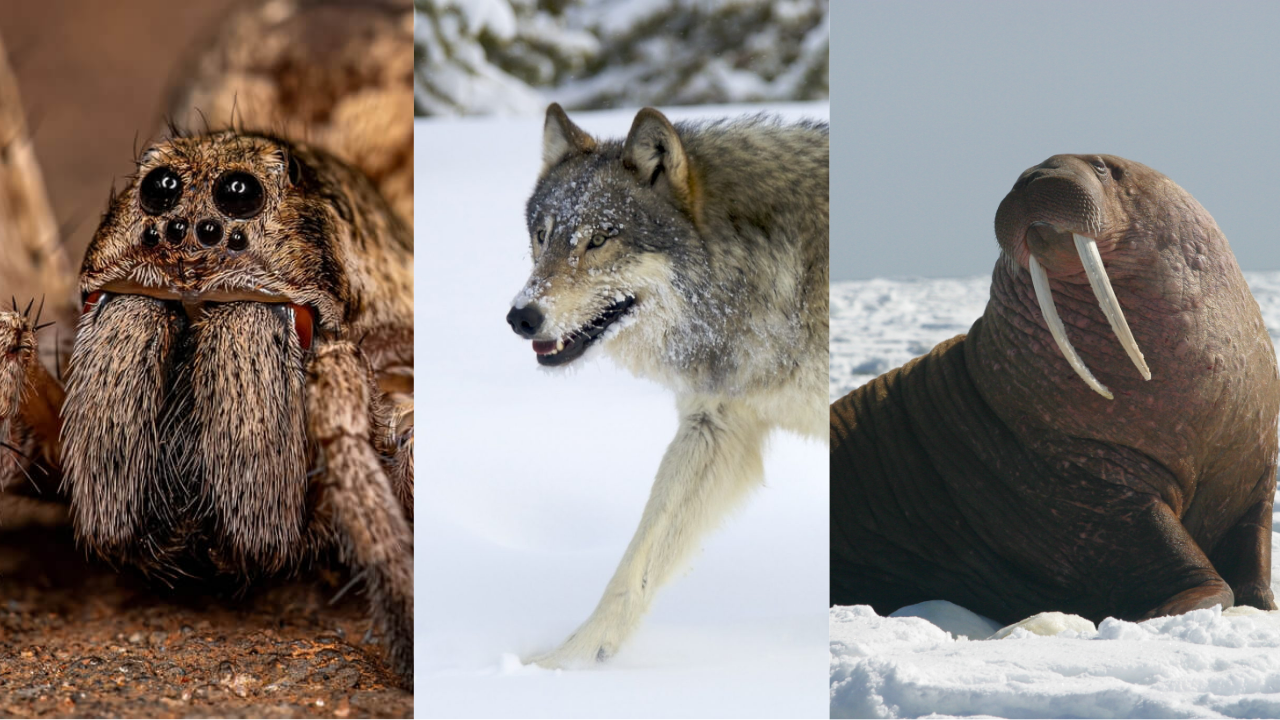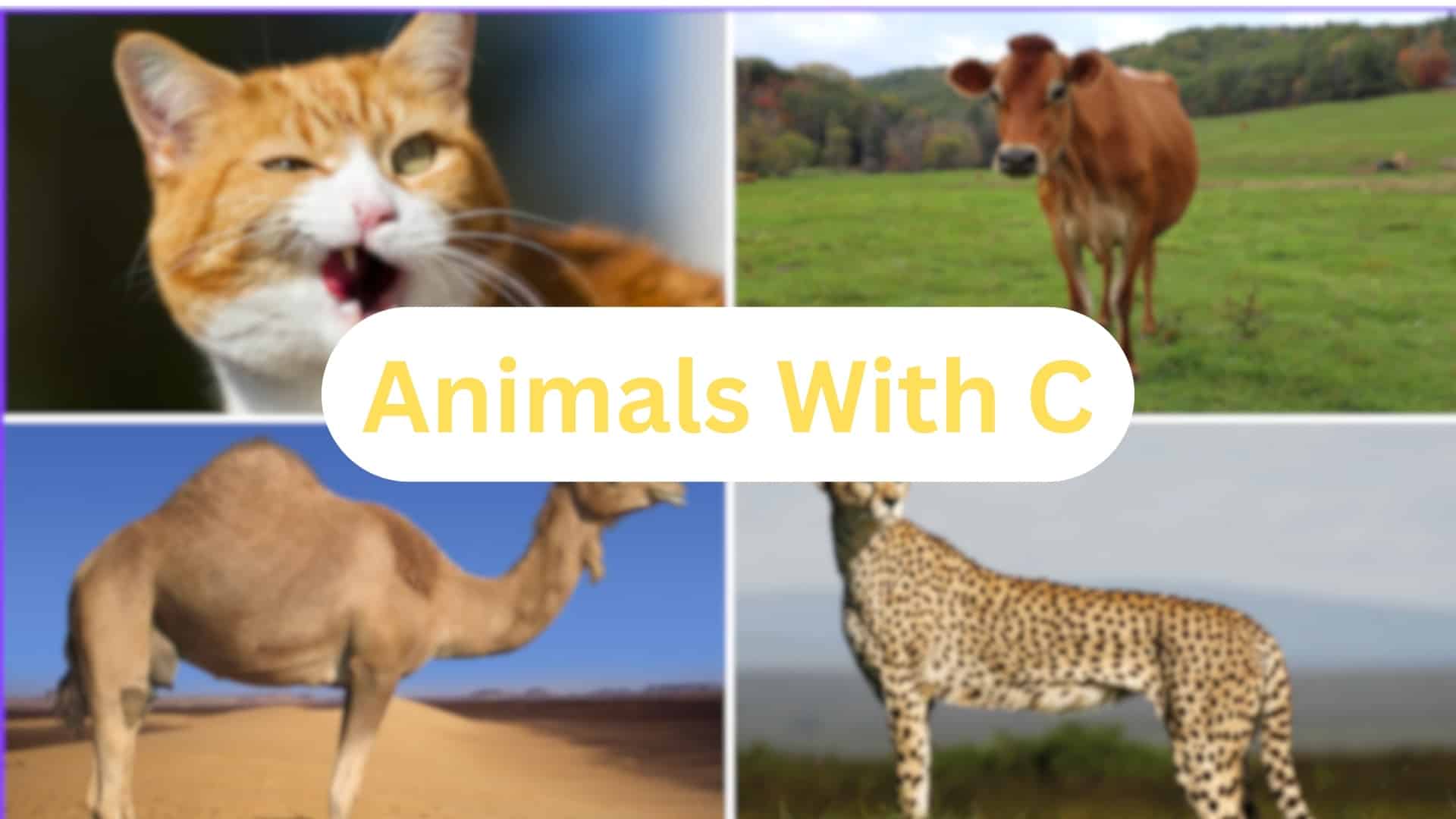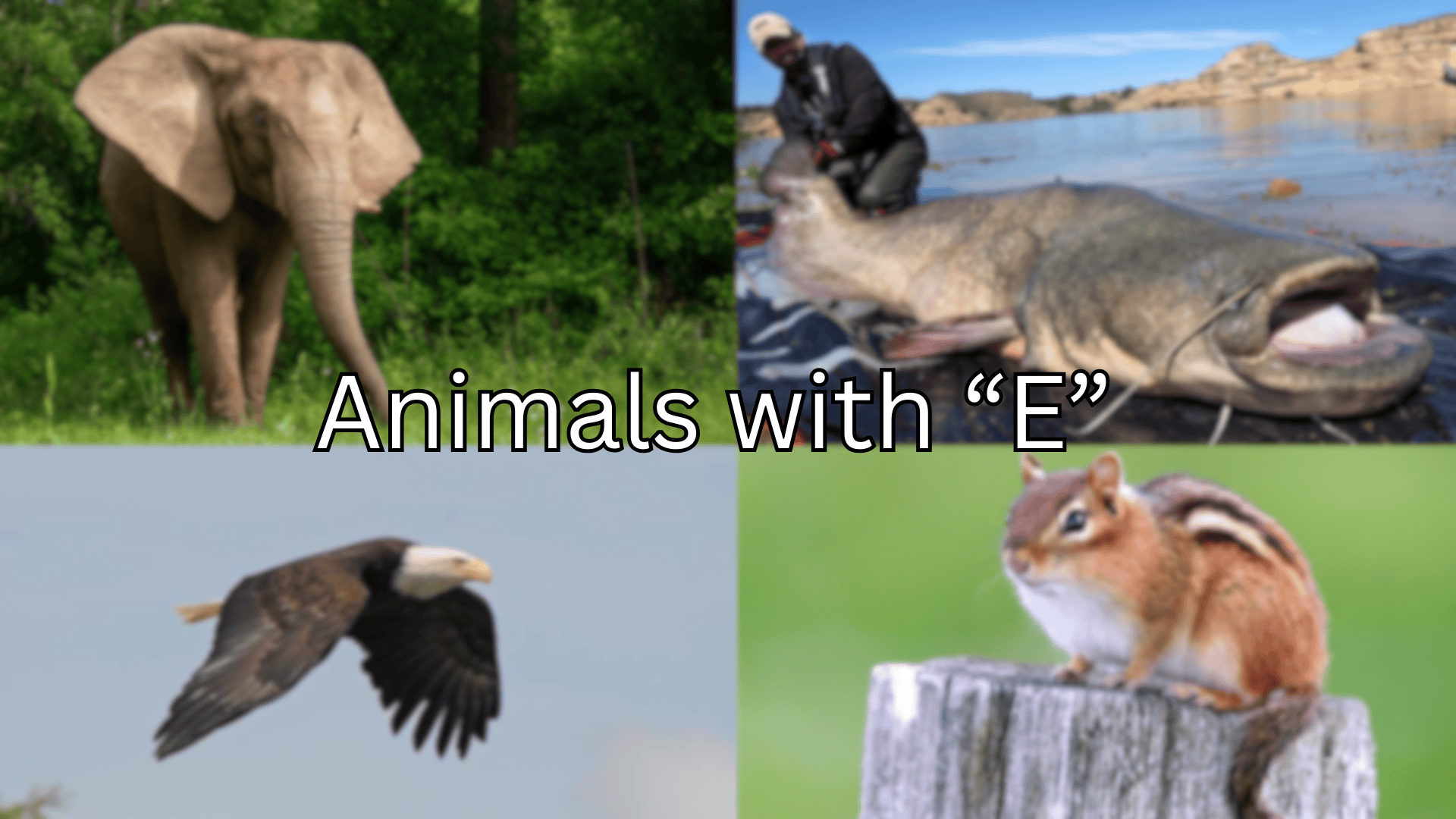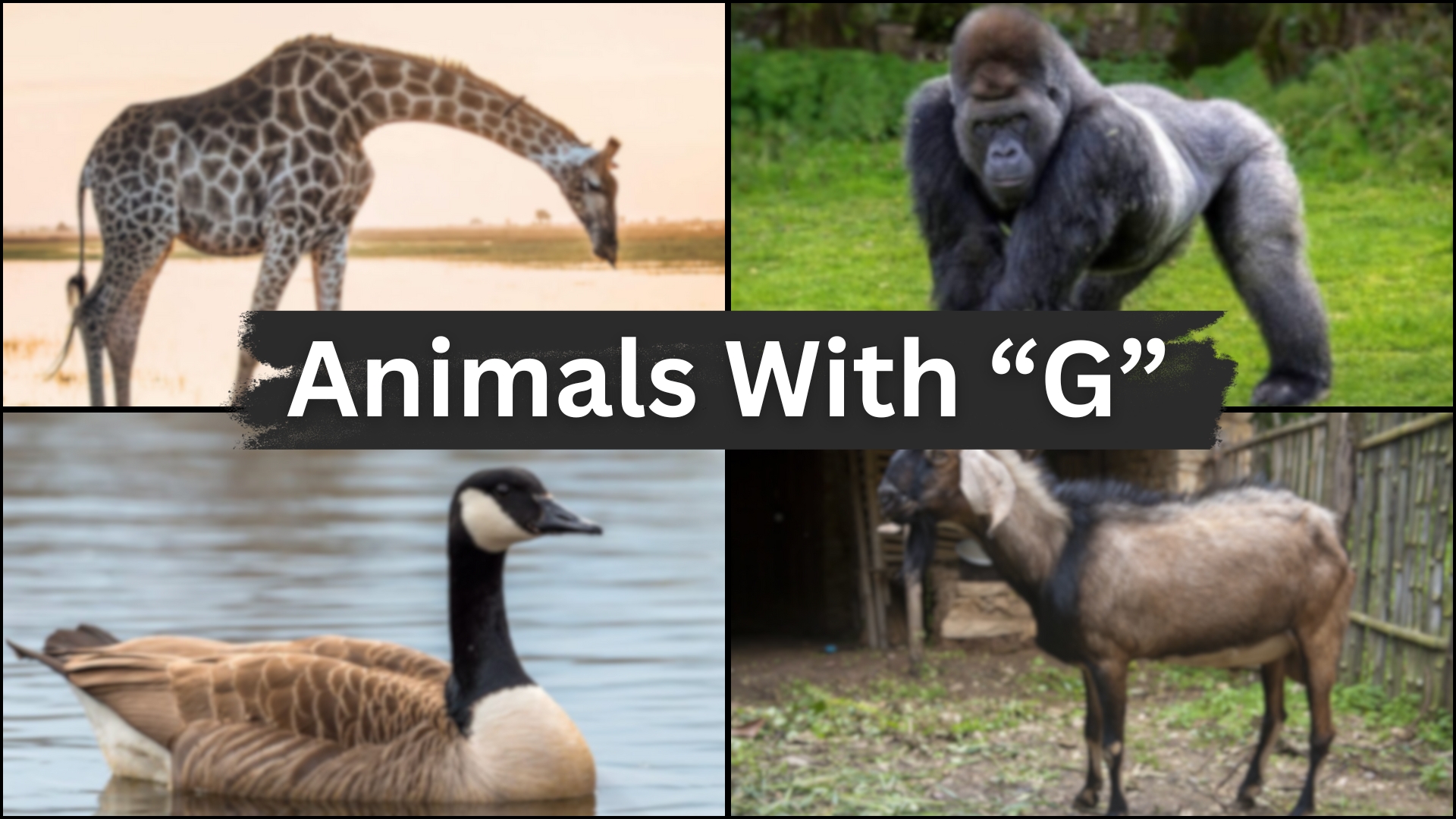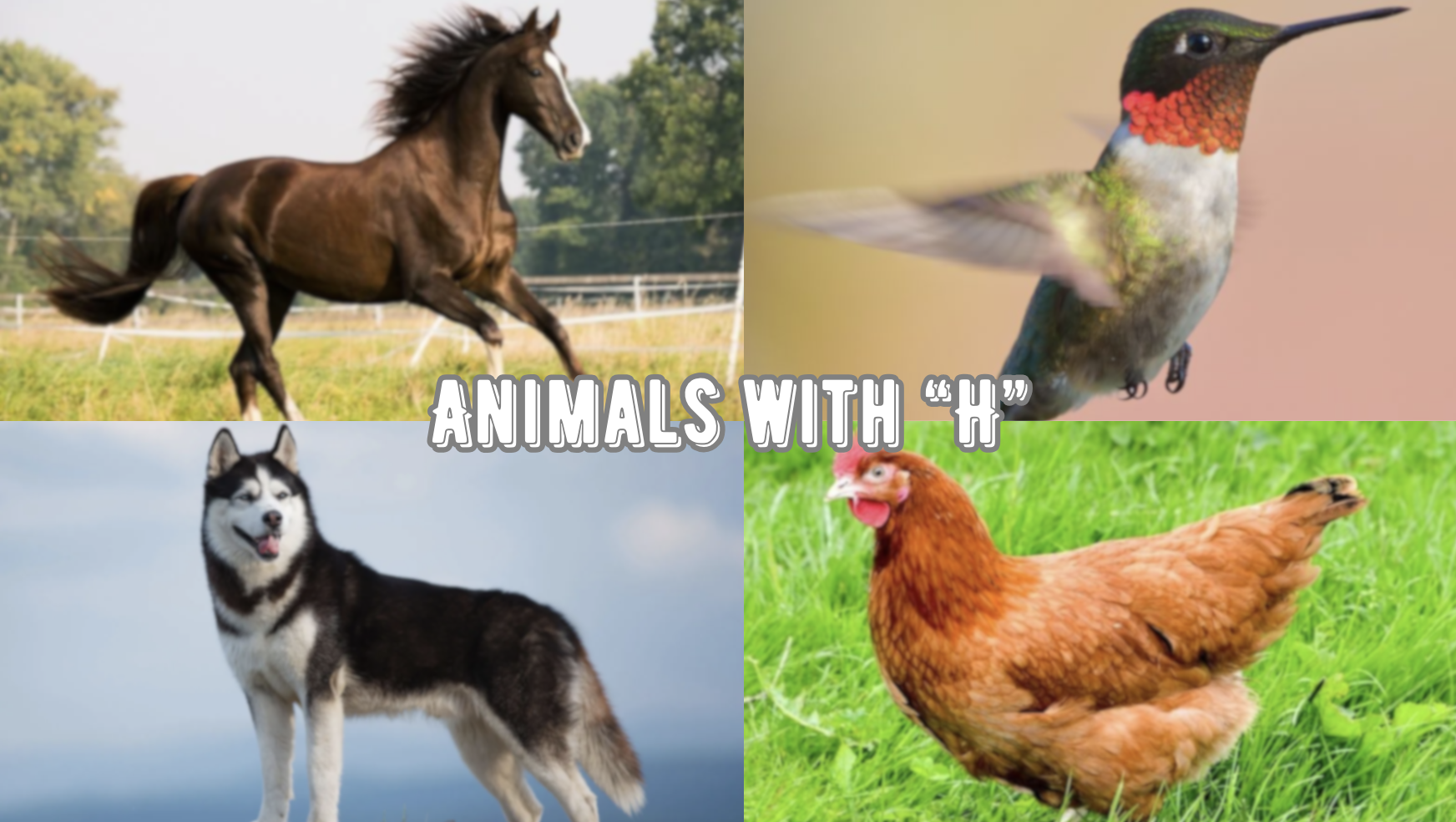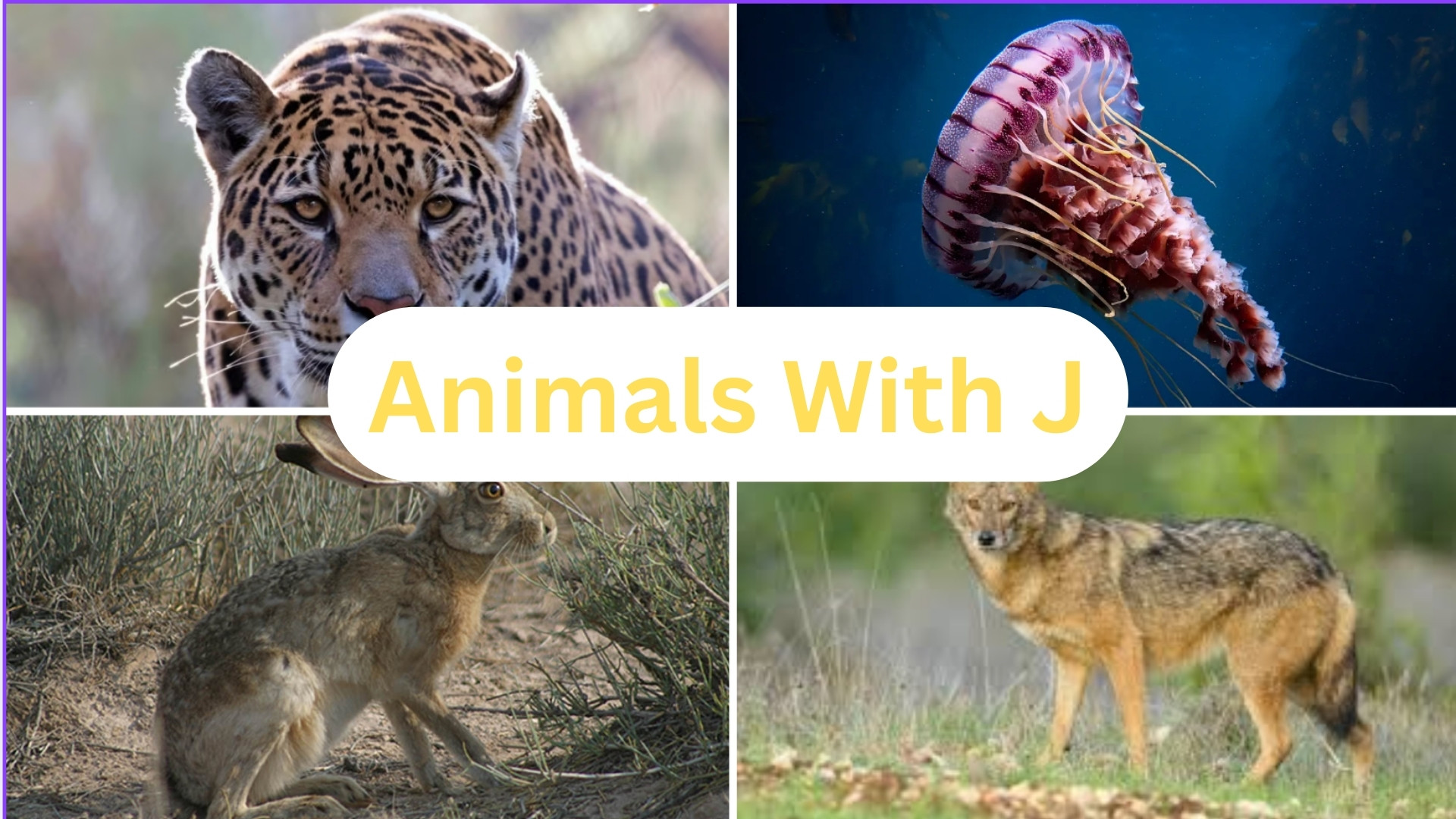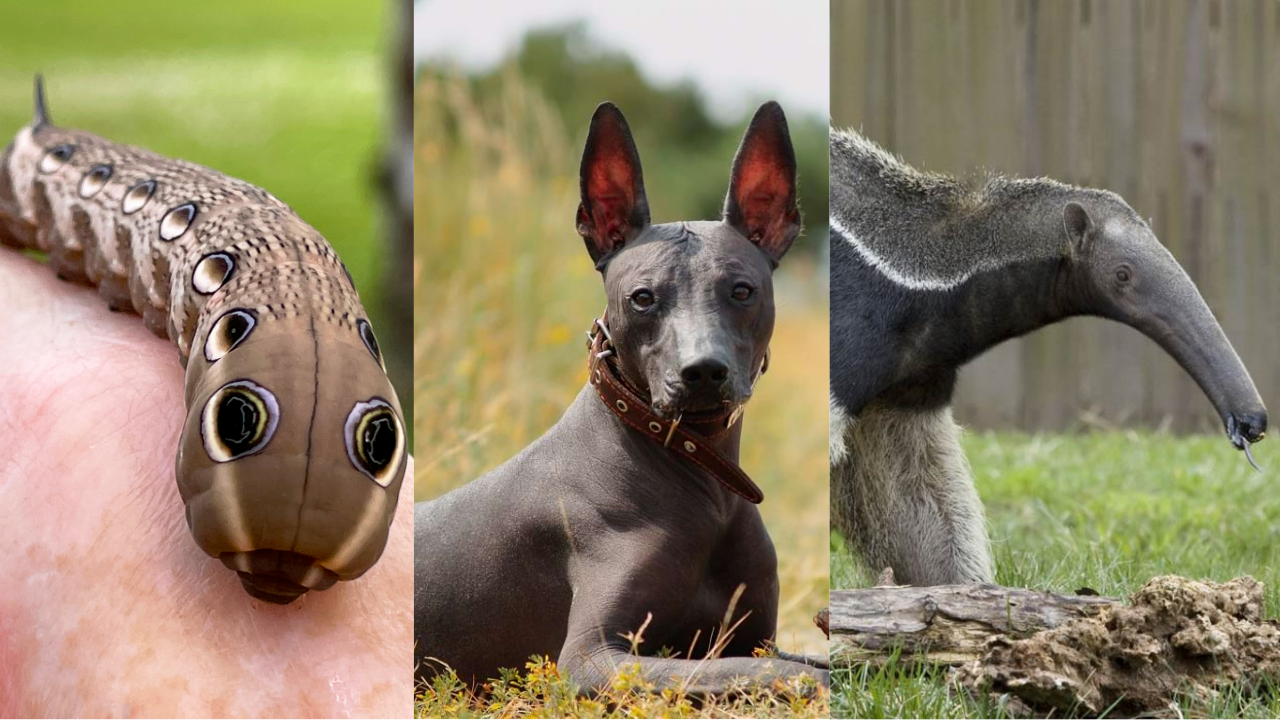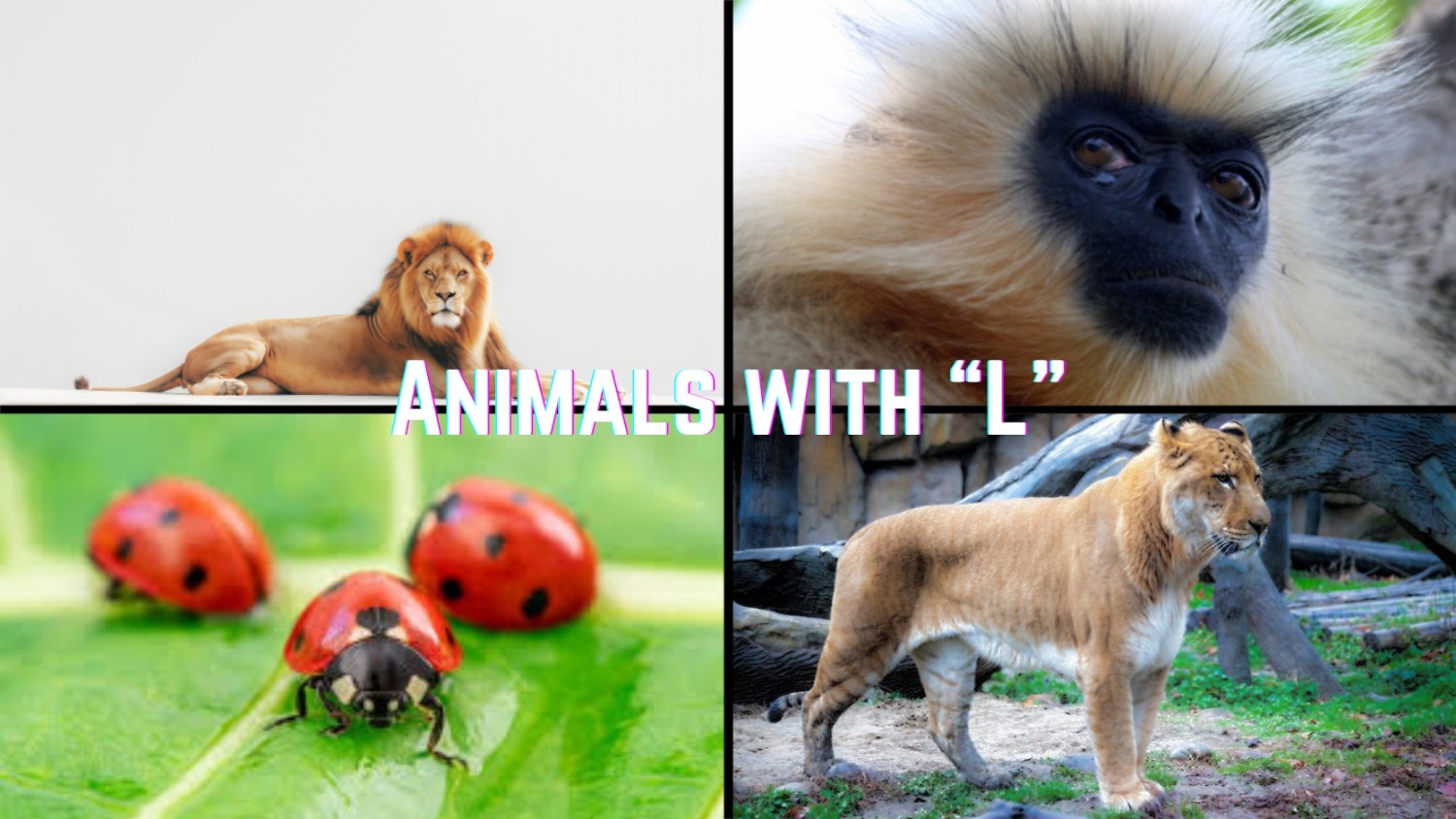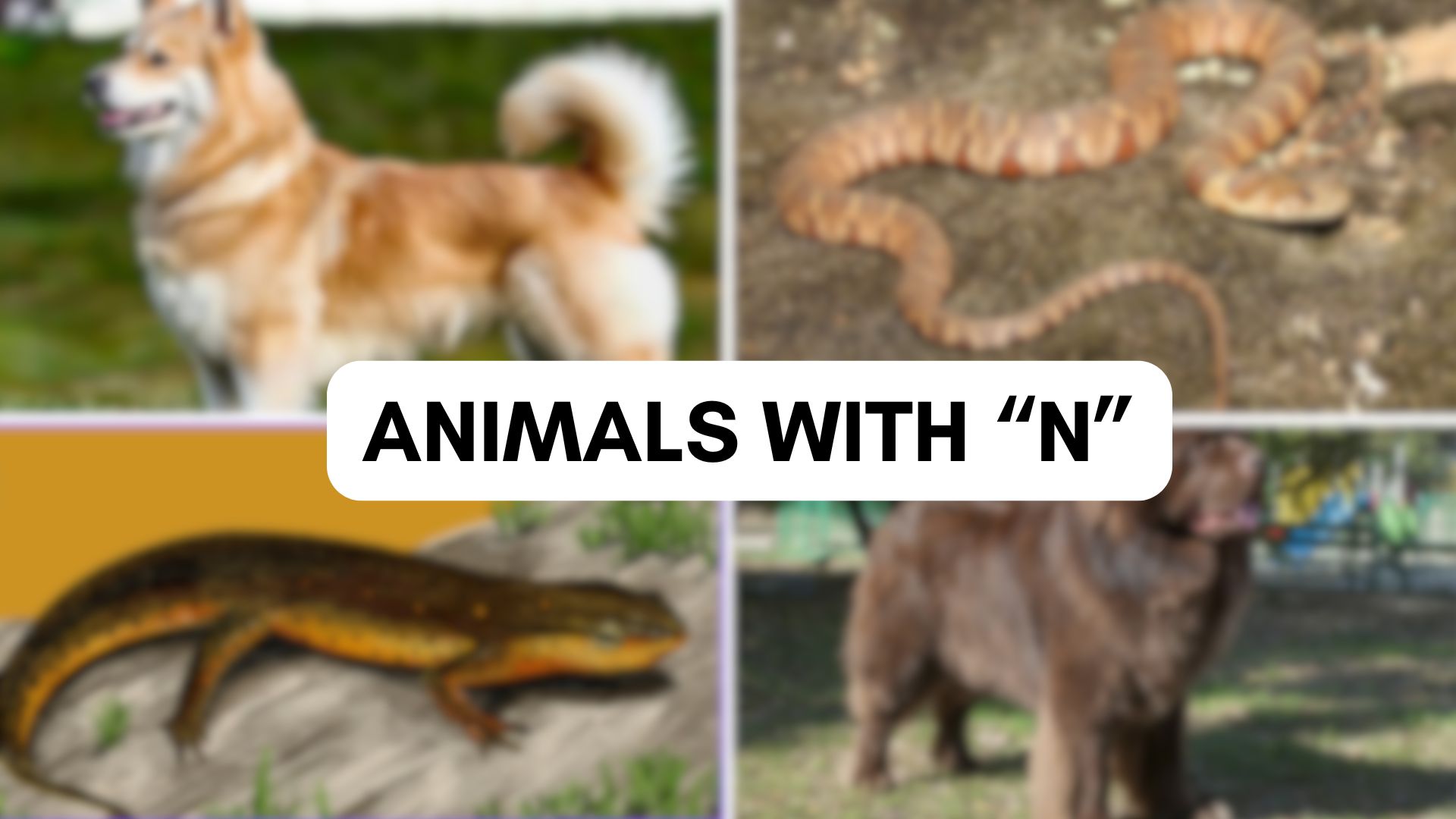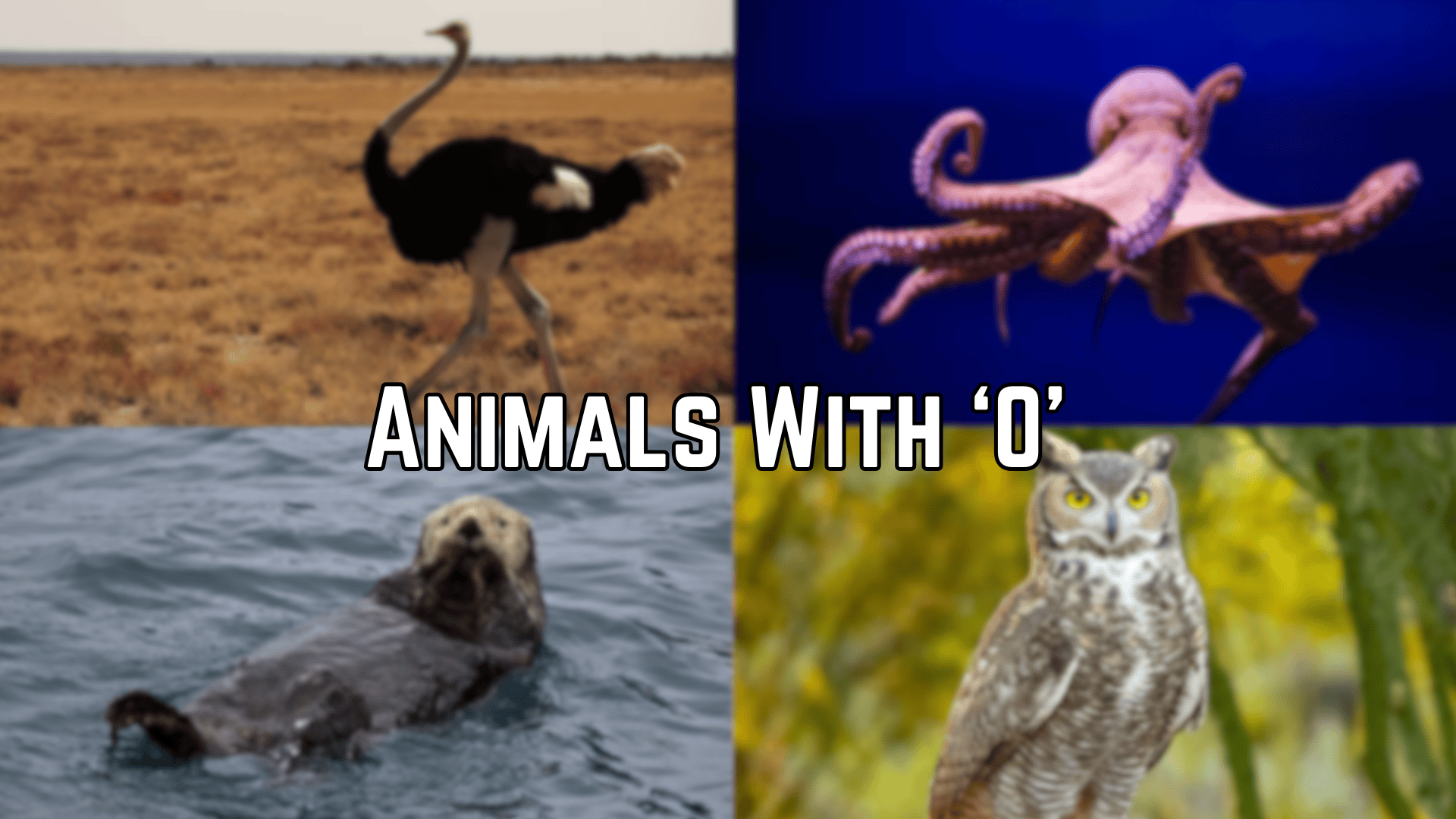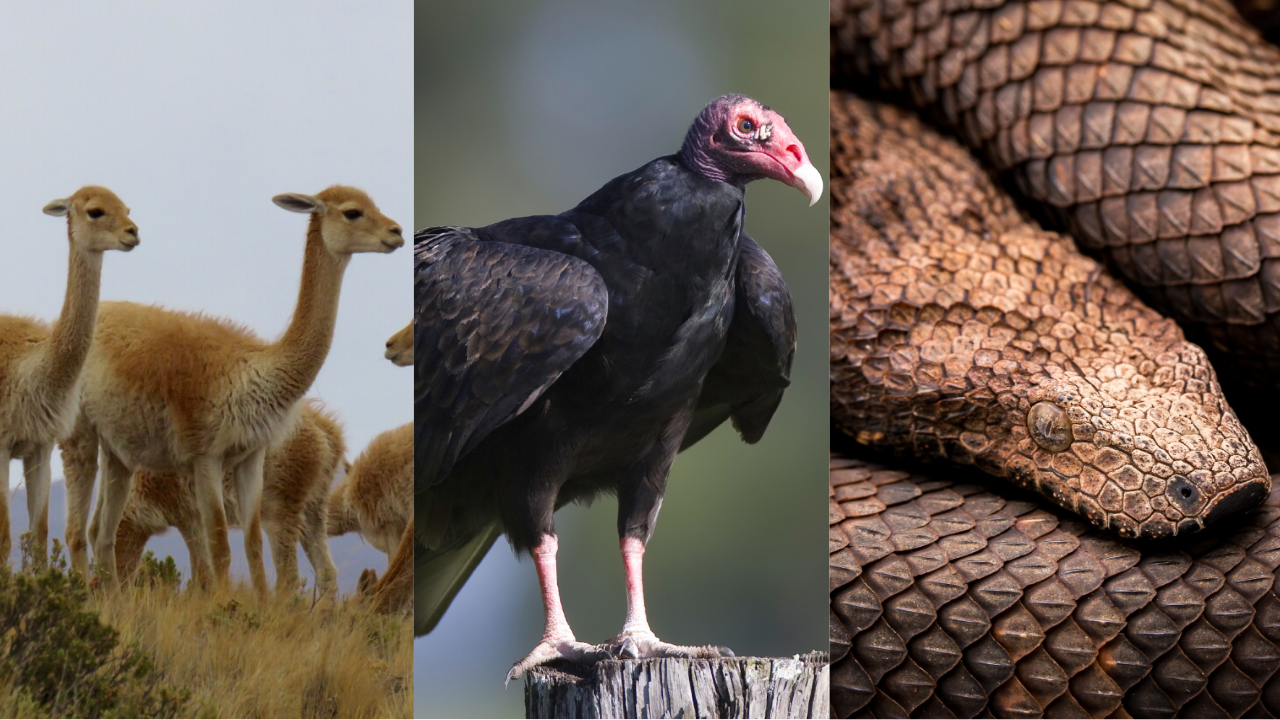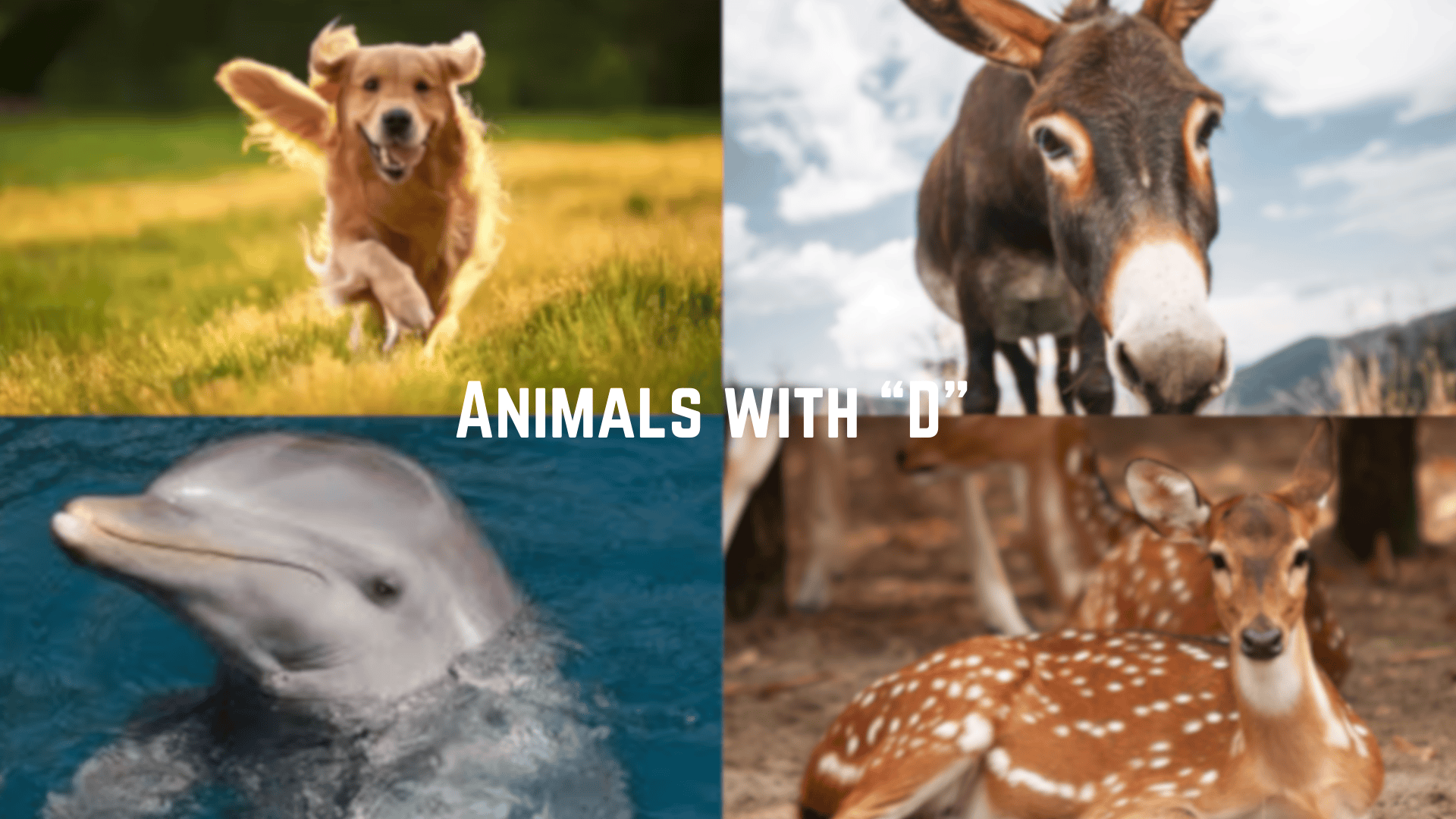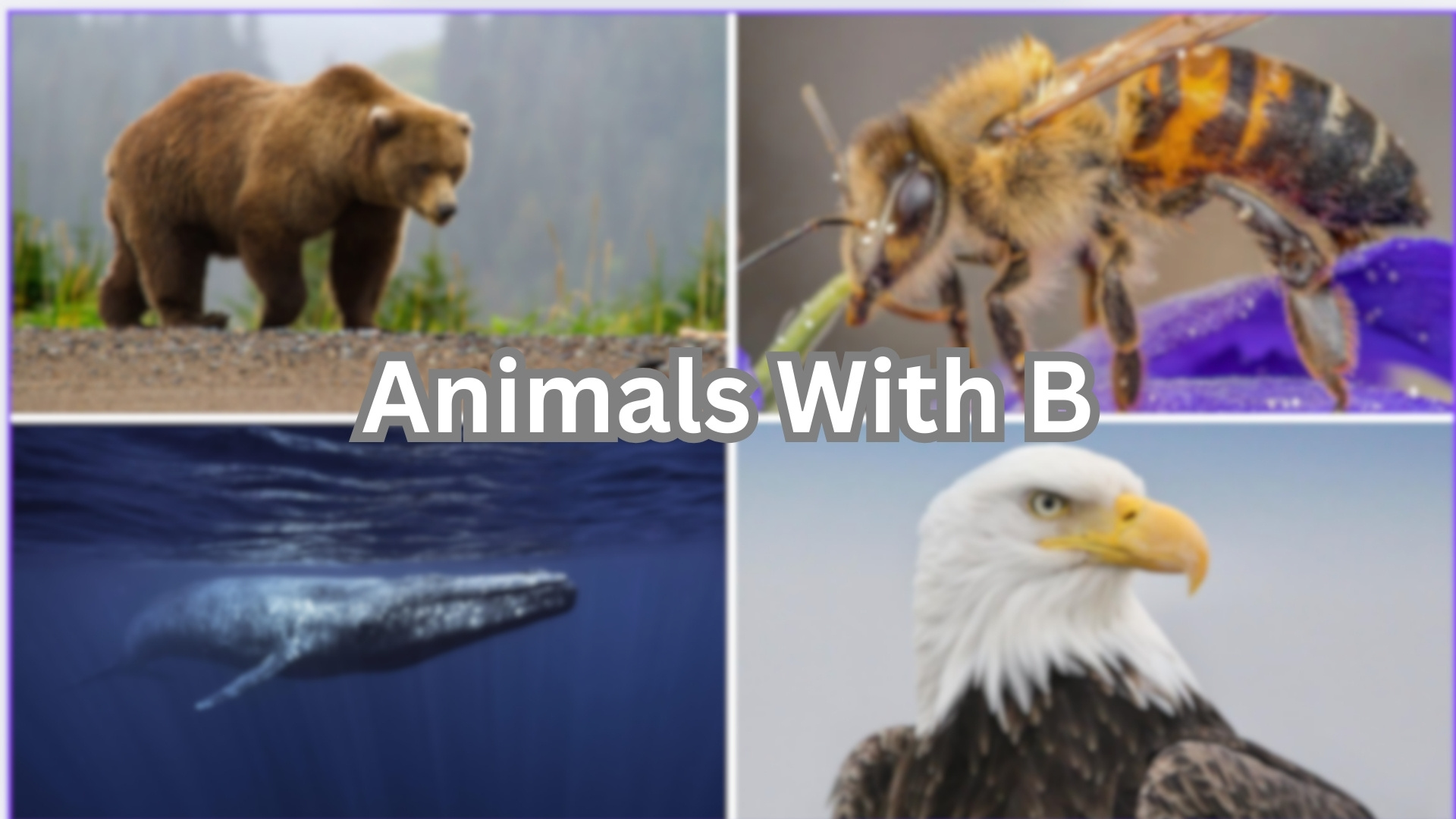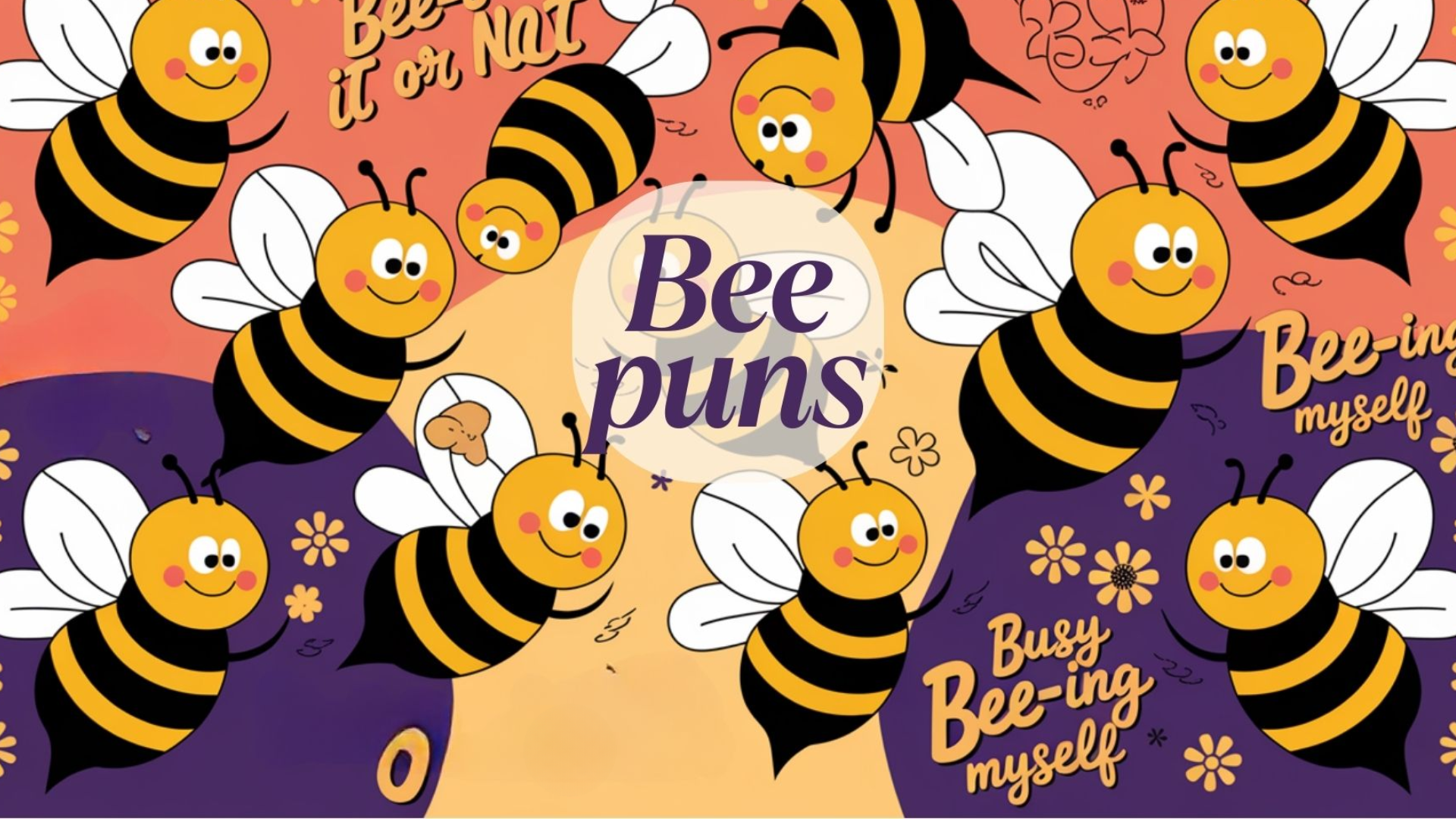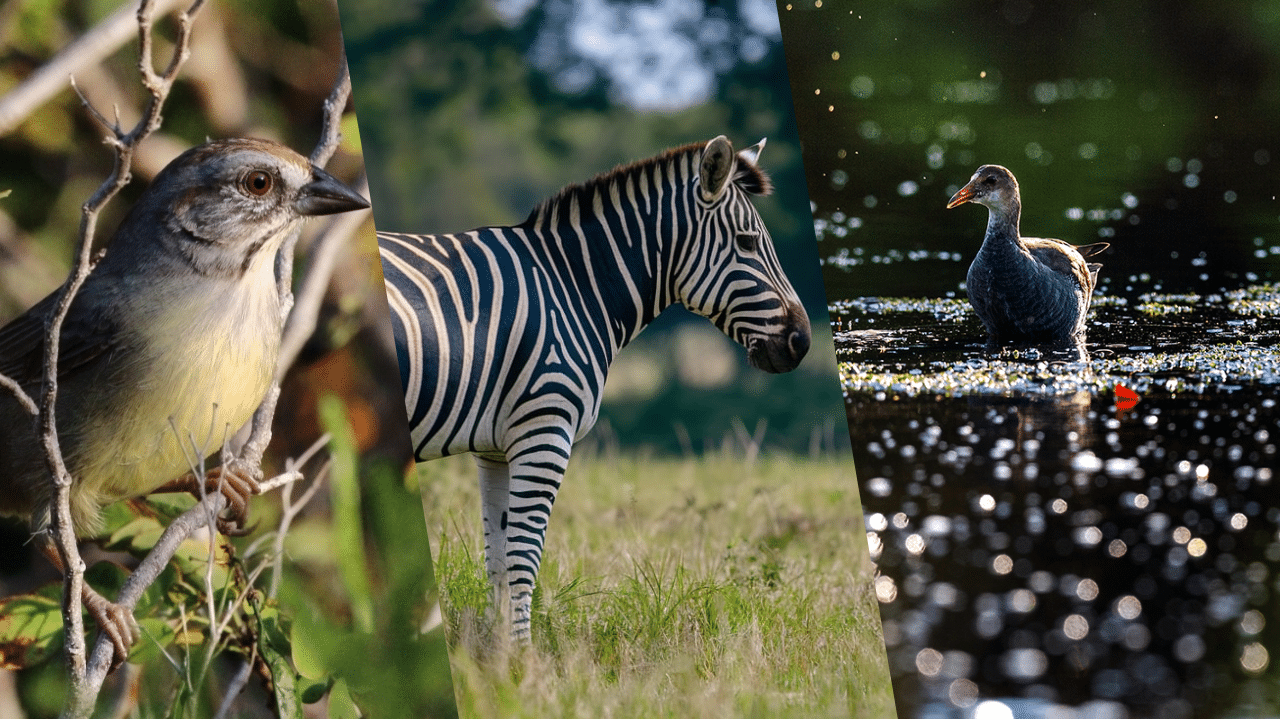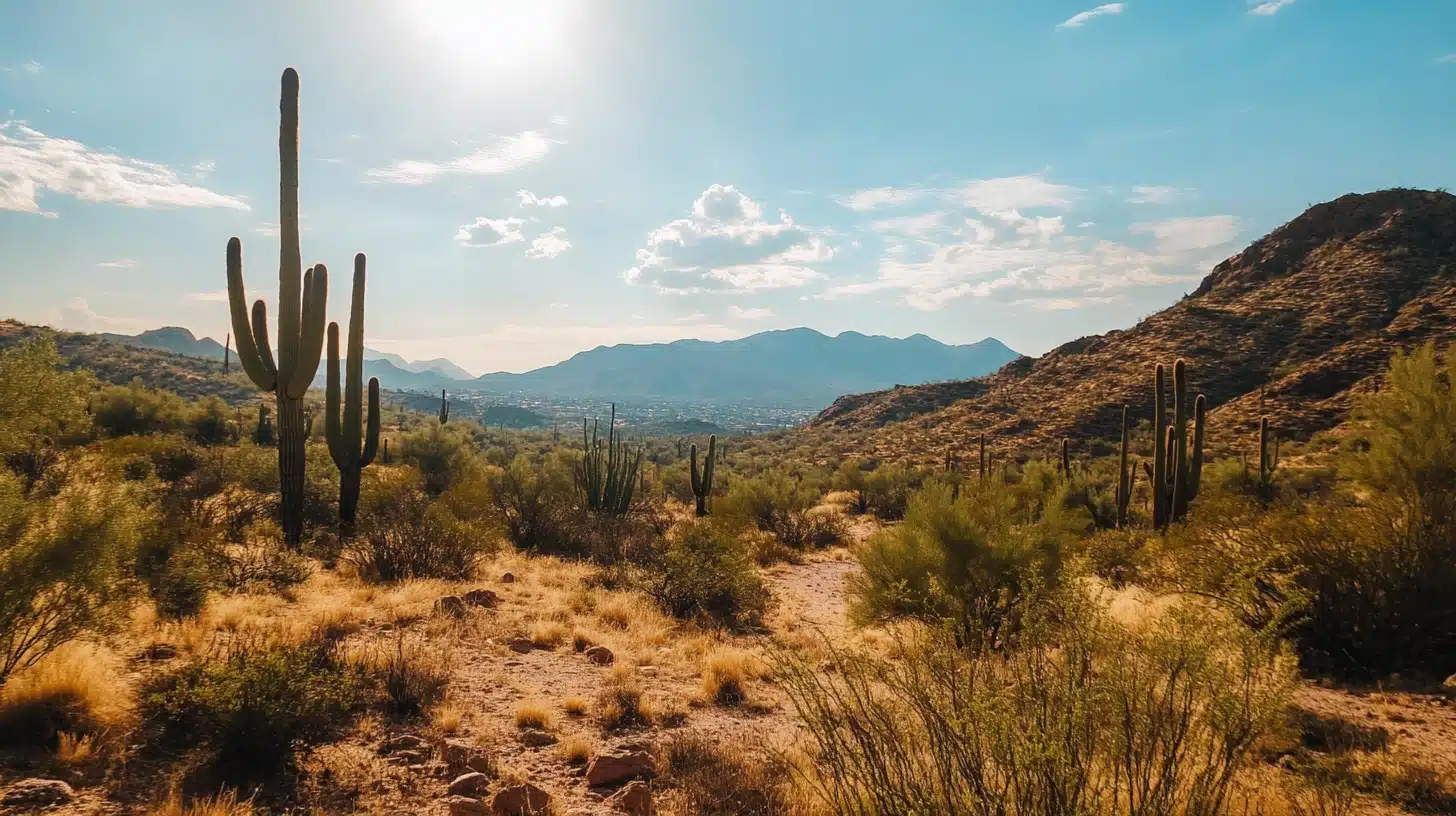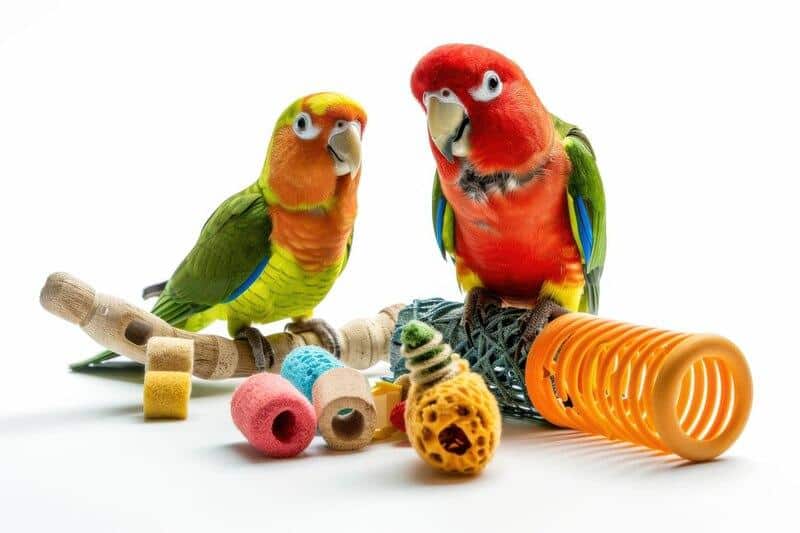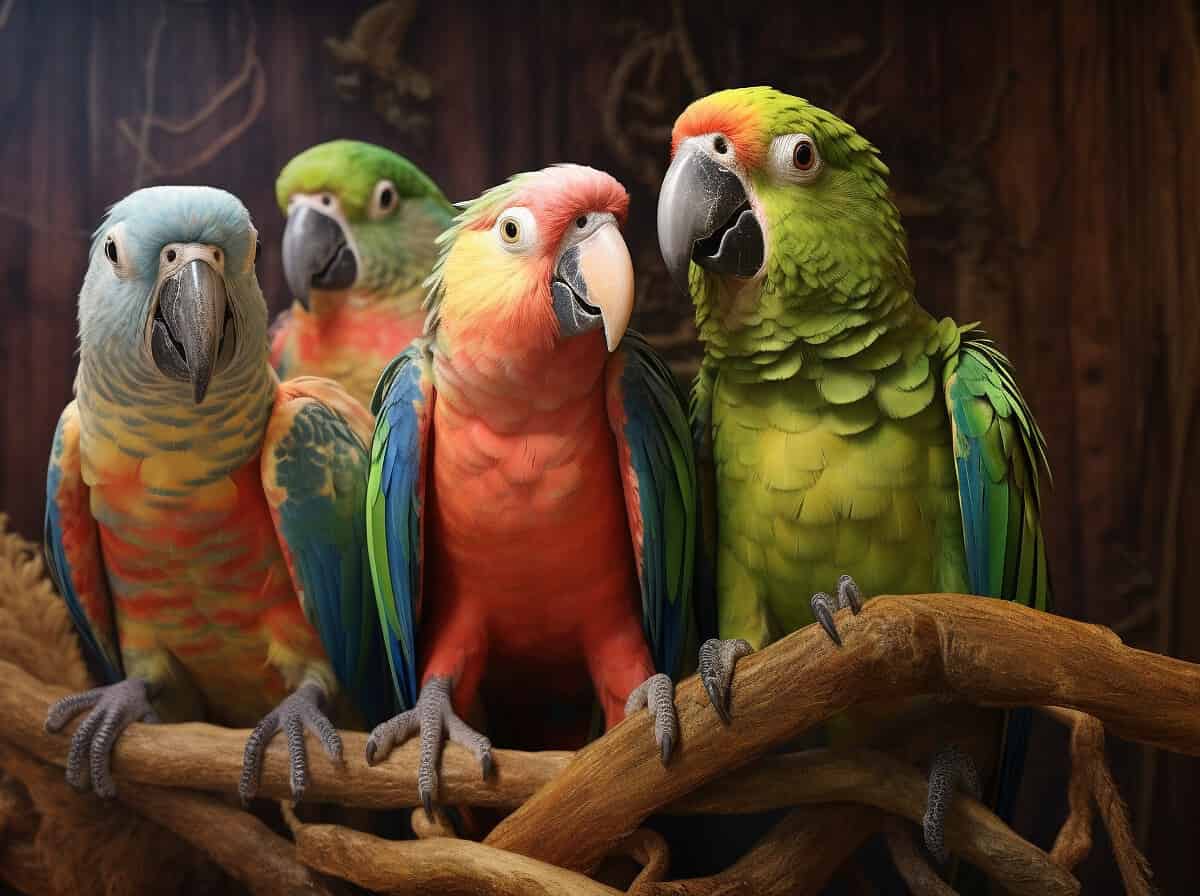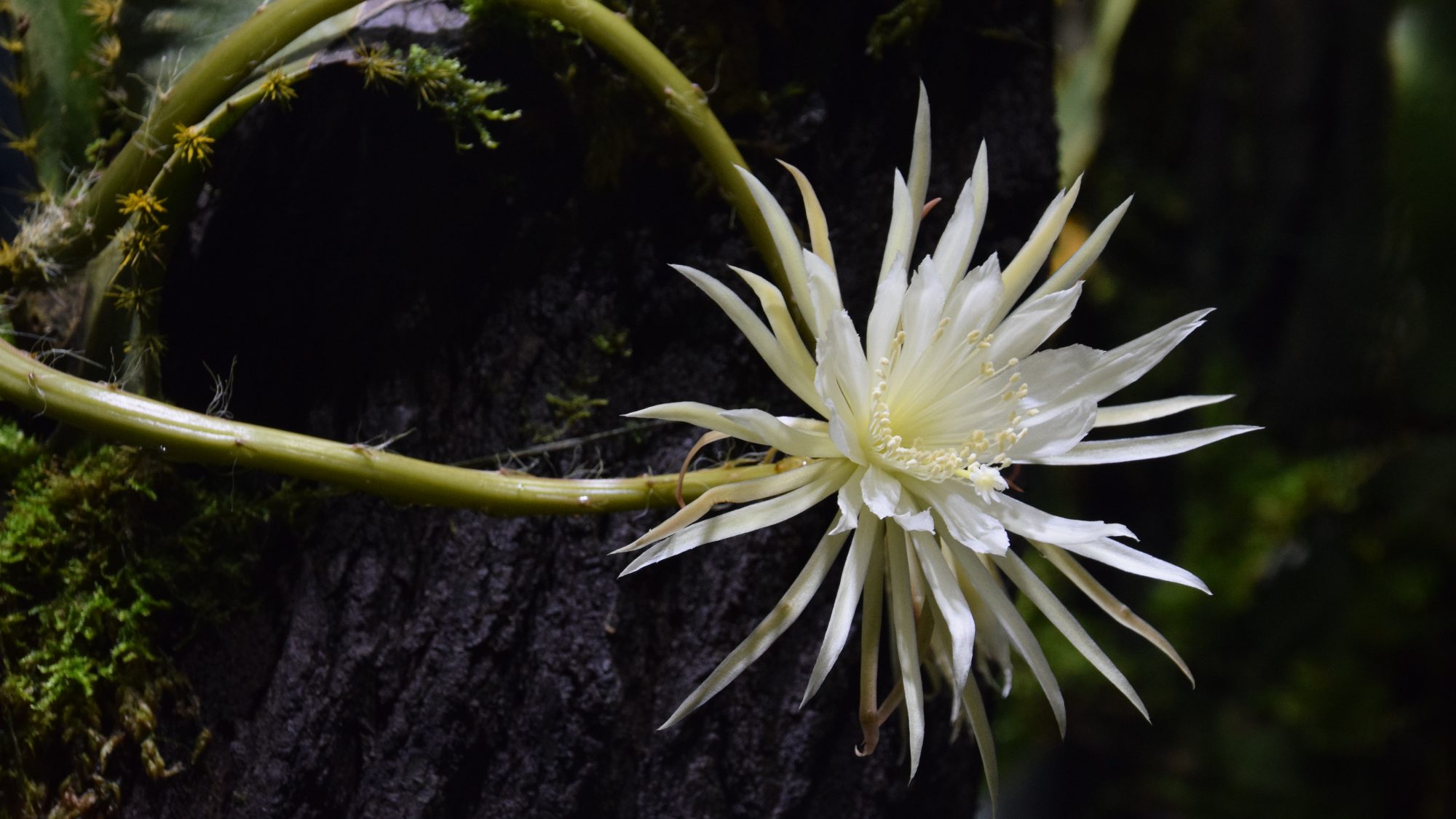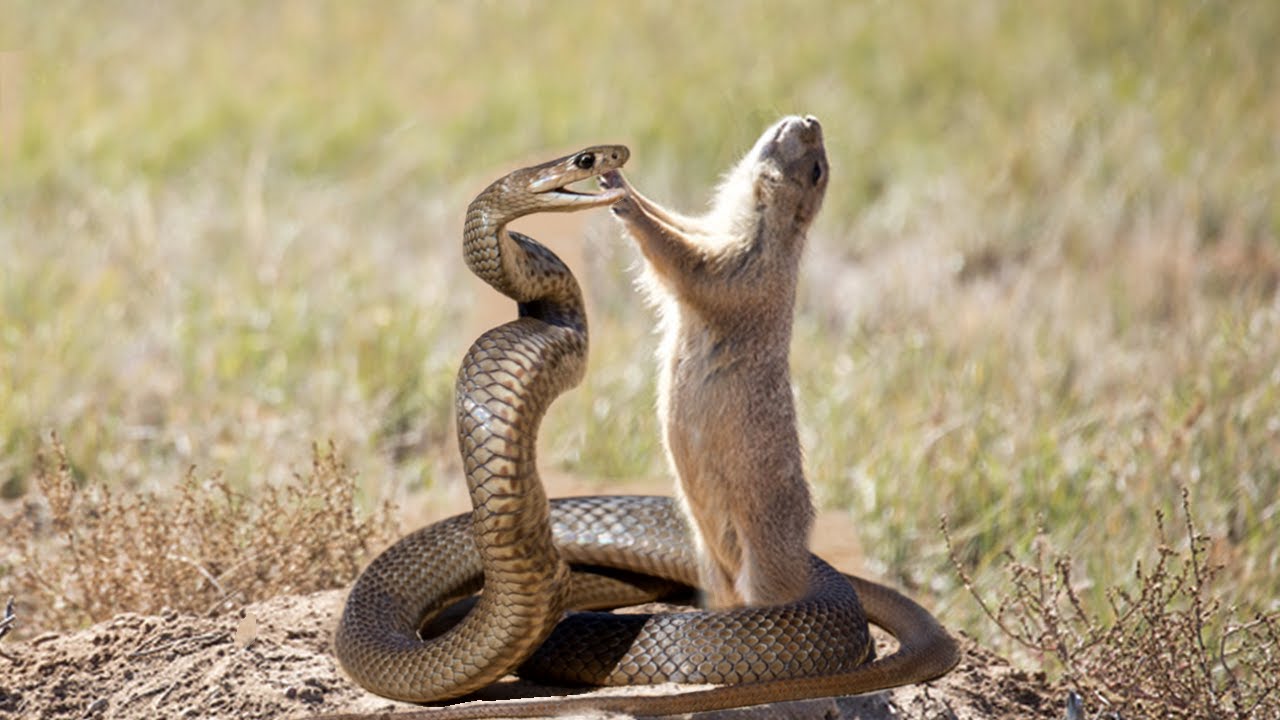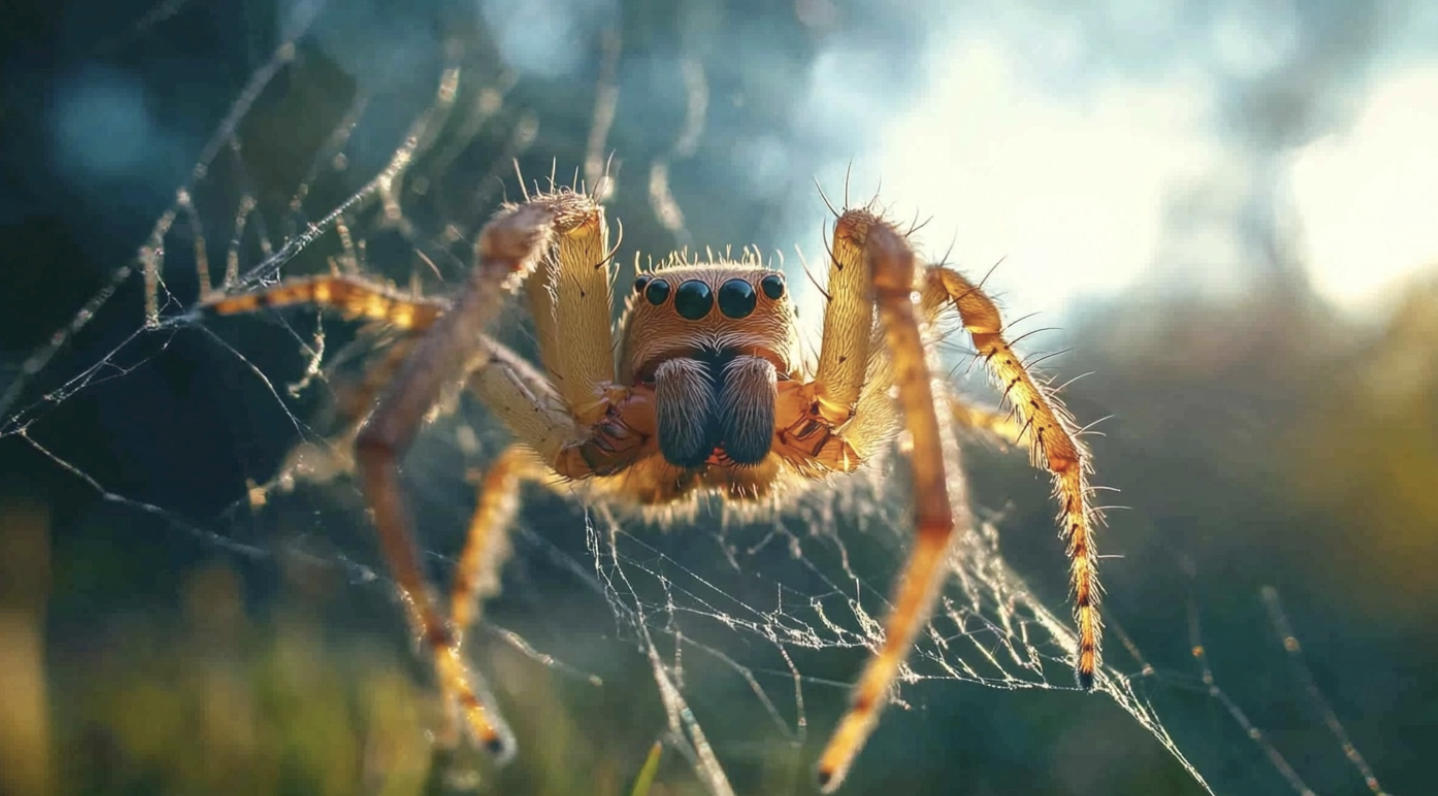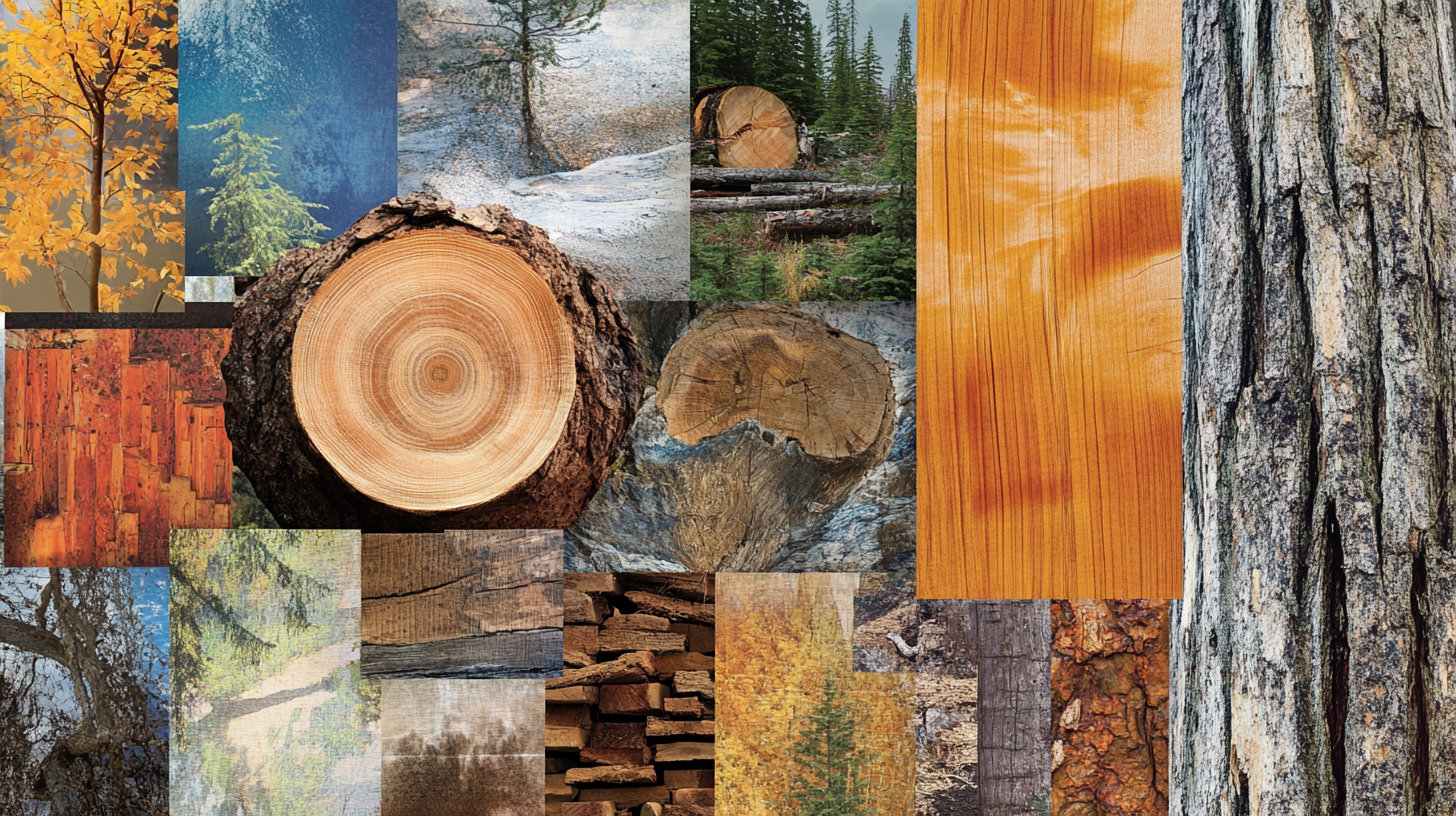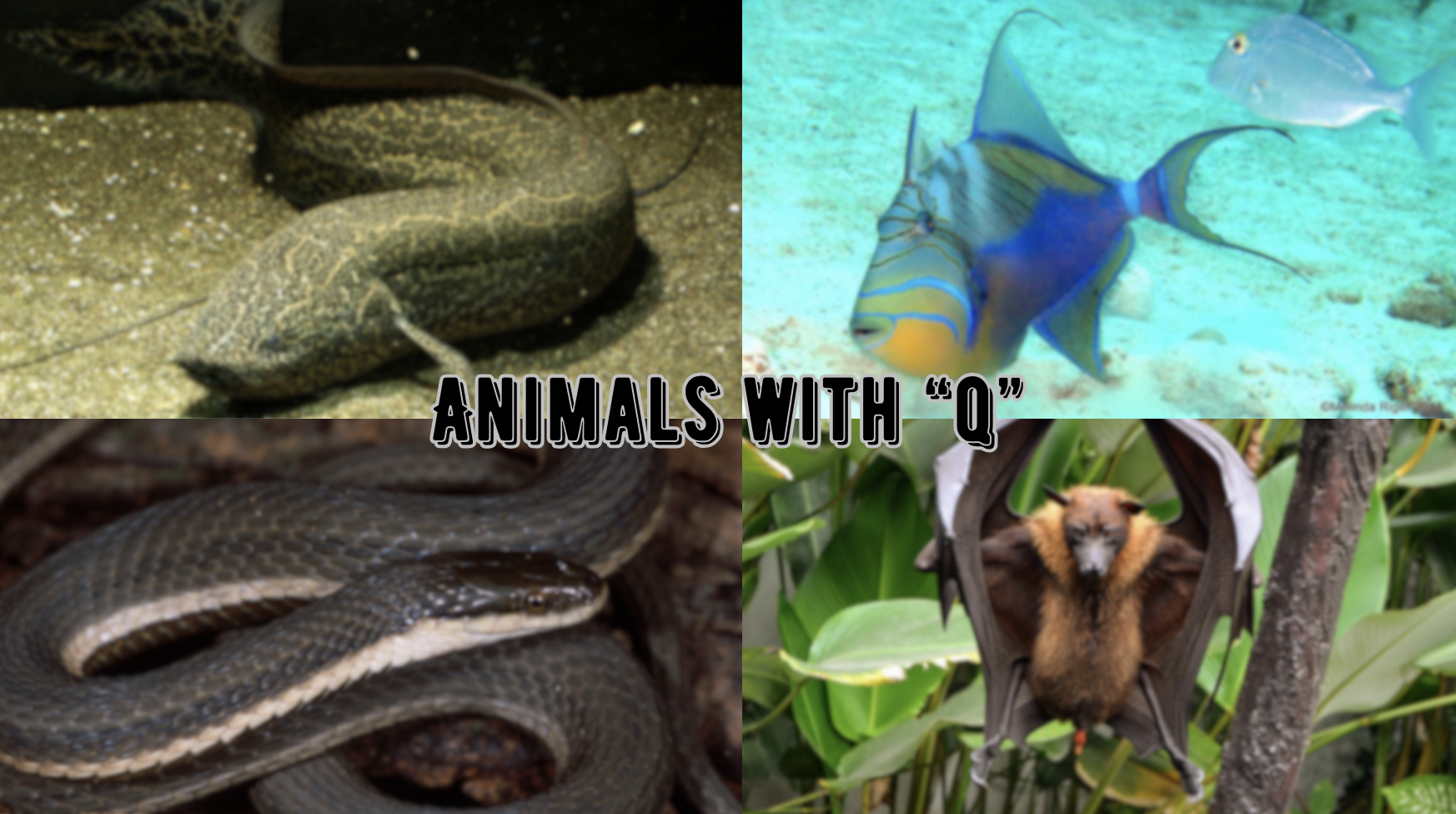
Did you know that the quetzal, a vibrantly colored bird of Central America, symbolizes freedom in many cultures because it cannot survive in captivity?
Our natural world is full of surprising creatures whose names begin with the elusive letter Q, from the communal nest-building quaker parakeets to the prehistoric Queensland lungfish that can breathe both in water and air.
Join in an alphabetical experience as we study these fascinating and often-overlooked members of the animal kingdom.
A List of Animals That Start With the Alphabet “Q”
1. Quail-dove
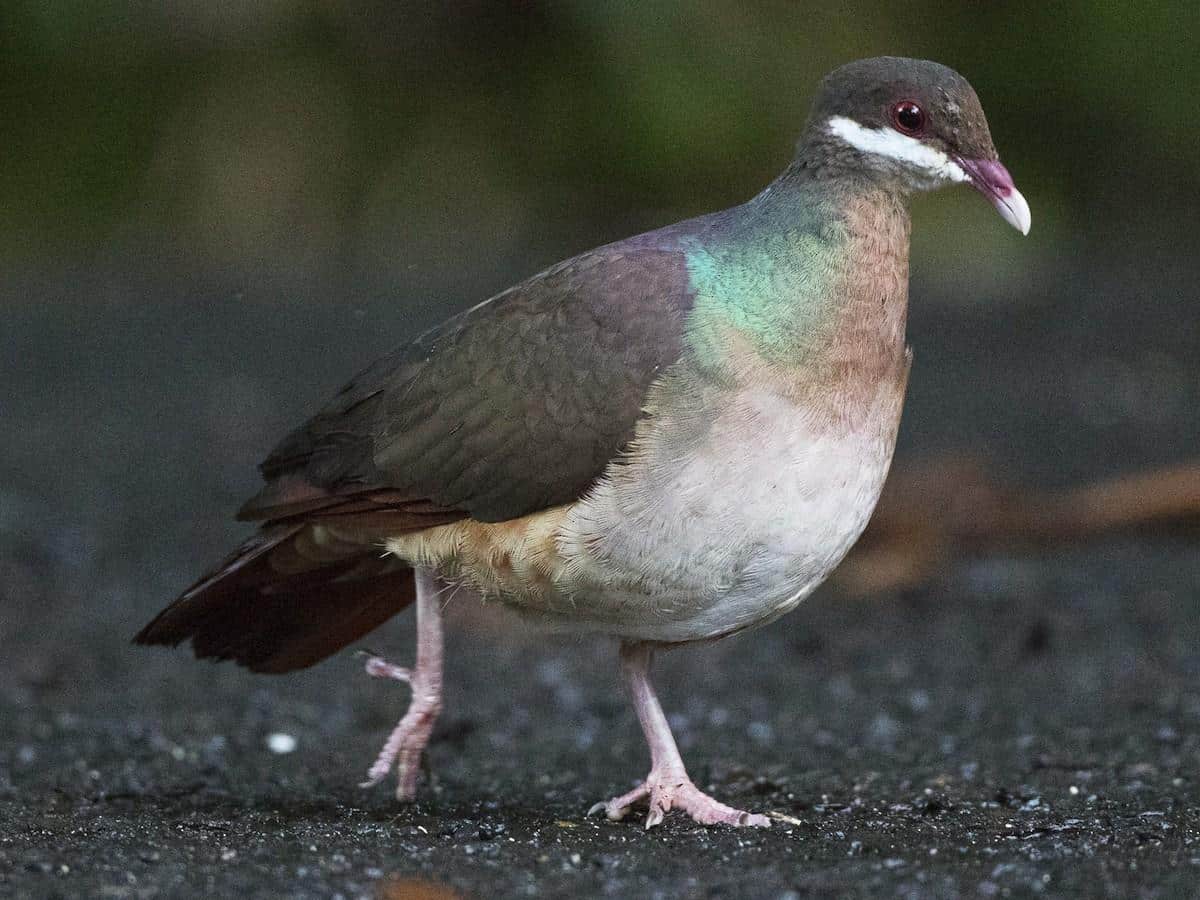
Quail-doves are small, stocky doves found in the Caribbean and Central America. Known for their distinctive, round bodies and soft plumage, these birds are often found in dense, tropical forests.
-
Region of Habitat: Caribbean, Central America
-
Scientific Name: Geotrygon
-
Feeding Habits: They primarily feed on seeds, berries, and fruits found on the forest floor.
-
What Sound They Make: Quail-doves emit soft, cooing sounds, often heard in the morning and evening.
Fun Facts
Quail-doves are known for their shy nature and will often flee when approached by humans, making them difficult to observe.
2. Quail-plover
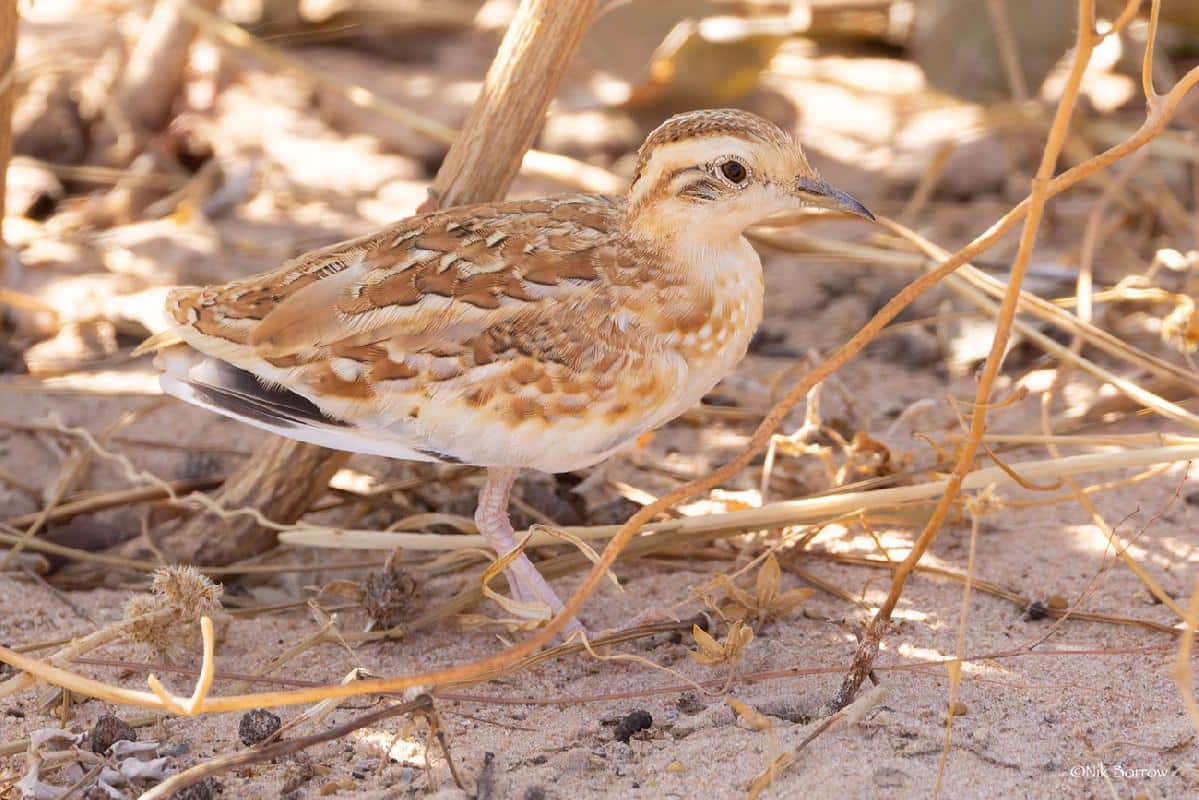
The quail-plover is a small, stout bird found in the Sahel region of Africa. Despite its name, it’s neither a true quail nor a plover, but it shares features of both.
-
Region of Habitat: Sahel region, Africa
-
Scientific Name: Ortyxelos meiffrenii
-
Feeding Habits: It feeds on insects and seeds, primarily foraging on the ground.
-
What Sound They Make: They produce a series of soft whistles and clucks.
Fun Facts
This bird is known for its unique behavior of running rather than flying when startled, often moving in short bursts.
3. Quailfinch
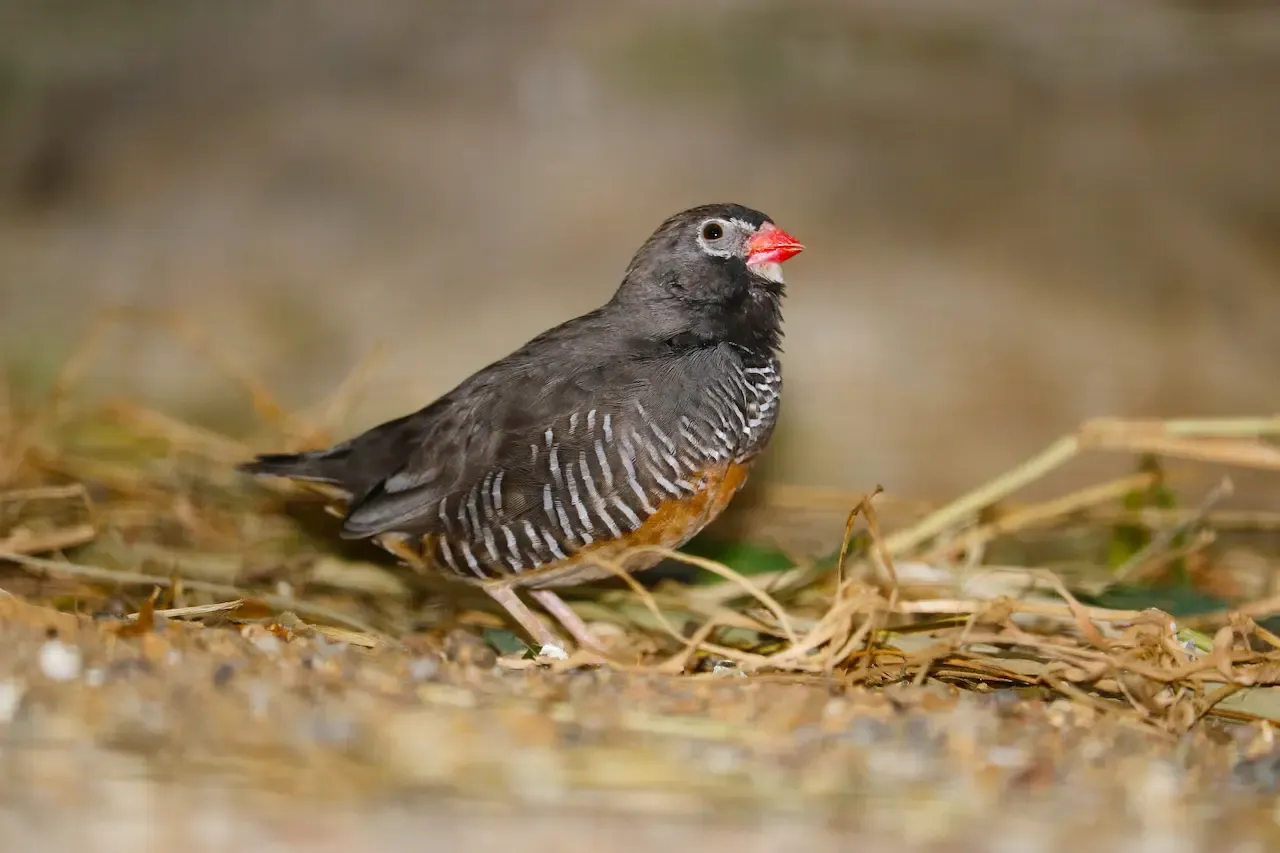
Quailfinches are small, sparrow-like birds found in the forests of West Africa. They have vibrant plumage and are known for their energetic and social nature.
-
Region of Habitat: West Africa
-
Scientific Name: Ortygospiza atricollis
-
Feeding Habits: They primarily feed on seeds and grains found in the grass and low shrubs.
-
What Sound They Make: They have a high-pitched chirp that they use to communicate in flocks.
Fun Facts
Quailfinches are often kept as pets due to their colorful plumage and pleasant singing.
4. Quaker parakeet
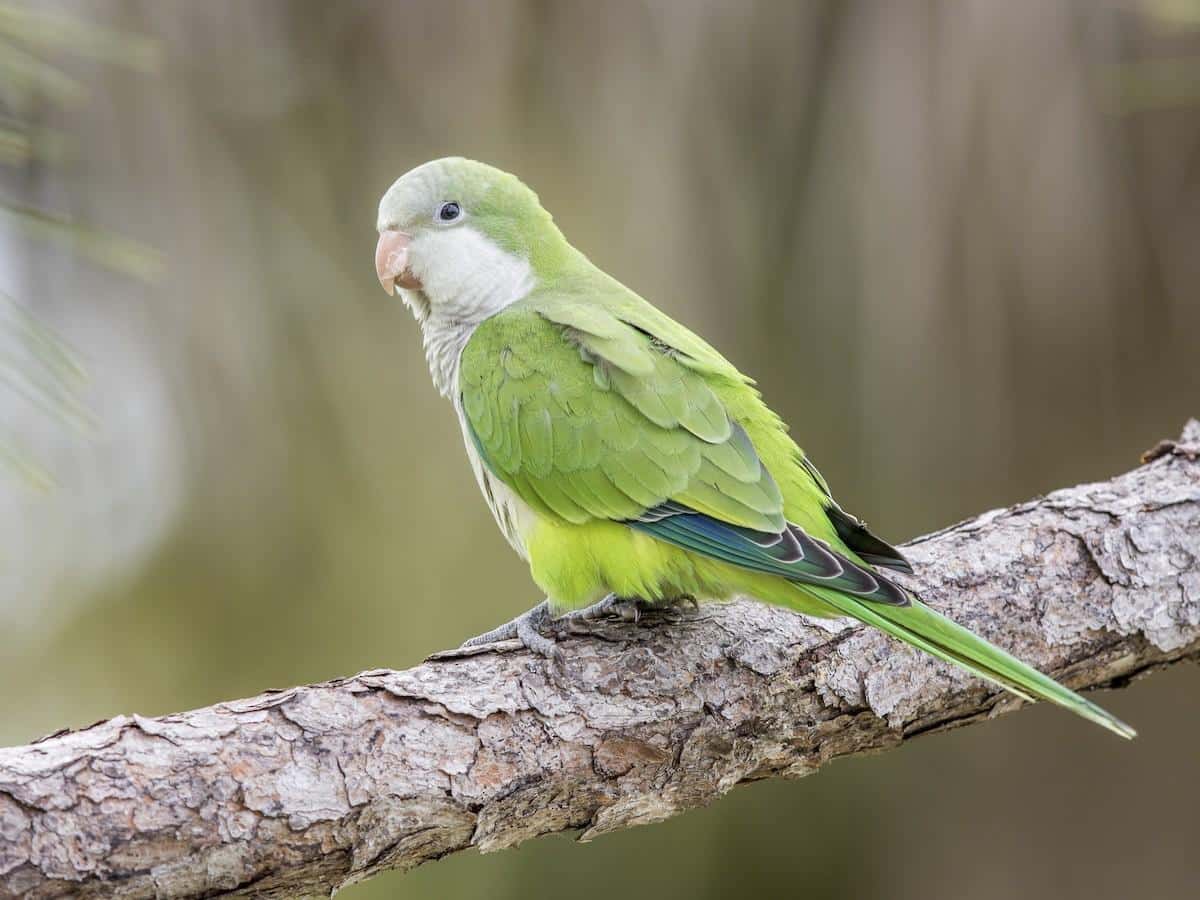
Quaker parakeets, also known as monk parakeets, are medium-sized parrots native to South America. They are known for their social nature and ability to mimic human speech.
-
Region of Habitat: South America
-
Scientific Name: Myiopsitta monachus
-
Feeding Habits: Quaker parakeets feed on seeds, fruits, and vegetables, often found in large flocks.
-
What Sound They Make: They make loud, chattering sounds, often mimicking other birds and even human speech.
Fun Facts
Quaker parakeets are unique among parrots for building communal nests, which can house multiple breeding pairs.
5. Quandong moth
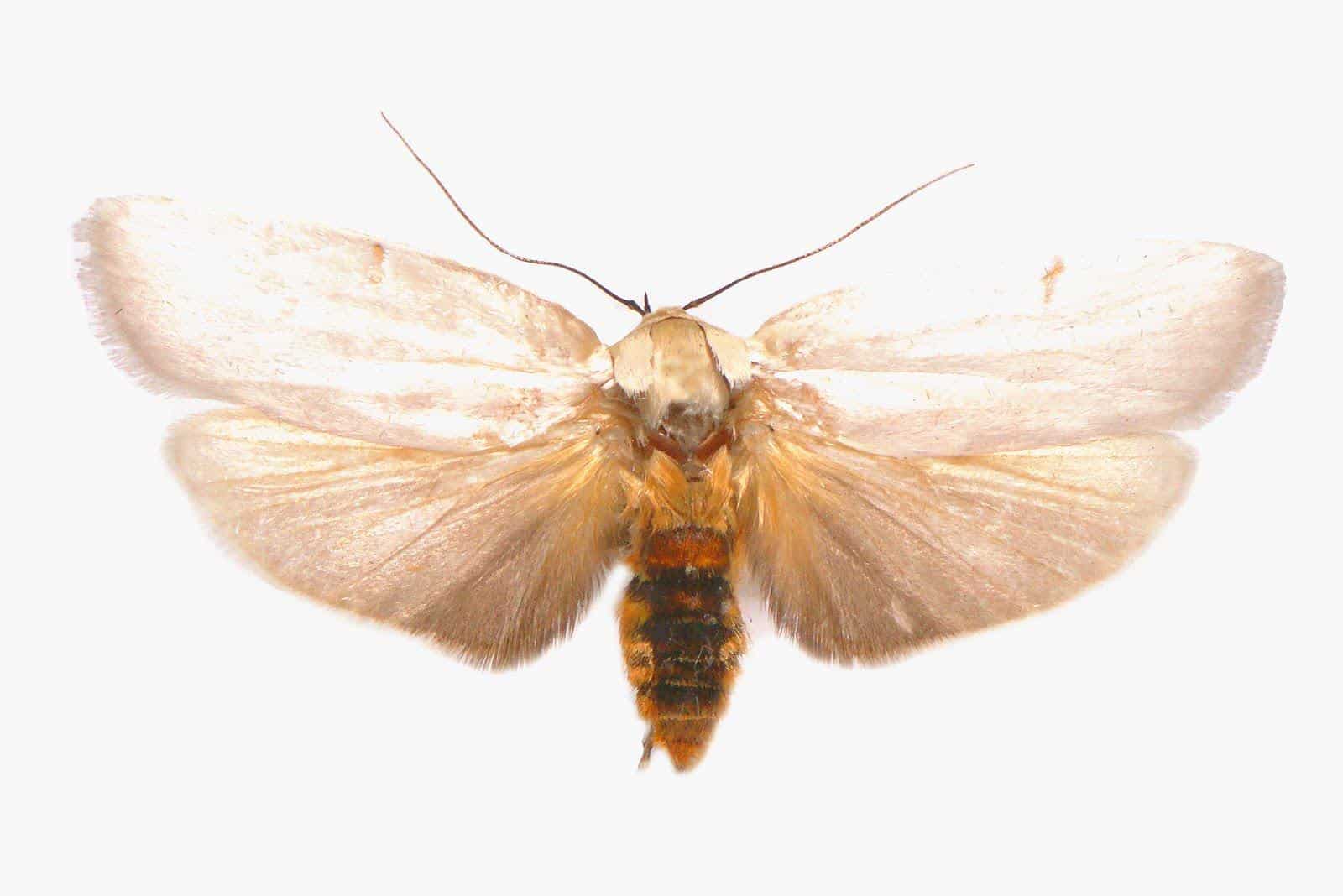
The quandong moth is a large, nocturnal insect found in the forests of Australia. Its larvae feed on the leaves of native quandong trees.
-
Region of Habitat: Australia
-
Scientific Name: Hypomecis punctinalis
-
Feeding Habits: The larvae feed on the leaves of the quandong tree, while the adults primarily drink nectar.
-
What Sound They Make: Quandong moths are silent, though their wings create a faint rustling sound during flight.
Fun Facts
The quandong moth’s larvae are an important part of the ecosystem, helping to control the growth of certain plant species.
6. Quetzal
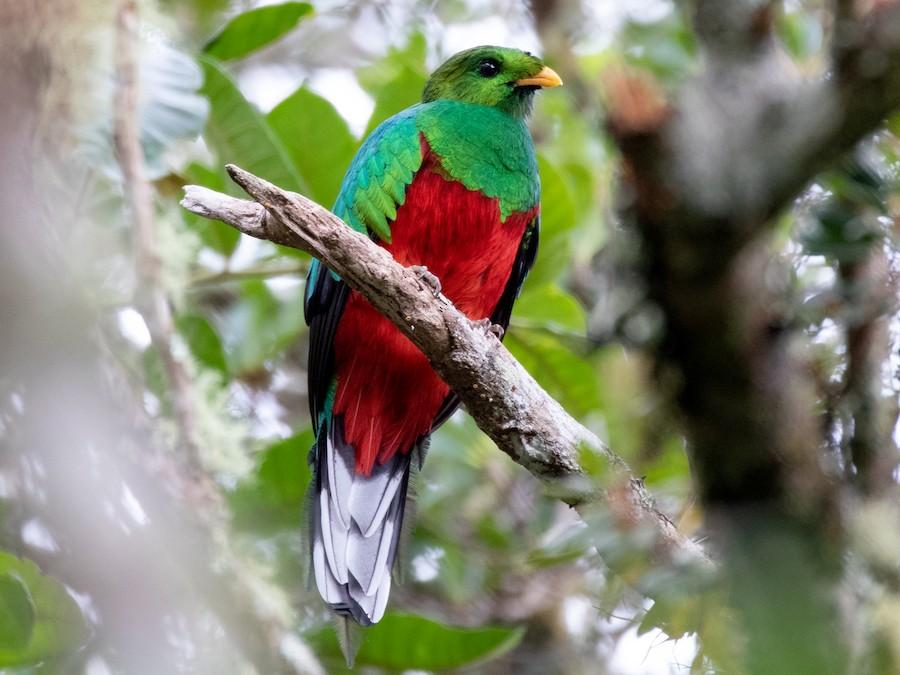
The quetzal is a brightly colored bird found in the tropical forests of Central America. It is famous for its vibrant green and red feathers and its long tail feathers.
-
Region of Habitat: Central America
-
Scientific Name: Pharomachrus mocinno
-
Feeding Habits: Quetzals feed on fruits, particularly wild avocados and berries, as well as insects.
-
What Sound They Make: They make a variety of calls, including whistles and chattering sounds.
Fun Facts
The quetzal is considered sacred in many cultures, symbolizing freedom due to its inability to live in captivity.
7. Queleas (weaver birds)
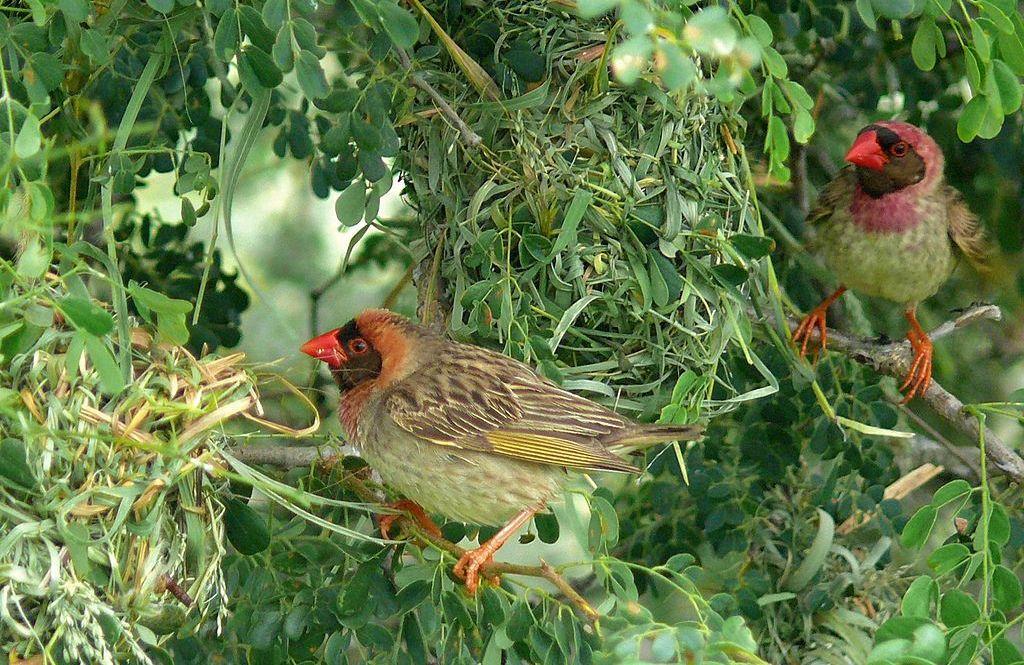
Queleas are small passerine birds found in sub-Saharan Africa. They are known for their large, sociable colonies and their impressive nest-building abilities.
-
Region of Habitat: Sub-Saharan Africa
-
Scientific Name: Quelea quelea
-
Feeding Habits: They primarily feed on seeds, particularly grass seeds.
-
What Sound They Make: Queleas make high-pitched, continuous chattering sounds in their large flocks.
Fun Facts
Queleas are considered one of the most numerous bird species in the world, with flocks sometimes reaching millions of birds.
8. Queen angelfish
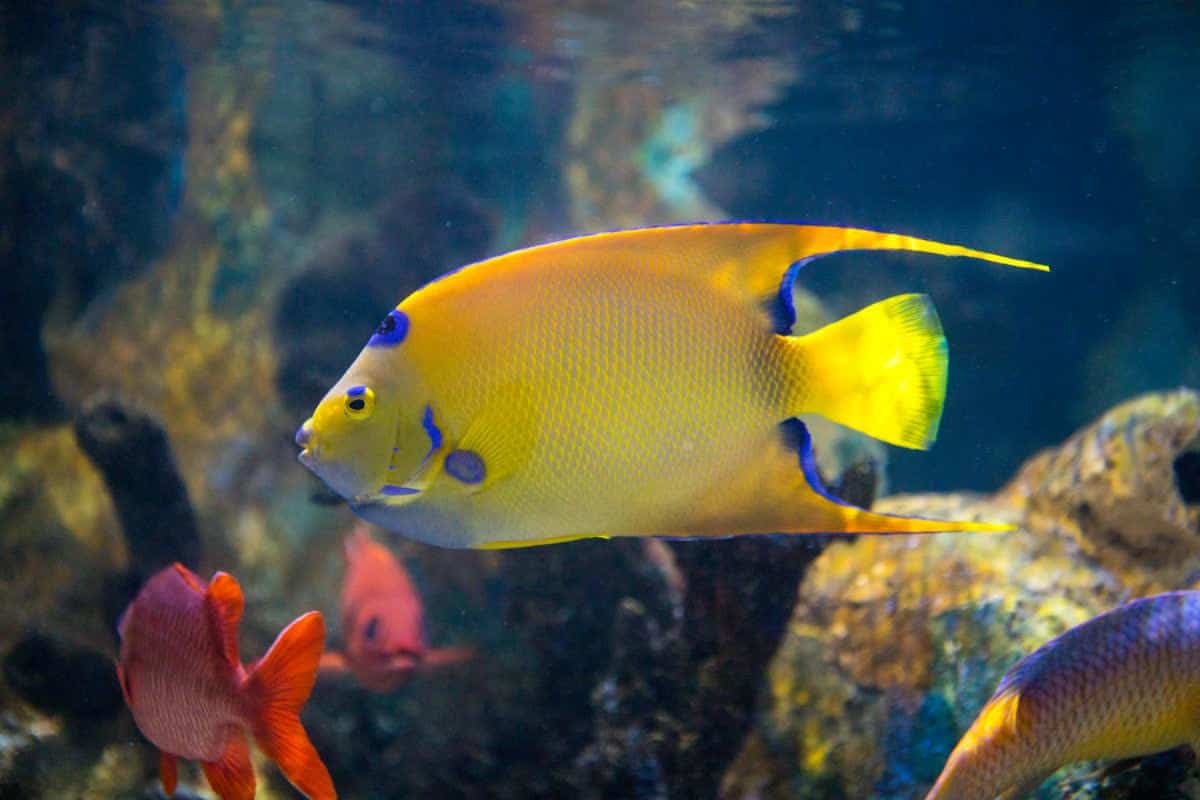
The queen angelfish is a brightly colored fish found in the warm waters of the Caribbean Sea. Known for its striking blue and yellow hues, it’s a popular species in marine aquariums.
-
Region of Habitat: Caribbean Sea
-
Scientific Name: Holacanthus ciliaris
-
Feeding Habits: Queen angelfish primarily feed on sponges, algae, and small invertebrates.
-
What Sound They Make: They are silent fish but may produce soft clicking sounds while feeding.
Fun Facts
Queen angelfish have a unique, intricate pattern on their bodies, often resembling a crown, which is where they get their name.
9. Queen bee
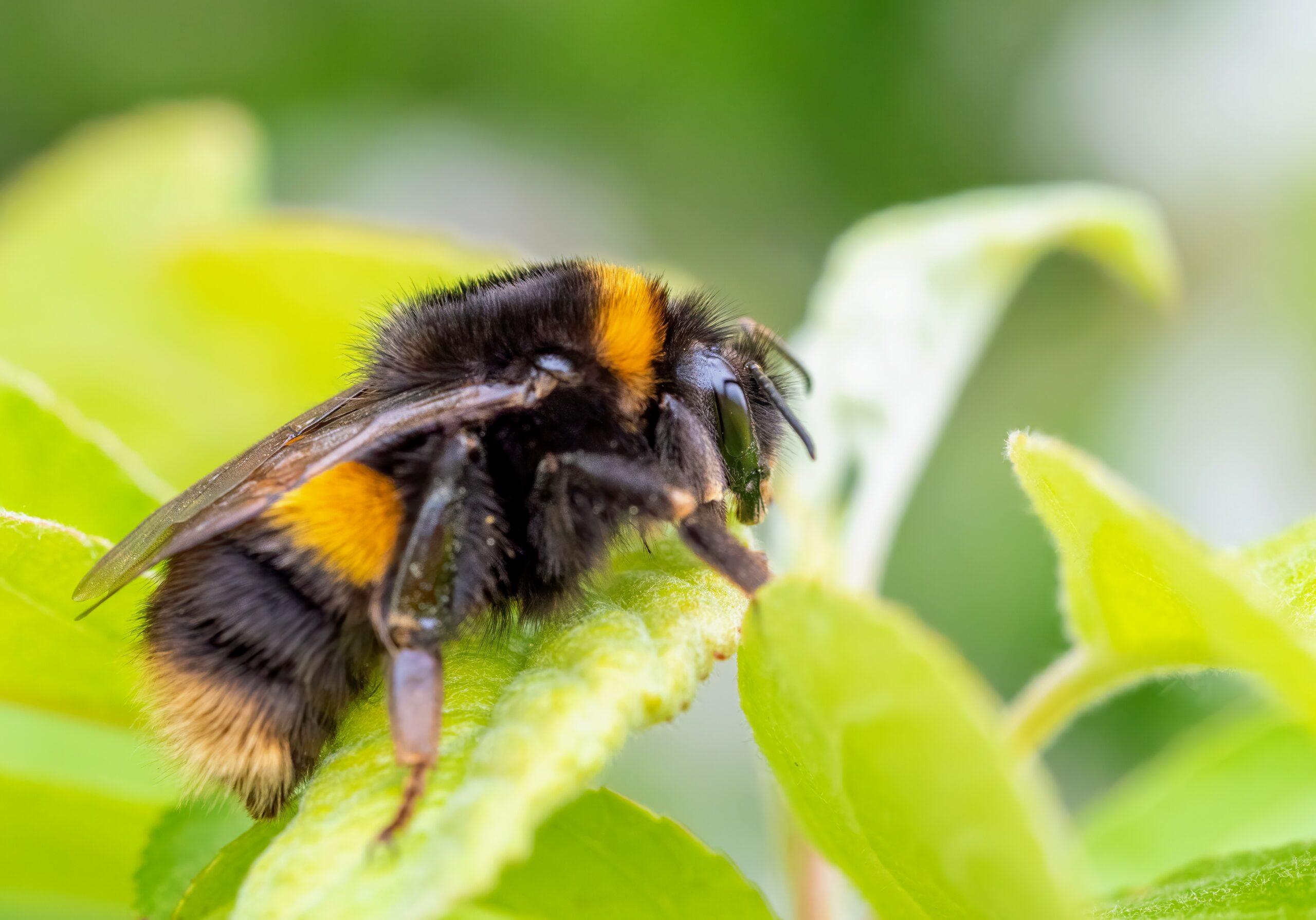
The queen bee is the central figure in a honeybee colony. She is the only fertile female in the hive and is responsible for laying eggs to sustain the colony.
-
Region of Habitat: Worldwide, wherever honeybees are found
-
Scientific Name: Apis mellifera
-
Feeding Habits: Queen bees are fed a special diet of royal jelly throughout their life.
-
What Sound They Make: Queen bees emit a distinct, soft buzzing sound when they are in the hive.
Fun Facts
During peak season, a queen bee can lay up to 2,000 eggs per day, ensuring the colony’s survival.
10. Queen butterfly
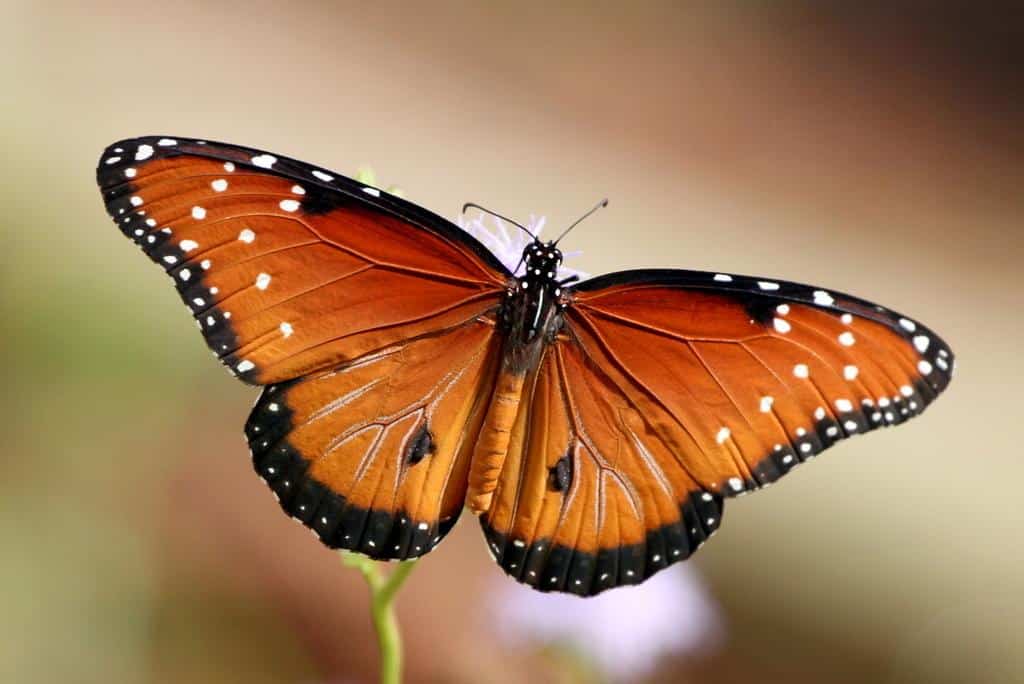
The queen butterfly is a large butterfly found in North and Central America. It is known for its striking orange and black wings, similar to the monarch butterfly.
-
Region of Habitat: North and Central America
-
Scientific Name: Danaus gilippus
-
Feeding Habits: Queen butterflies feed on nectar from a variety of flowers.
-
What Sound They Make: They are silent, but their wings make a soft fluttering noise during flight.
Fun Facts
Queen butterflies are closely related to monarchs and are often mistaken for them, though they are slightly larger and have different markings.
11. Queen conch
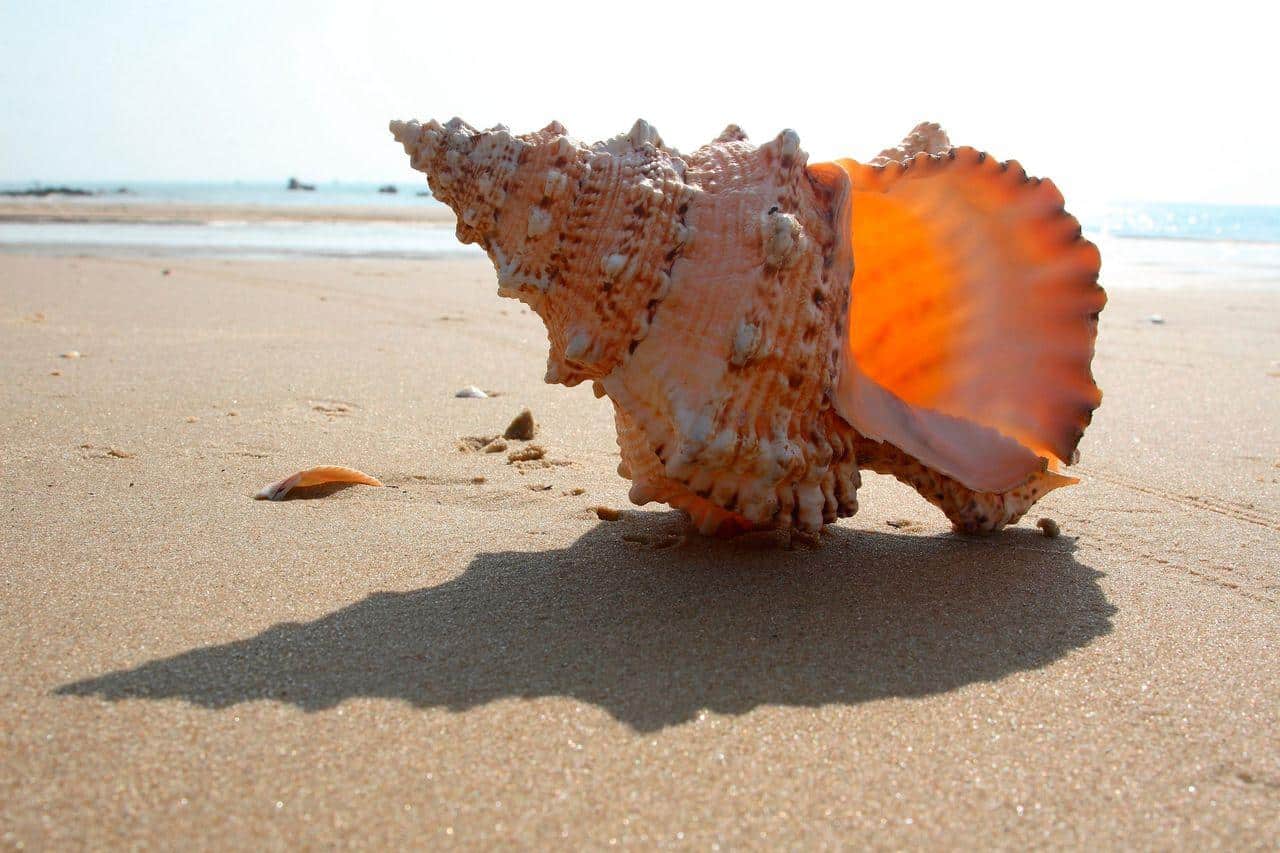
The queen conch is a large, colorful sea snail found in the shallow waters of the Caribbean and Atlantic Ocean. It is known for its large, spiral shell.
-
Region of Habitat: Caribbean Sea, Atlantic Ocean
-
Scientific Name: Strombus gigas
-
Feeding Habits: Queen conchs feed primarily on algae and small invertebrates.
-
What Sound They Make: They do not produce sound, but their shells can create a distinct noise when tapped.
Fun Facts
Queen conchs are an important species in the Caribbean and are prized for their meat and shells.
12. Queen crab
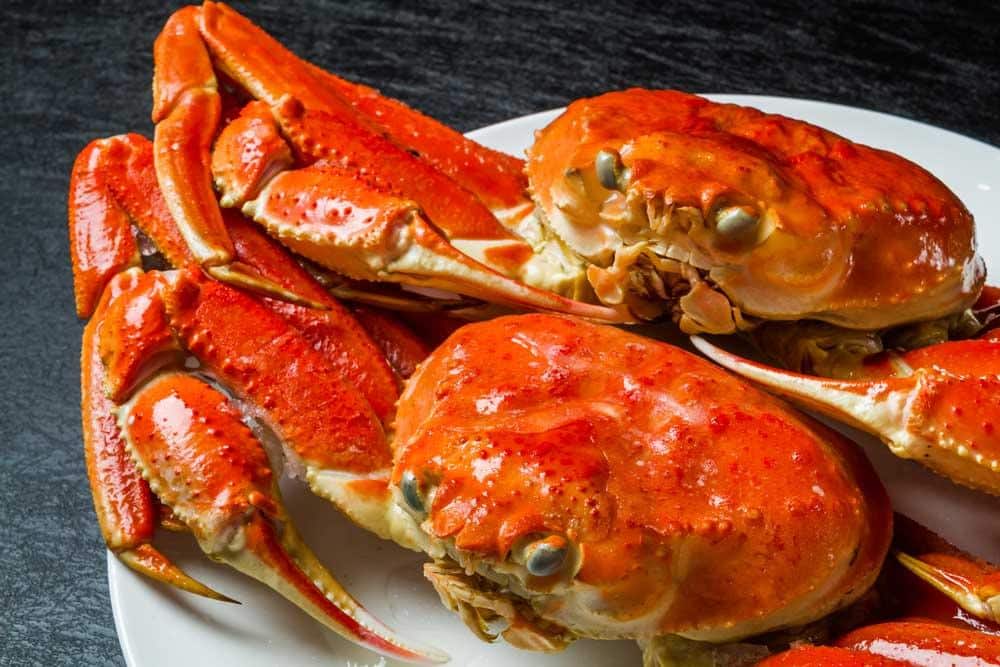
The queen crab is a species of crab found in the waters of the Arctic and North Atlantic. It is known for its large size and distinctive, vibrant red coloring.
-
Region of Habitat: Arctic, North Atlantic
-
Scientific Name: Chionoecetes opilio
-
Feeding Habits: Queen crabs are scavengers, feeding on a variety of marine organisms.
-
What Sound They Make: Queen crabs are silent, though they can produce a soft clicking sound when moving.
Fun Facts
Queen crabs are known for their impressive ability to regenerate lost limbs, which is essential for their survival in harsh environments.
13. Queen snake
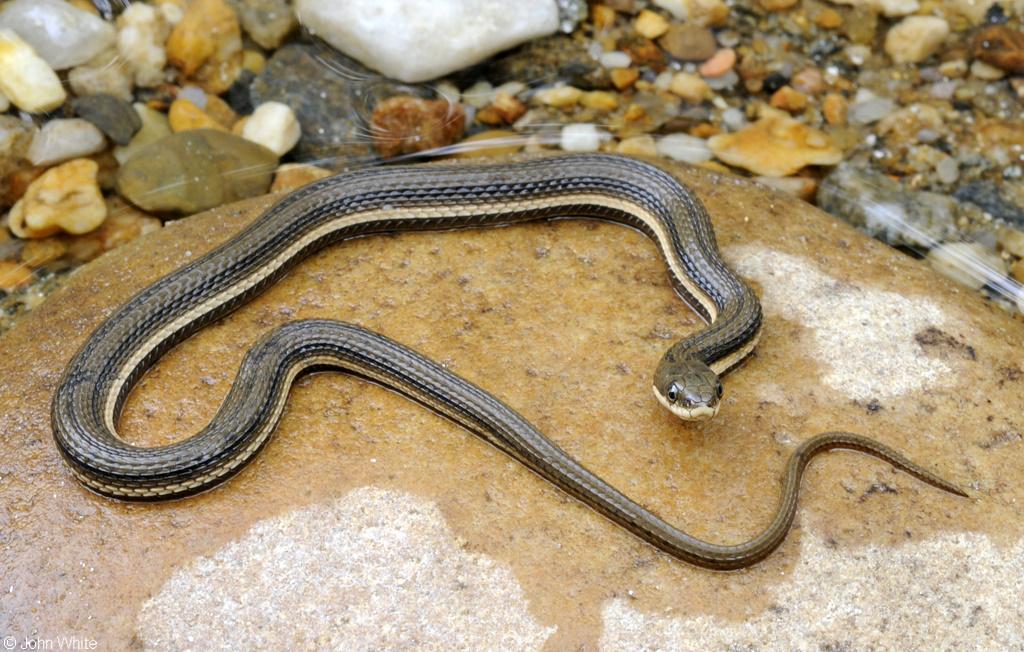
The queen snake is a non-venomous snake found in the freshwater streams of the eastern United States. It is known for its preference for eating crayfish.
-
Region of Habitat: Eastern United States
-
Scientific Name: Regina septemvittata
-
Feeding Habits: Queen snakes primarily feed on crayfish and small aquatic invertebrates.
-
What Sound They Make: Queen snakes are silent, though they may hiss when threatened.
Fun Facts
The queen snake is known for its impressive swimming ability, often seen gliding through water in search of prey.
14. Queen triggerfish
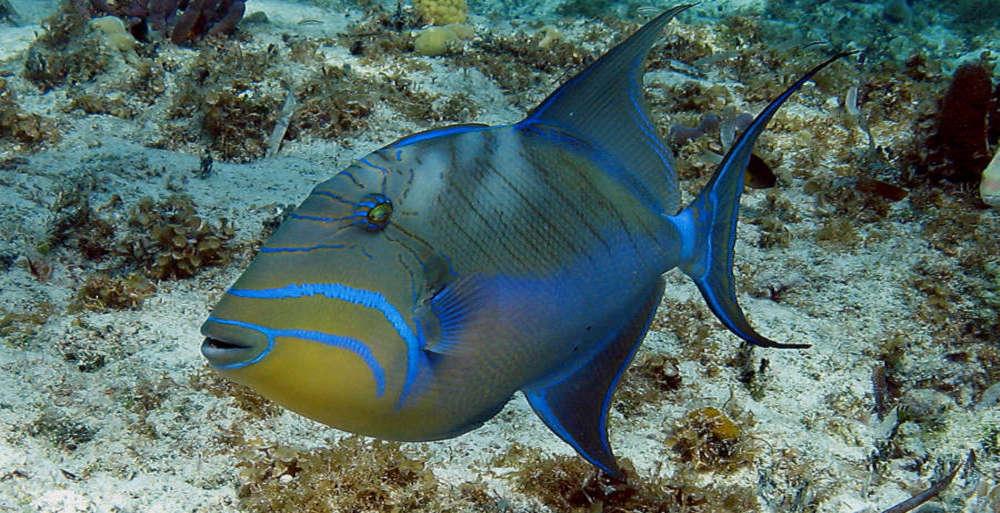
The queen triggerfish is a brightly colored fish found in the tropical waters of the Pacific Ocean. It is known for its distinctive blue and yellow markings.
-
Region of Habitat: Pacific Ocean
-
Scientific Name: Balistapus undulatus
-
Feeding Habits: Queen triggerfish feed on crustaceans, mollusks, and small fish.
-
What Sound They Make: They are silent, though they can produce a clicking sound when threatened.
Fun Facts
The queen triggerfish has a unique defense mechanism: It locks its dorsal spine to protect itself from predators.
15. Queensland grouper
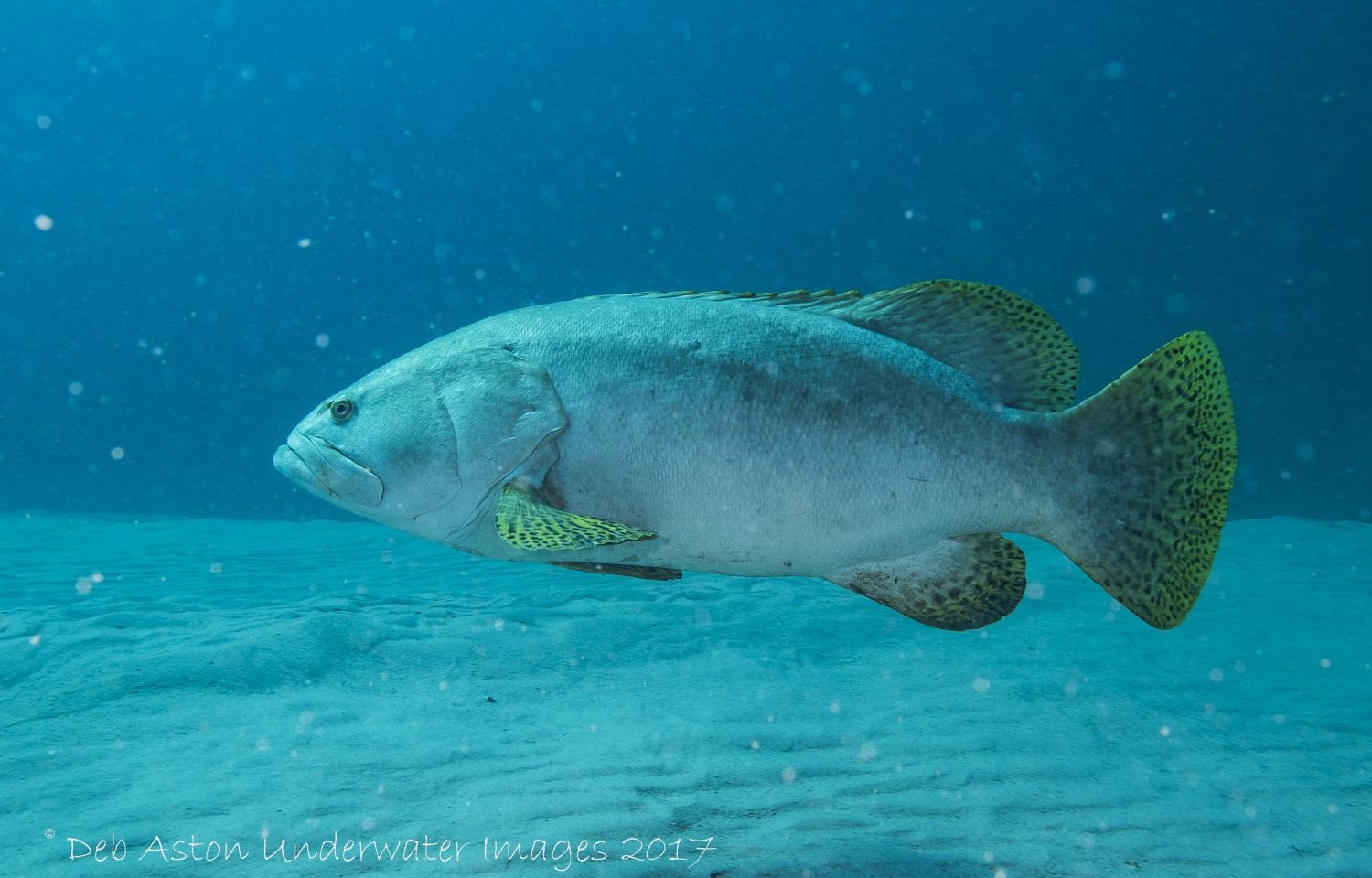
The Queensland grouper is a large fish found in the waters around Australia. Known for its size and strength, it is often considered a prized catch for anglers.
-
Region of Habitat: Australia
-
Scientific Name: Epinephelinae
-
Feeding Habits: Queensland groupers primarily feed on smaller fish and crustaceans.
-
What Sound They Make: They are silent, but their movement can produce a low, rumbling sound.
Fun Facts
Queensland groupers are known to grow extremely large, with some individuals reaching up to 8 feet in length.
16. Queensland lungfish
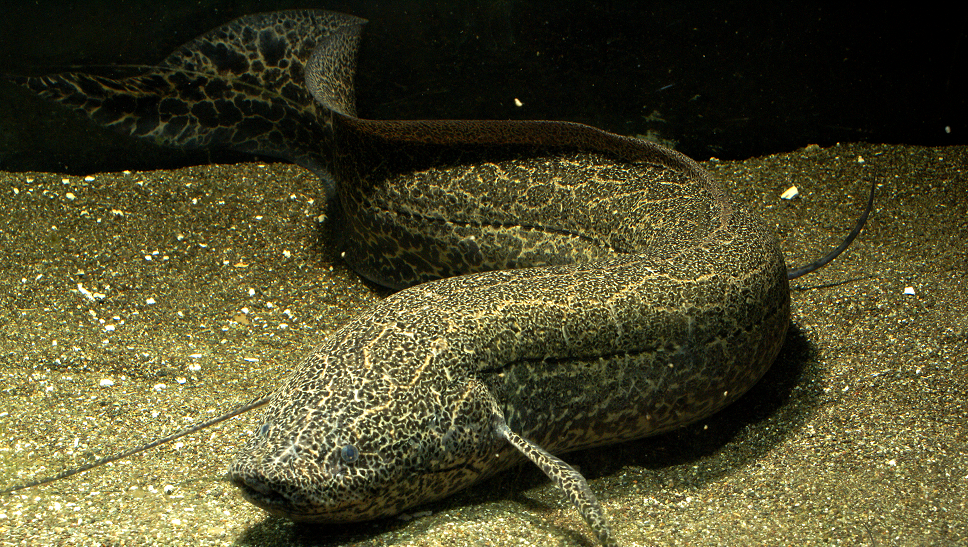
The Queensland lungfish is a prehistoric fish found in freshwater rivers in Australia. It is one of the oldest living species and is known for its ability to breathe both in water and air.
-
Region of Habitat: Queensland, Australia
-
Scientific Name: Neoceratodus forsteri
-
Feeding Habits: Queensland lungfish feed on plants, insects, and small fish.
-
What Sound They Make: They are silent, but their movement through water can create a subtle noise.
Fun Facts
Queensland lungfish are considered “living fossils” due to their ancient lineage, dating back over 400 million years.
Some Other Rarer Animals With the Letter”Q”
17. Quenda (Southern brown bandicoot)
18. Quokka
19. Quoll
20. Quahog (clam)
21. Queenfish
22. Queensland tiger
23. Queensland tube-nosed bat
24. Quimper snail
25. Quince bug
26. Query snake
27. Quetzalcoatlus (extinct pterosaur)
28. Queen Alexandra’s birdwing butterfly
29. Queen scallop
30. Queen ant
31. Queen wasp
32. Queen termite
33. Queensland helicarionid snails
34. Quillback
35. Quillfishes
36. Quillwort slug
37. Quinqueloculina (foraminifera)
38. Quokka rat
39. Quolls (various species including Eastern, Northern, Western, etc.)
40. Quiche Hover Wasp
41. Queensland freshwater eel
42. Queensland fruit fly
43. Queensland whistler (bird)
44. Quail crayfish
45. Quartz jellyfish
46. Quick mouse
47. Qinling panda
48. Quiver urchin
49. Quagga mussel
50. Quarter horse
51. Queensland flying fox
52. Queensland hairy-nosed wombat
53. Queensland cave crayfish
54. Queensland carpet python
55. Queensland leaf-tailed gecko
56. Queensland white-throated snapping turtle
57. Queen lorikeet
58. Queen parrotfish
59. Queen coris wrasse
60. Questing tick
61. Queen trapdoor spider
62. Quill mites
63. Quire’s honeyeater
64. Queensland grass dart butterfly
65. Queensland blue crayfish
66. Queue mire dog whelk
67. Quiet mantis
68. Quiet long-eared bat
69. Queensland scrubwren
70. Queensland bobtail squid
71. Quinjumbam burrowing frog
72. Quinnat salmon
73. Quercivore moths
74. Queensland snubfin dolphin
75. Quisqualis indica moth
76. Quadrate limpet
77. Quill sponge
78. Quahog parasite unknown (QPX)
79. Queensland sawfish
80. Queen cuckoo bee
81. Queen damselfly
82. Queen triggerfish
83. Queensland shovelnose ray
84. Quiz moth
85. Queensland emerald dove
86. Quahog mercenaria (hard clam)
87. Quiet treefrog
88. Quire’s treehopper
89. Quip darner
90. Quiver wasp
91. Quartet termites
92. Quetzal cichlid
93. Queensland toad
94. Queensland spiny crayfish
95. Queen palm aphid
96. Quail jungle fowl
97. Quarrian cave shrimp
98. Quiet skink
99. Quicksilver nudibranch
100. Quince scale insect
101. Queensland spanner crab
102. Quilted melania snail
103. Quinyambie Desert skink
104. Queensland glider
105. Quotient scorpionfish
106. Queue comb jelly
107. Queen garfish
108. Queen cup coral
109. Quadrate goby
110. Quizzical robin
111. Quiver slug
Final Words
From the shy quail-doves of the Caribbean to the ancient Queensland lungfish that dates back 400 million years, our exploration of Q-named animals reveals nature’s remarkable diversity.
These creatures inhabit various ecosystems worldwide—tropical forests, African savannas, Caribbean waters, and Australian rivers—each adapted with unique characteristics and behaviors.
it’s the monarch-mimicking queen butterfly or the communal-nesting quaker parakeet, these animals remind us that even in the most obscure corners of taxonomy, nature’s creativity knows no bounds.

